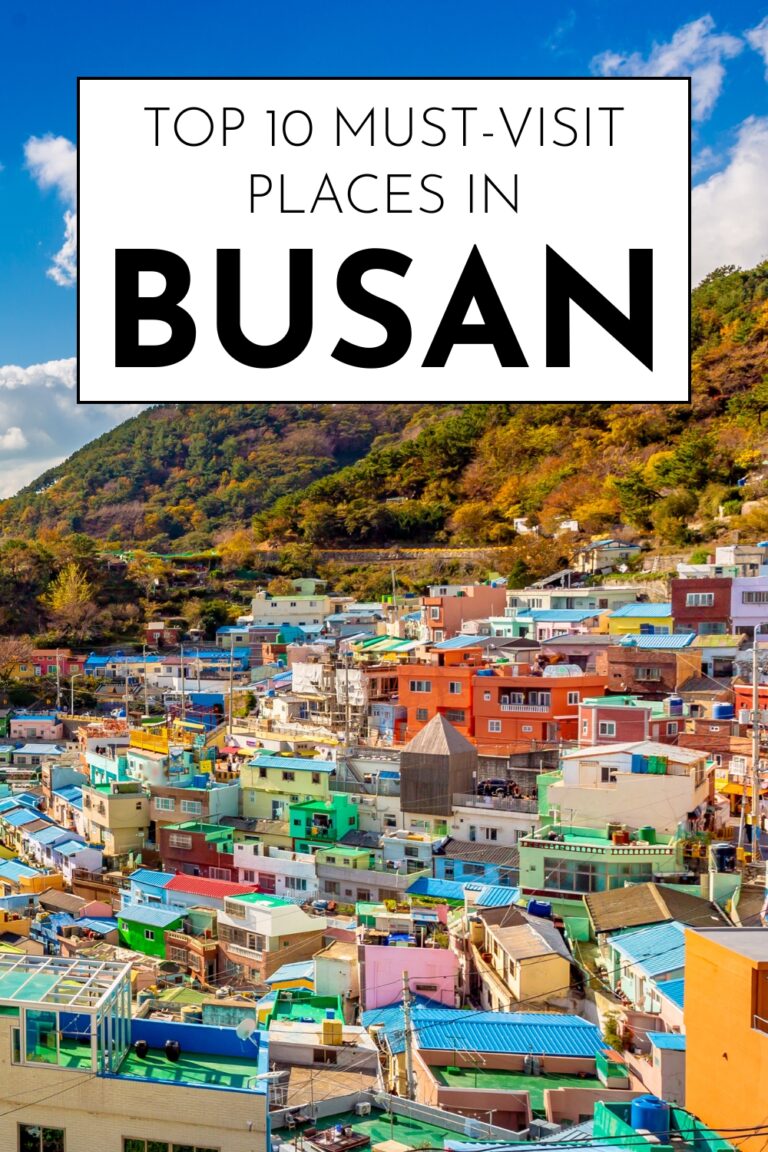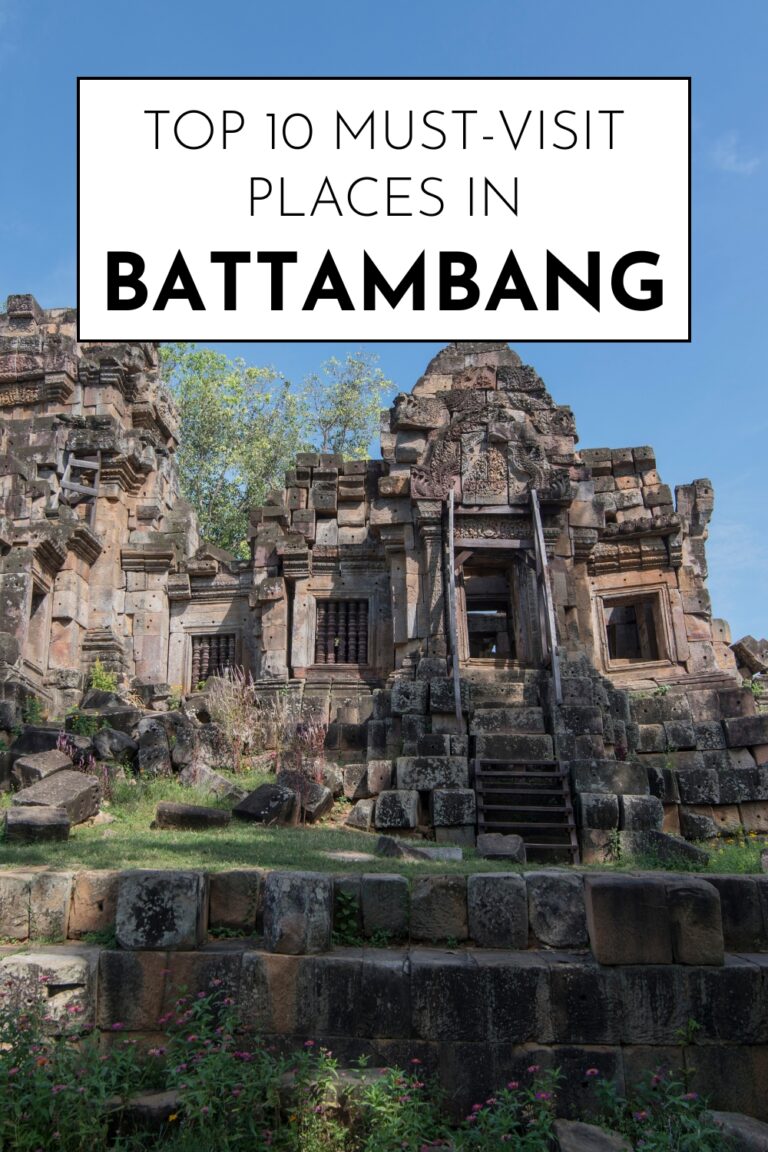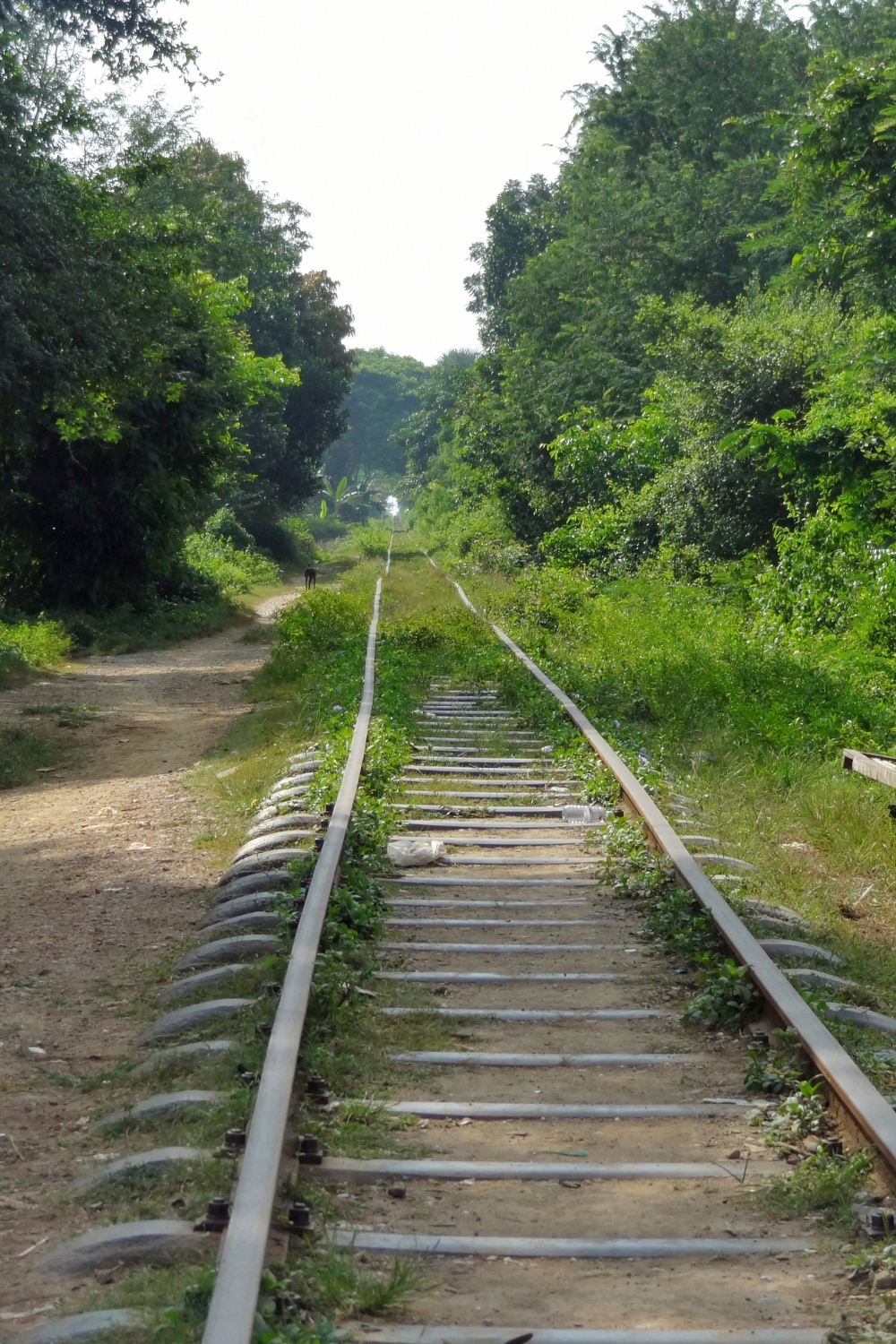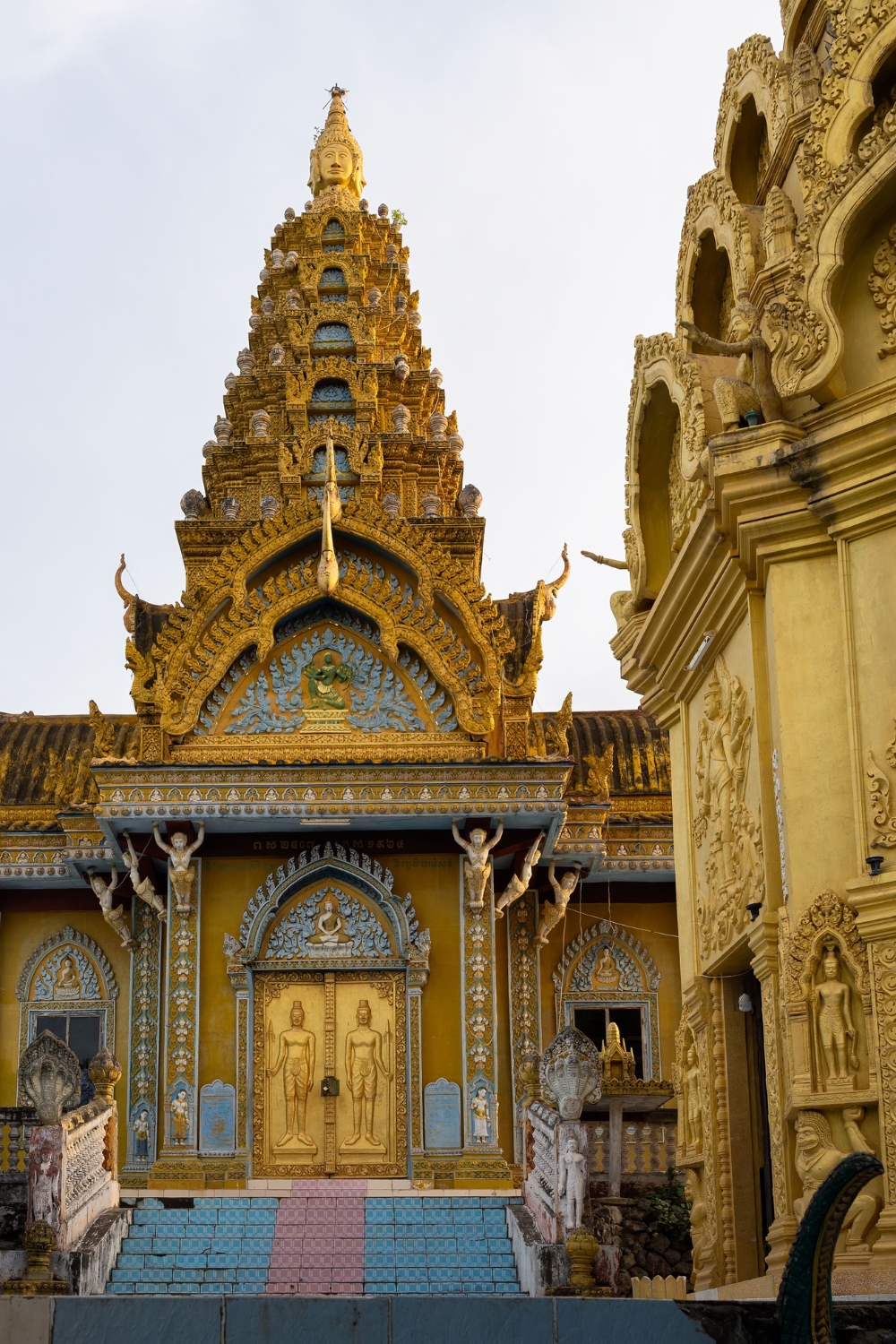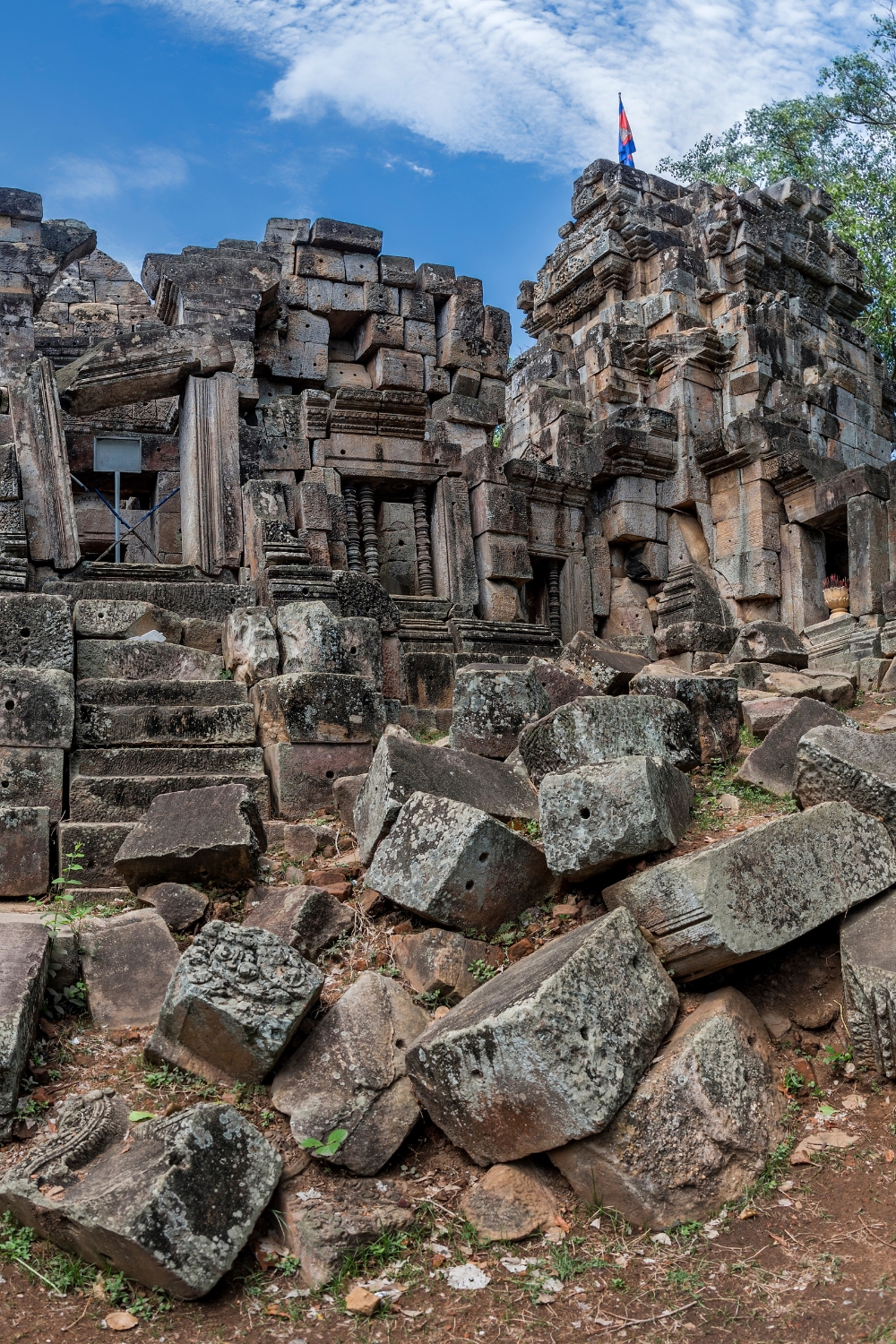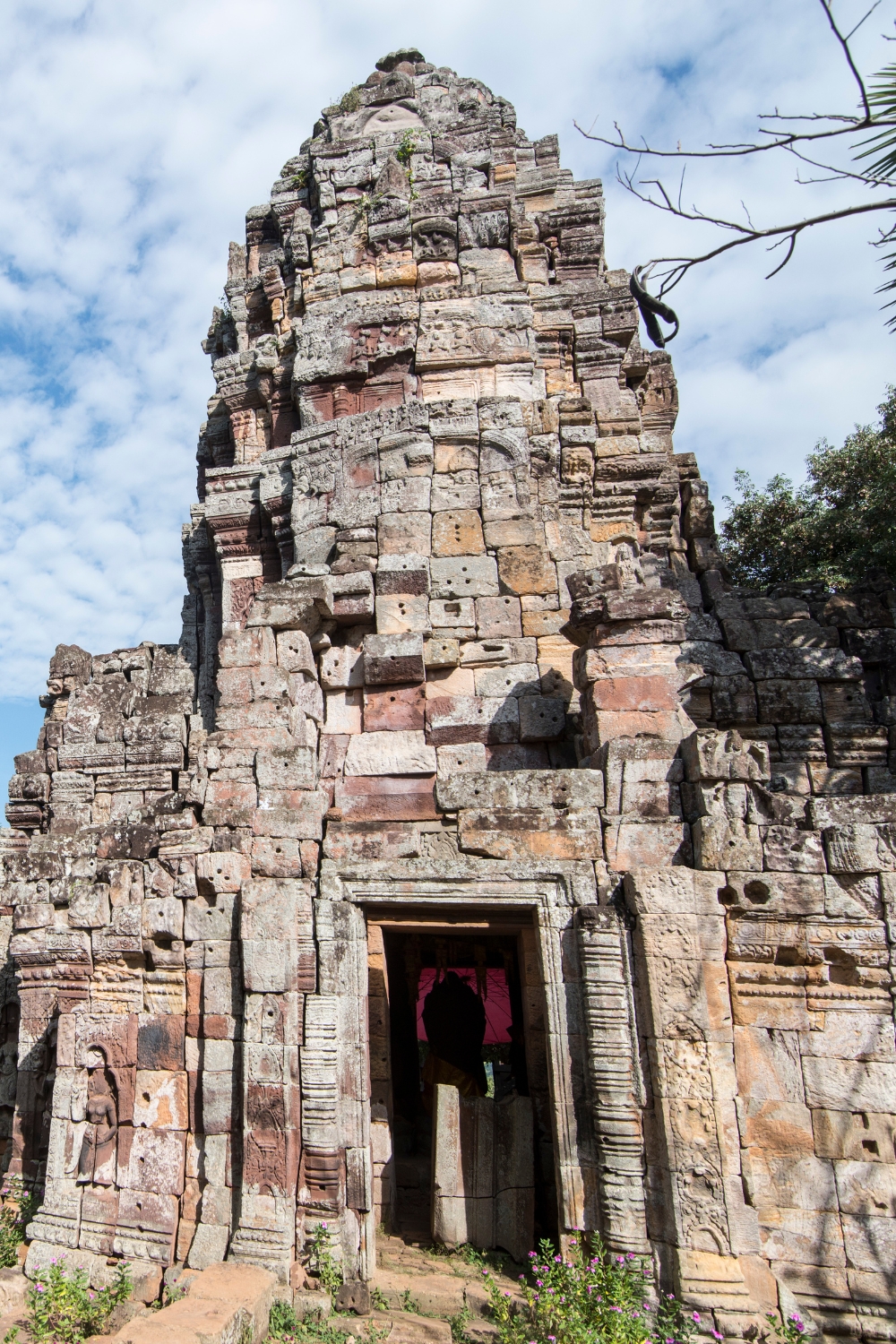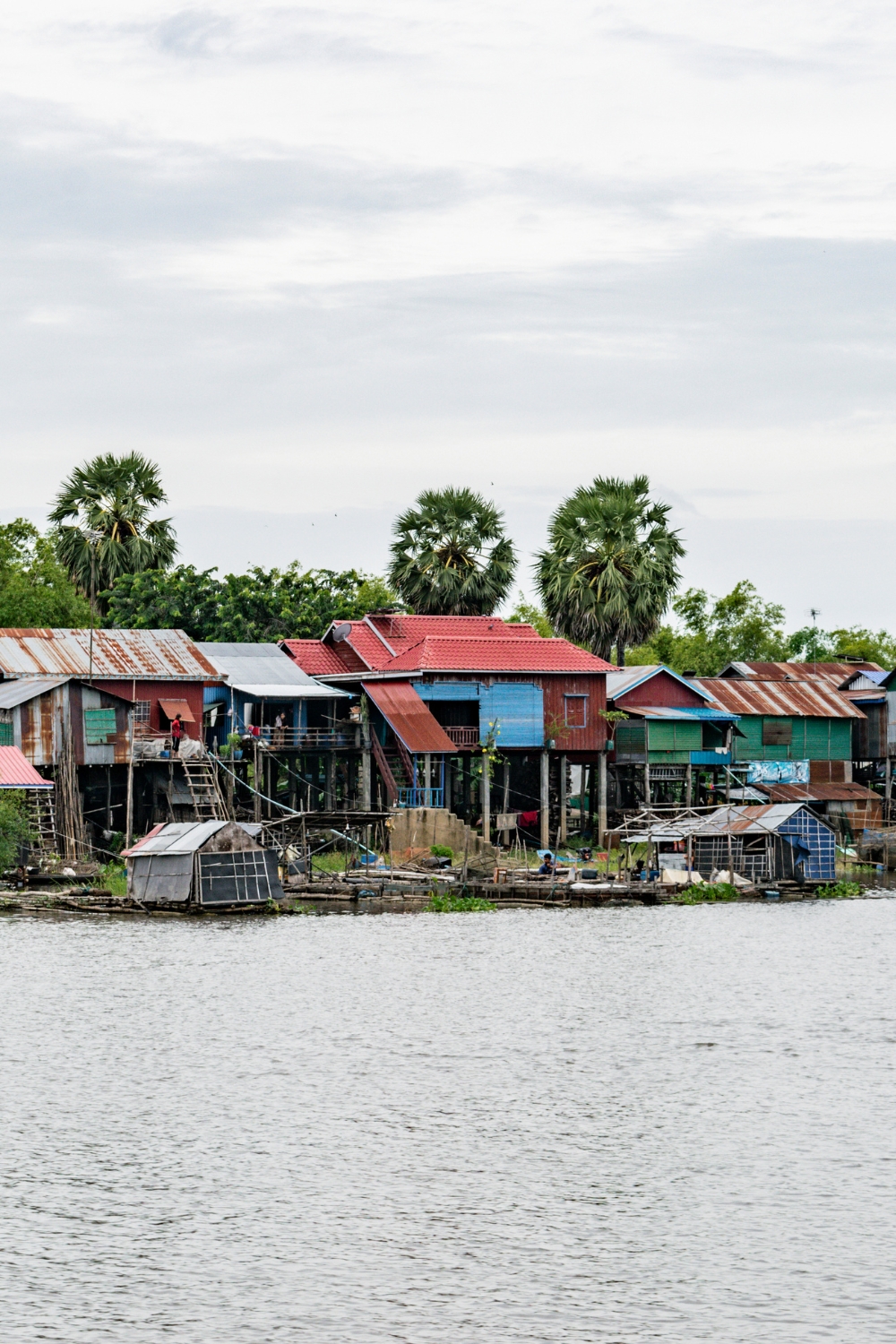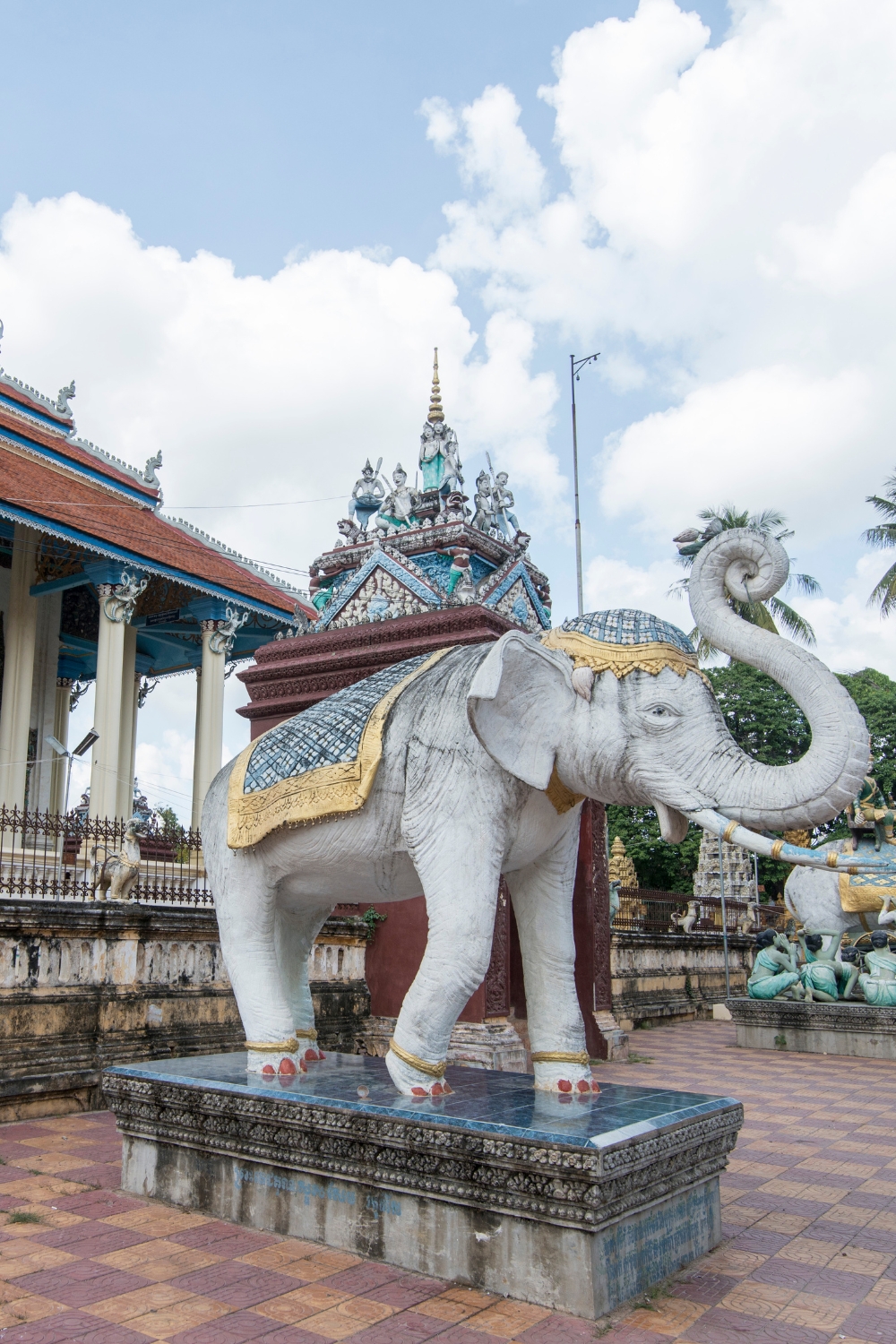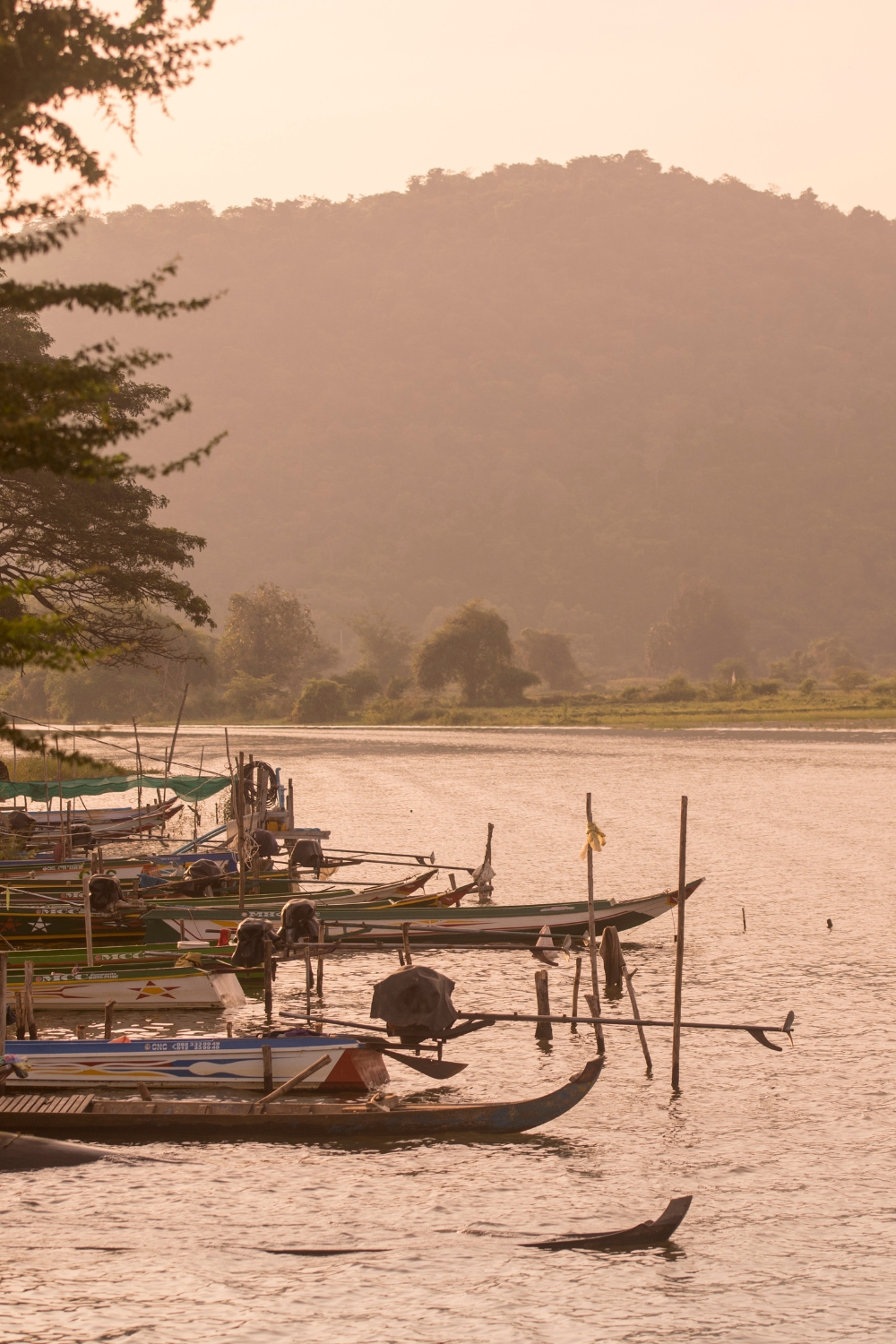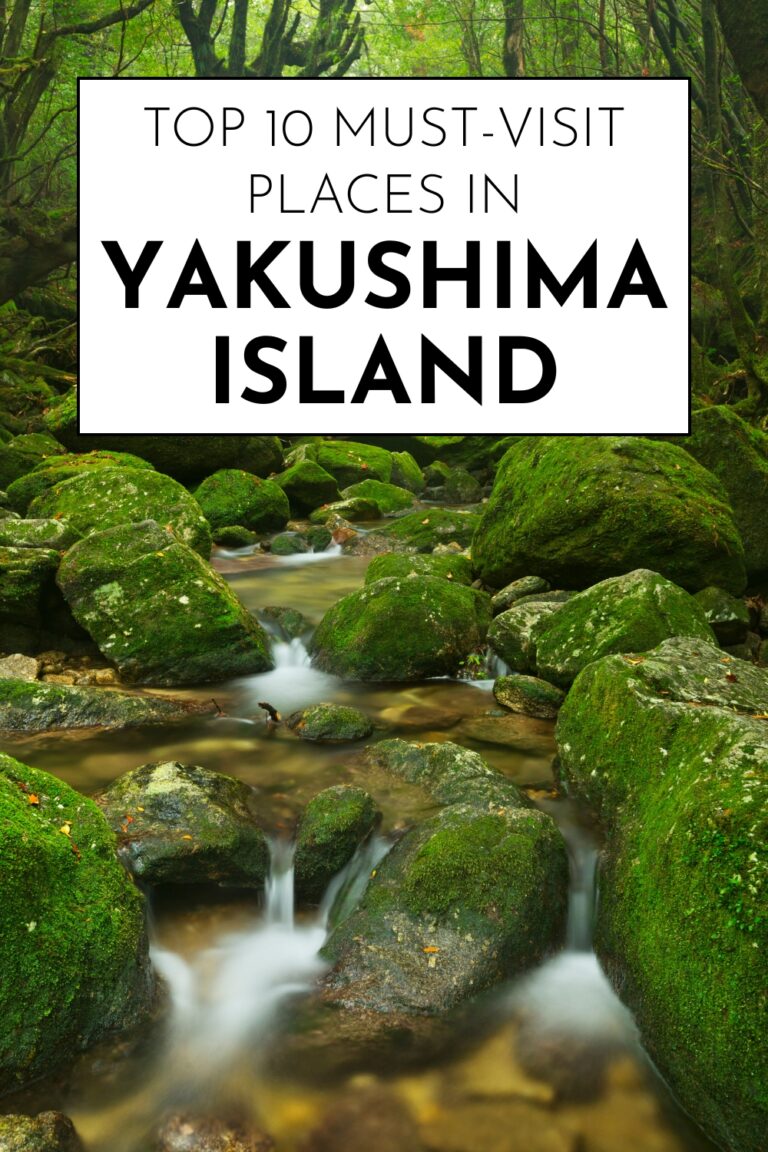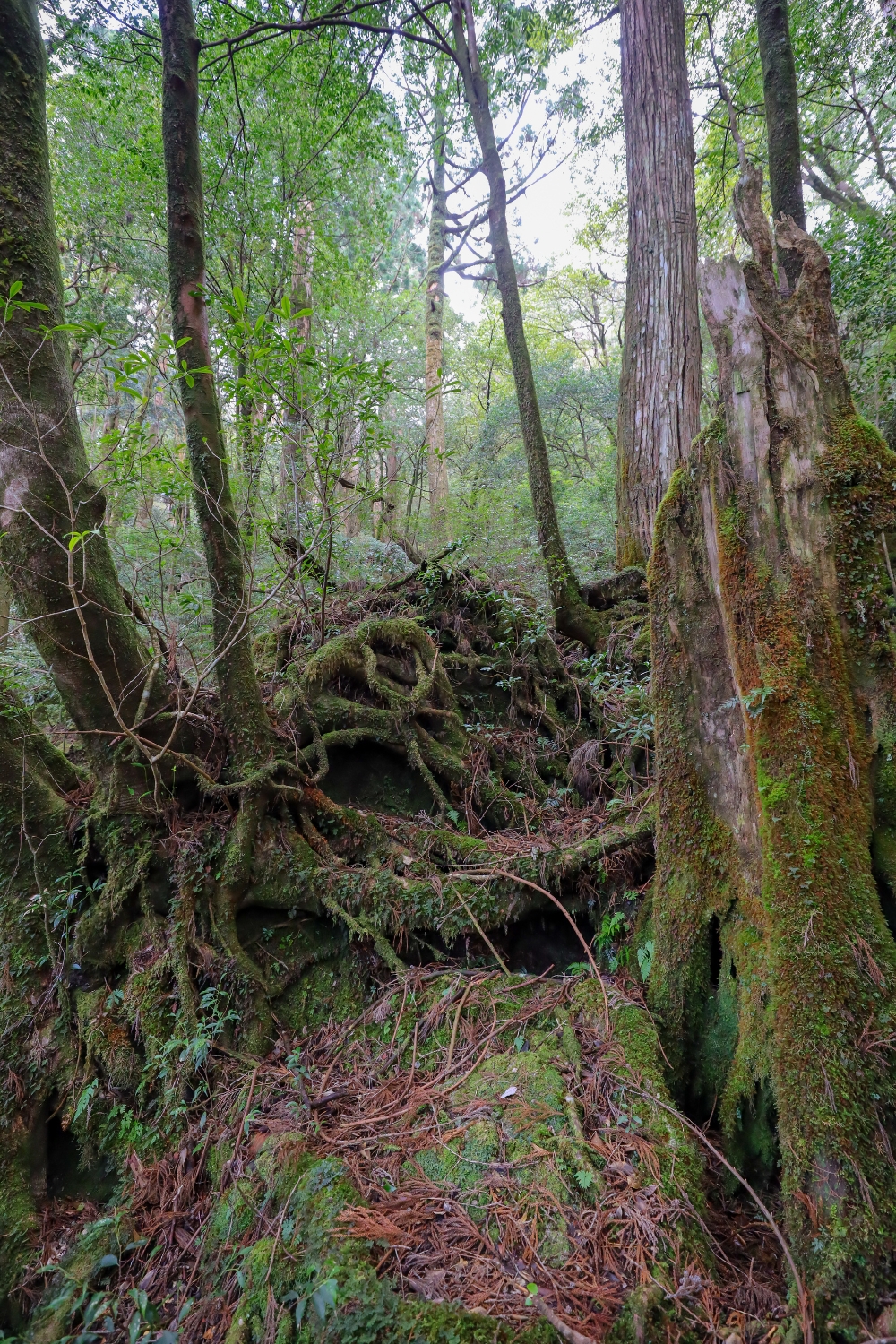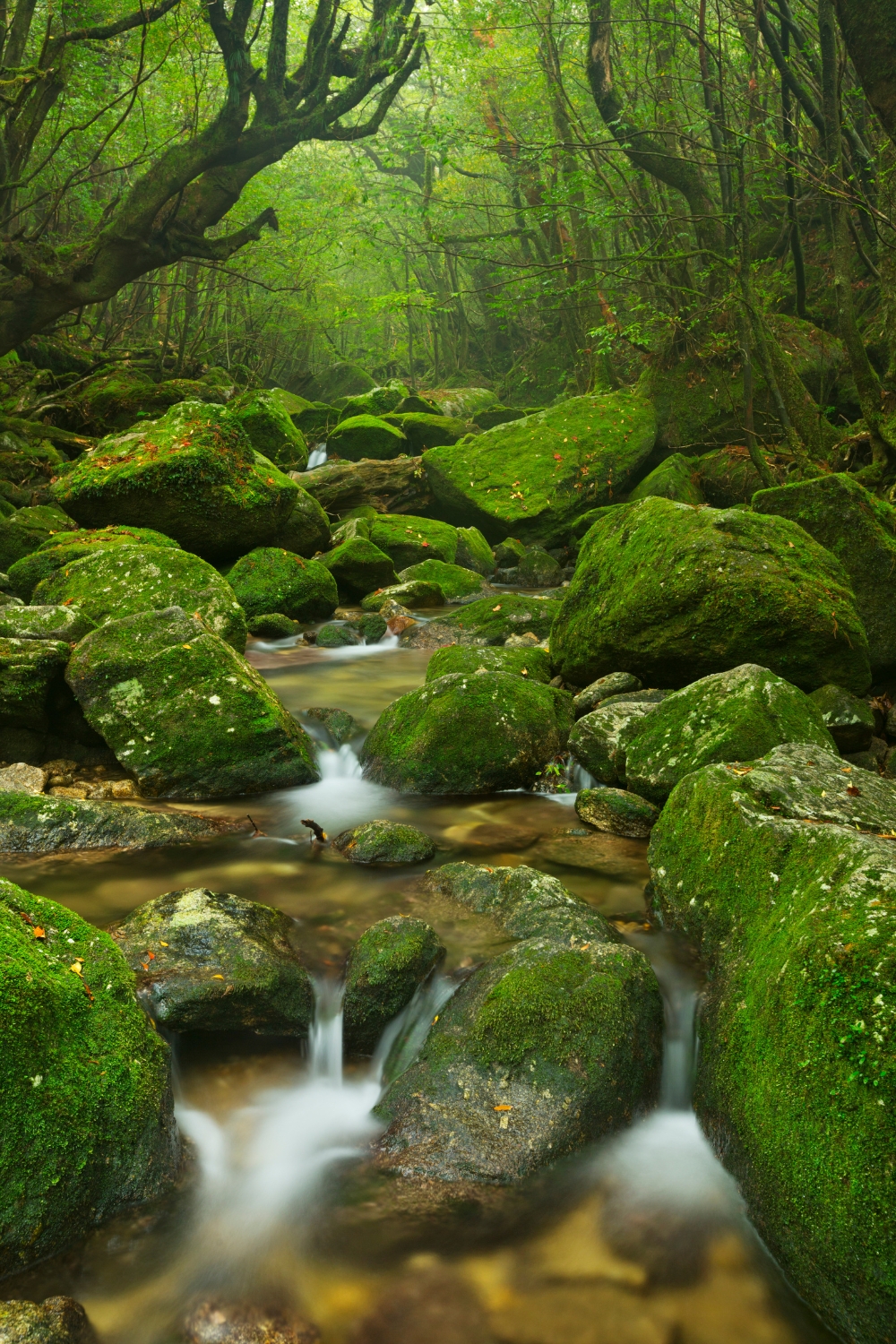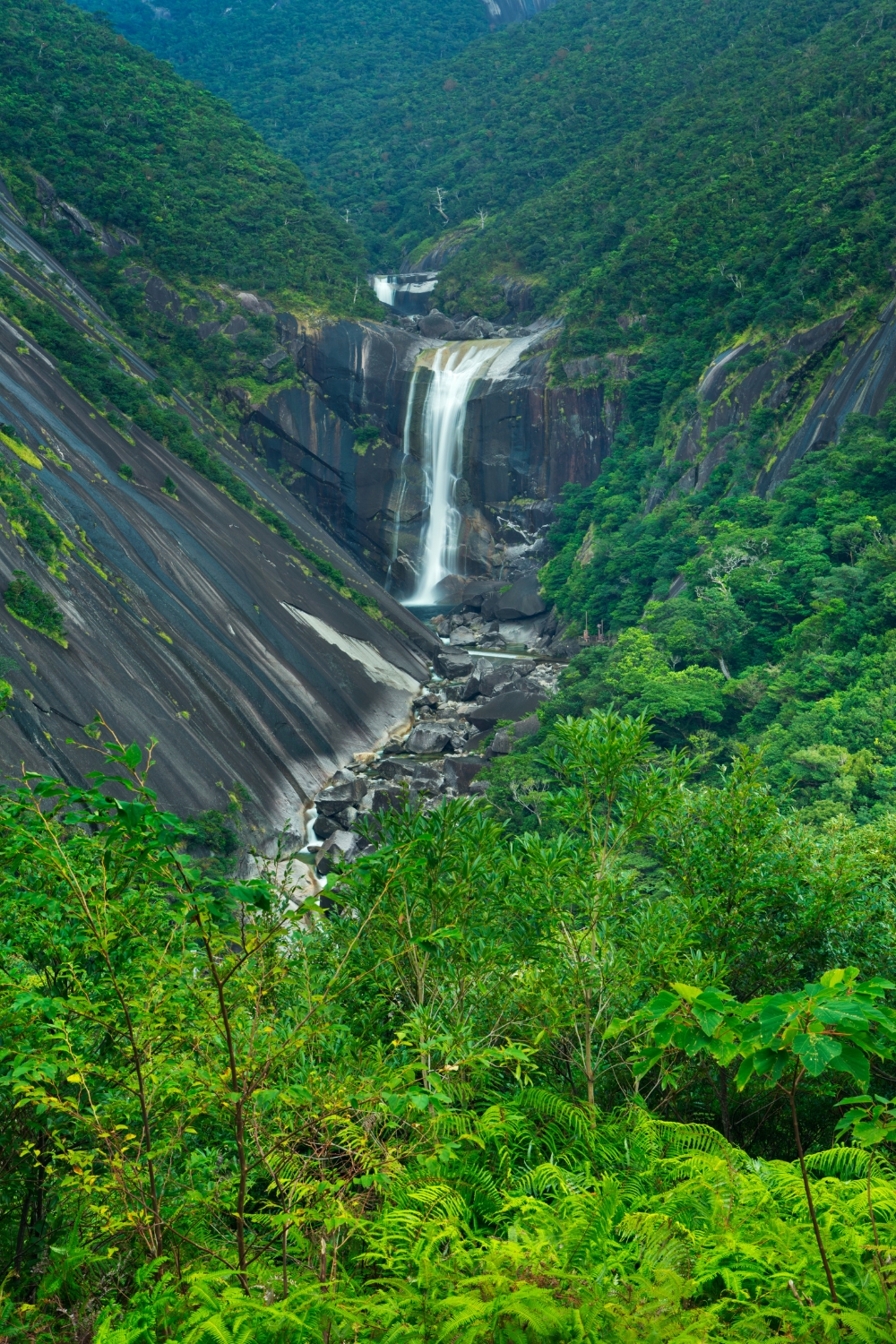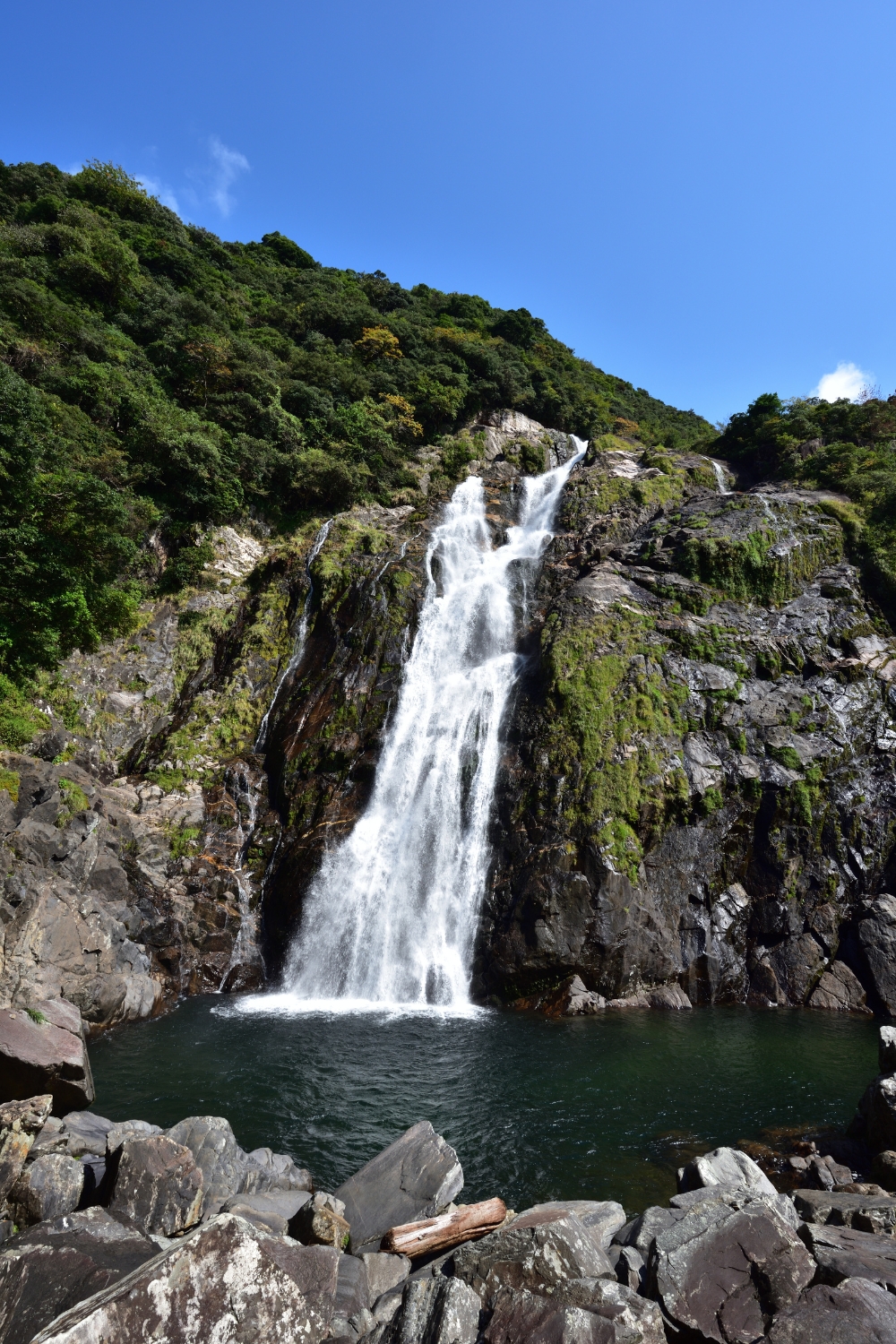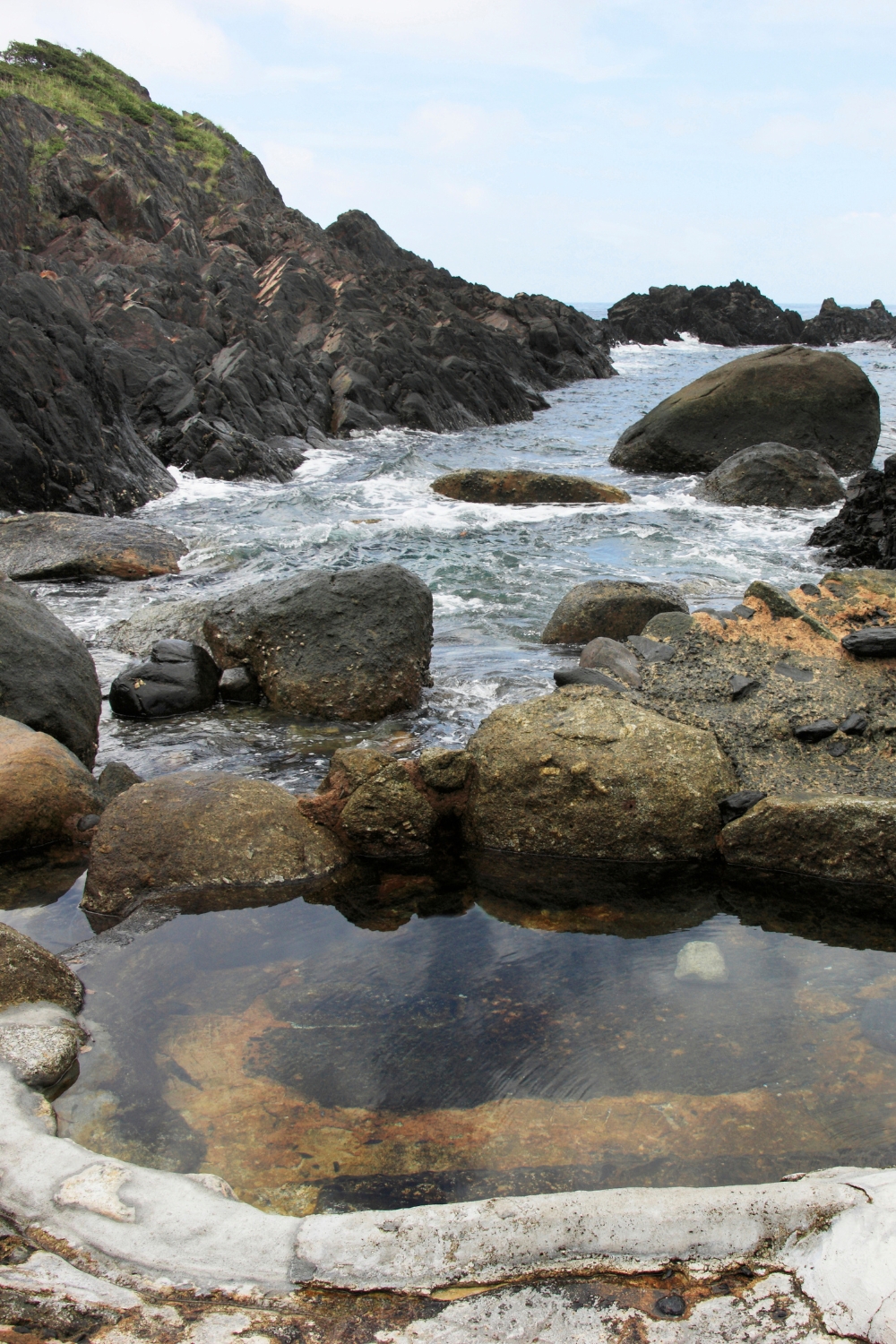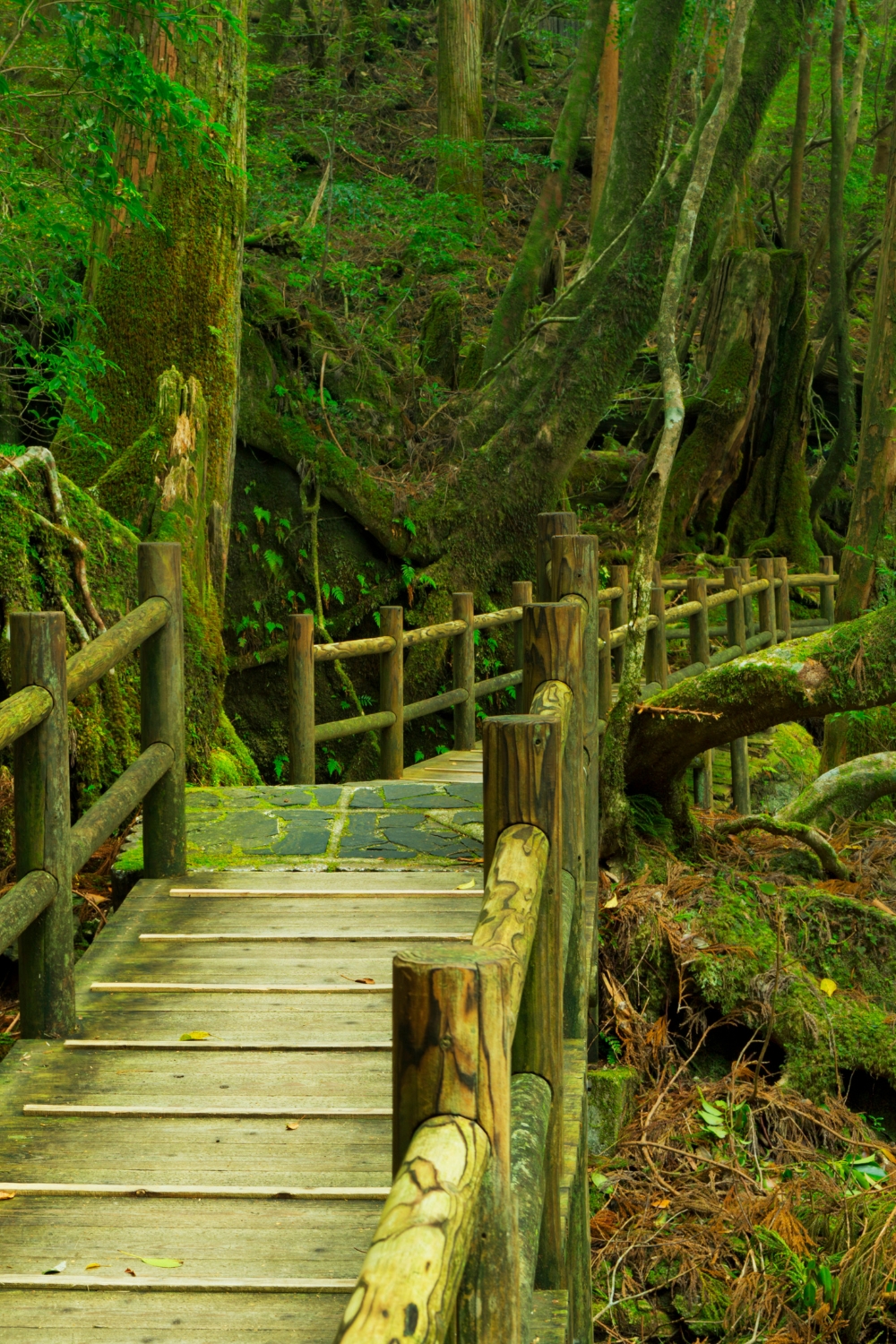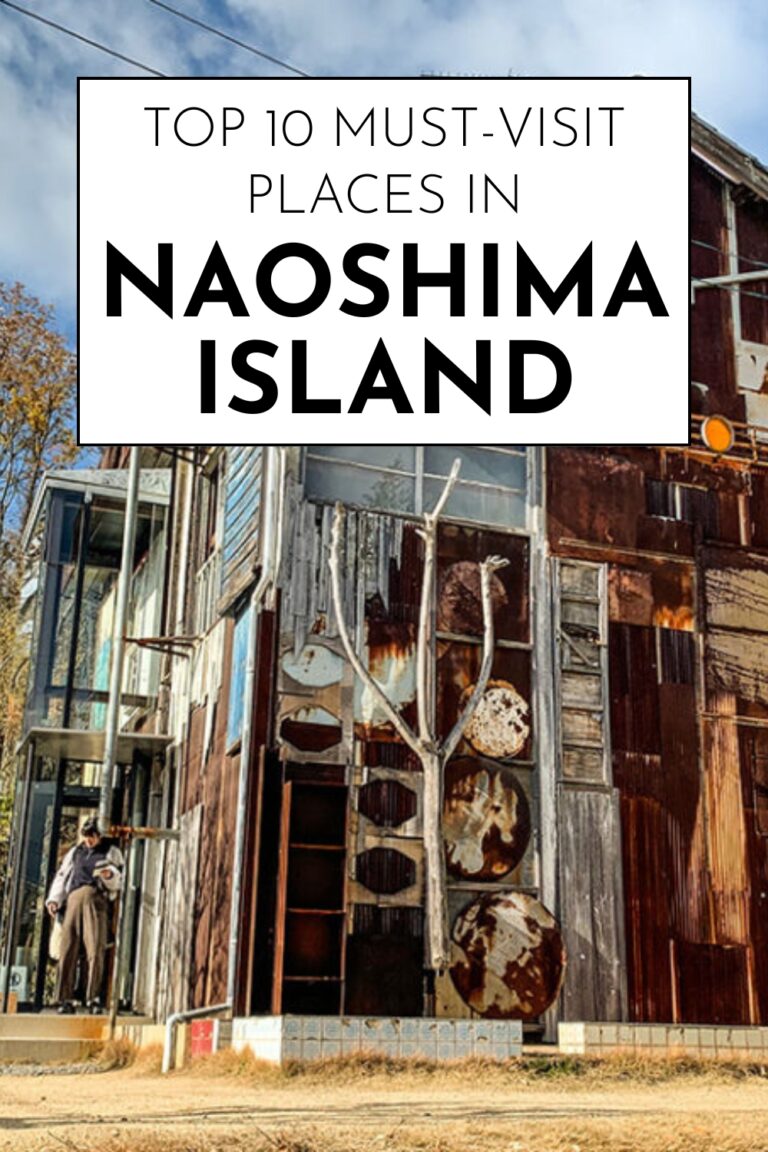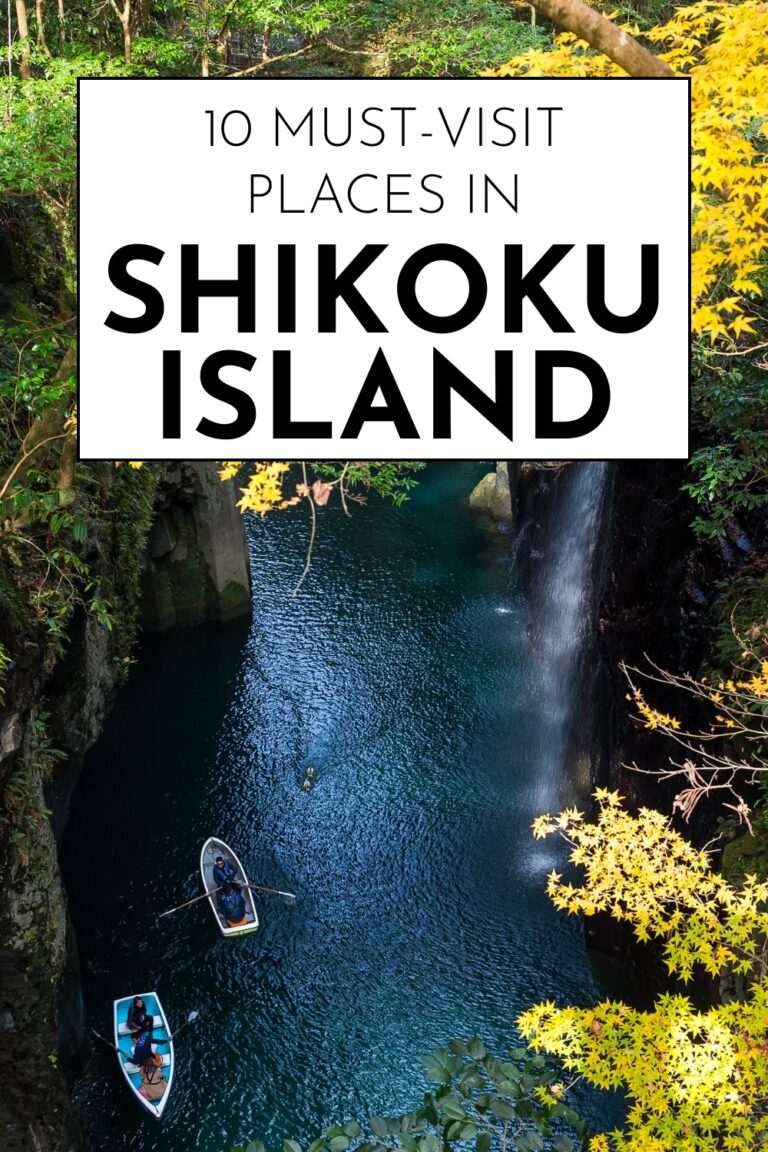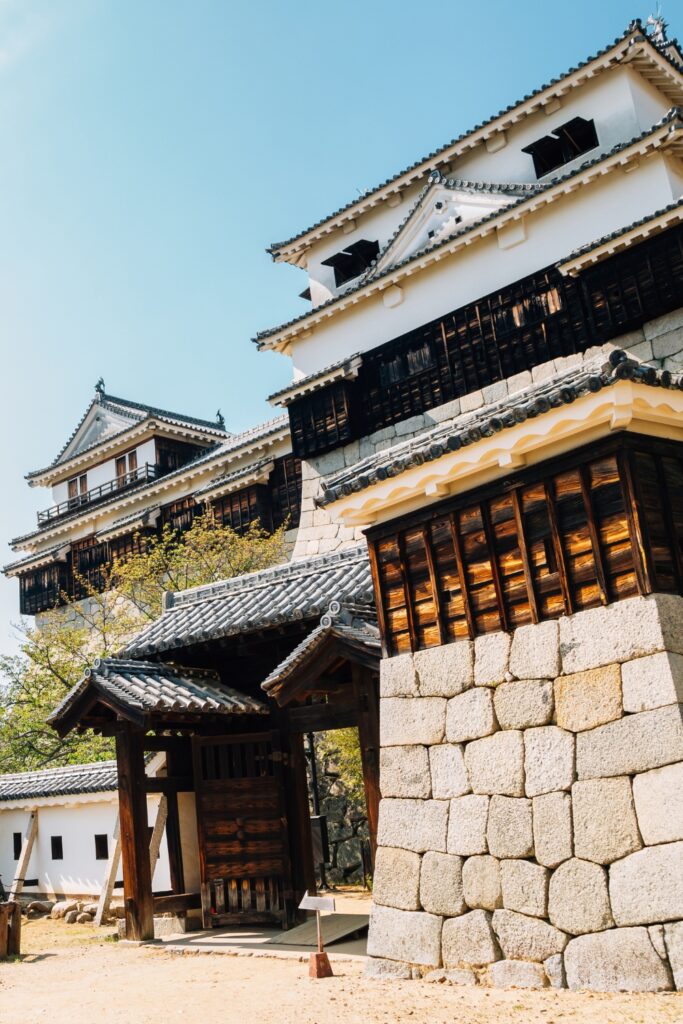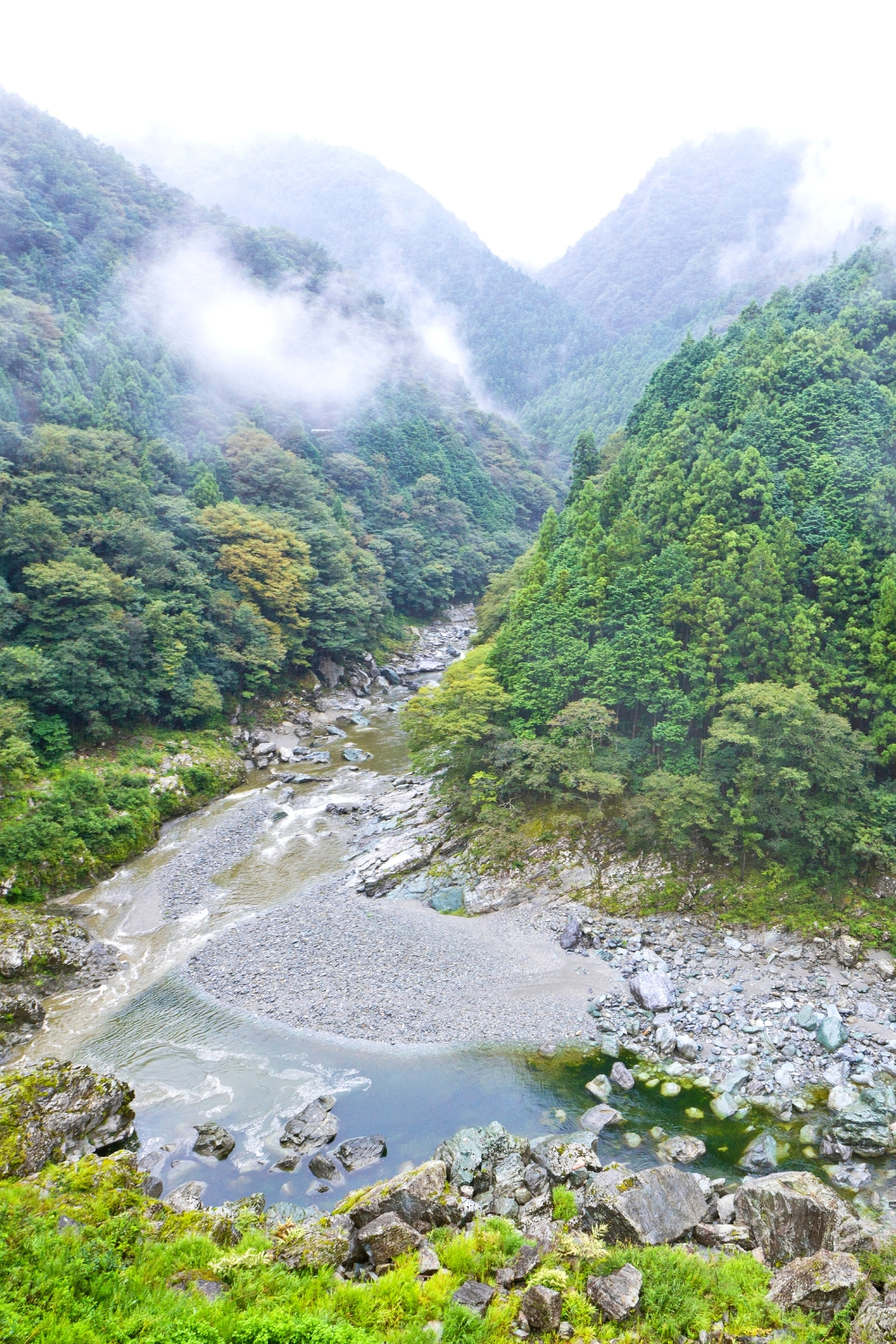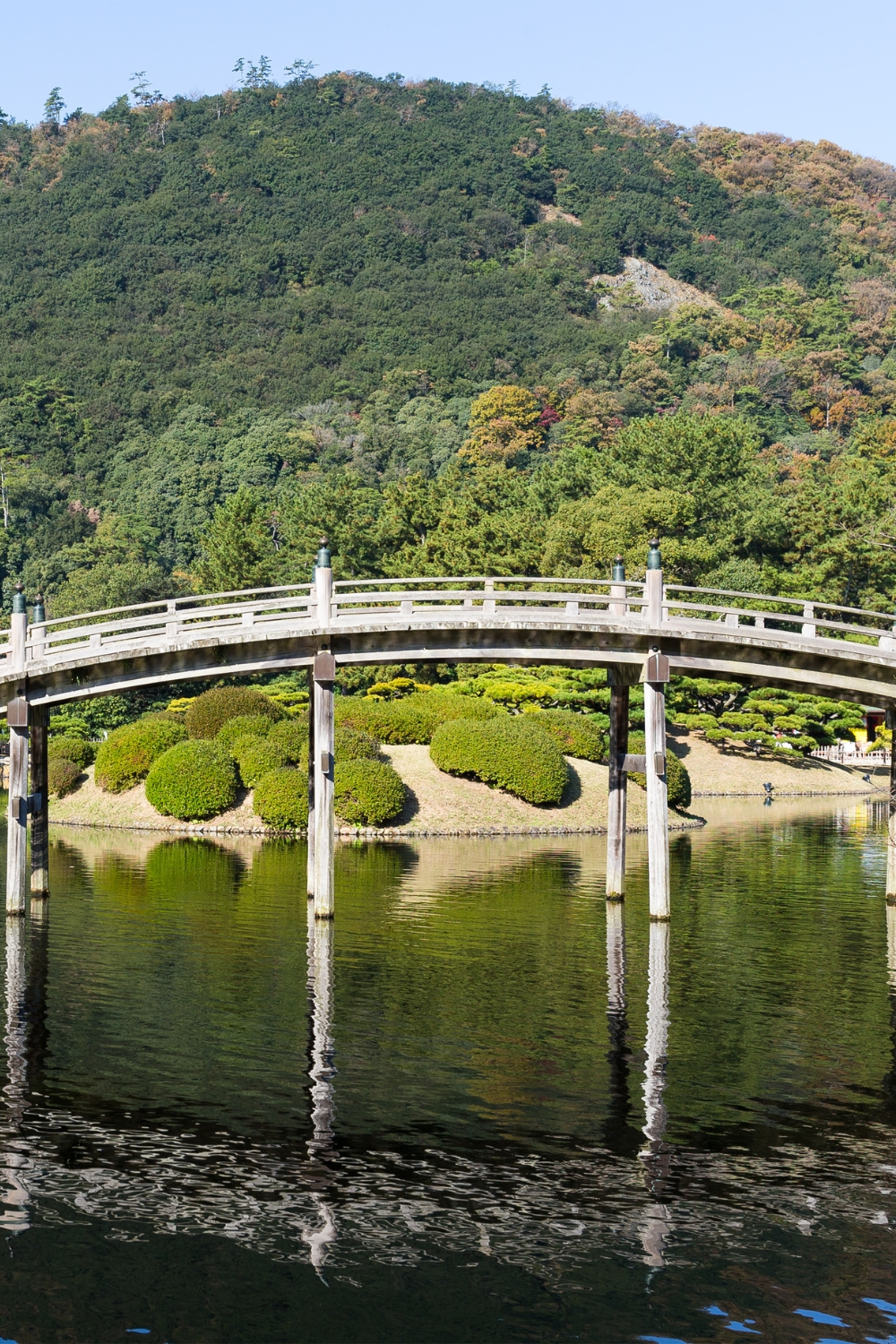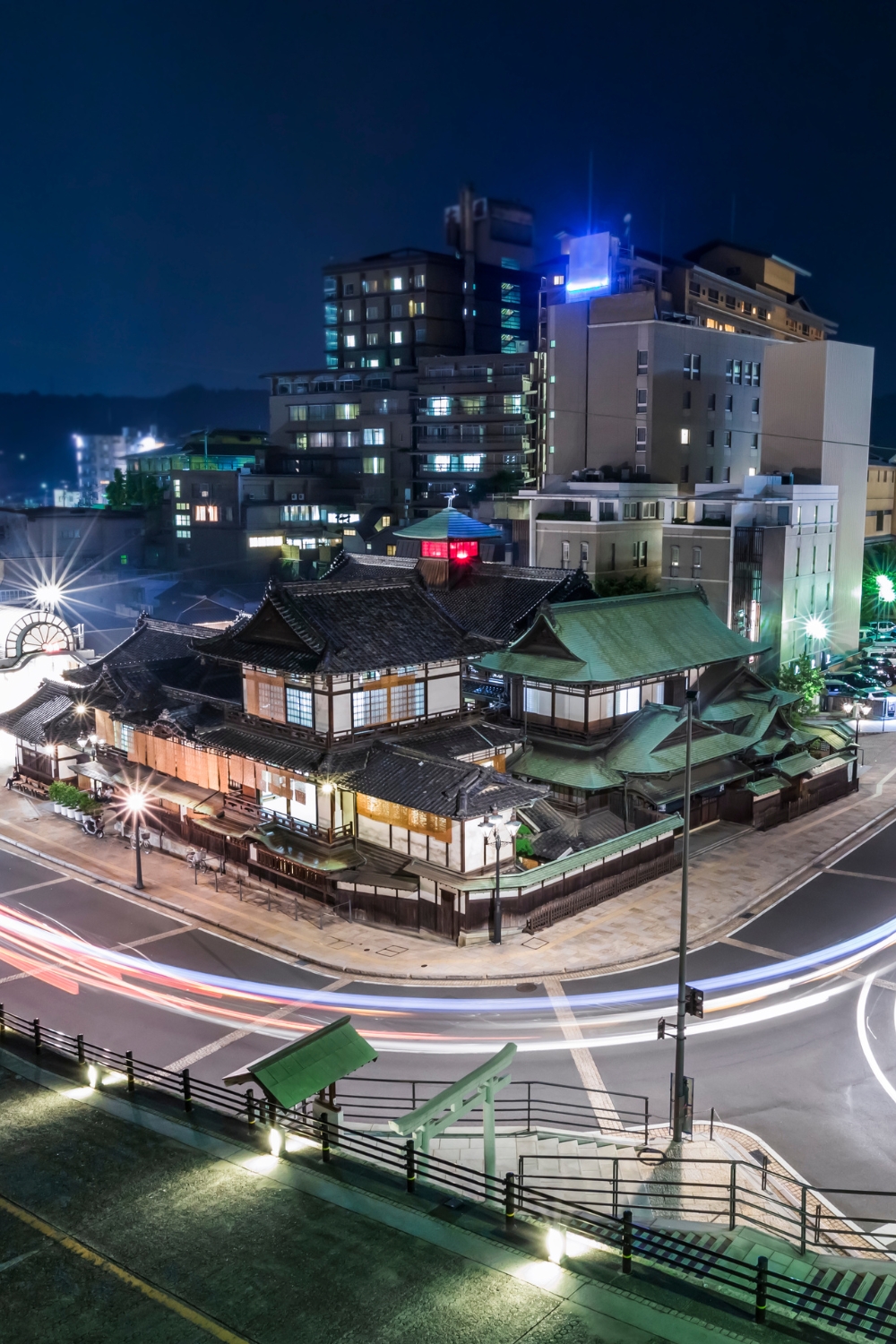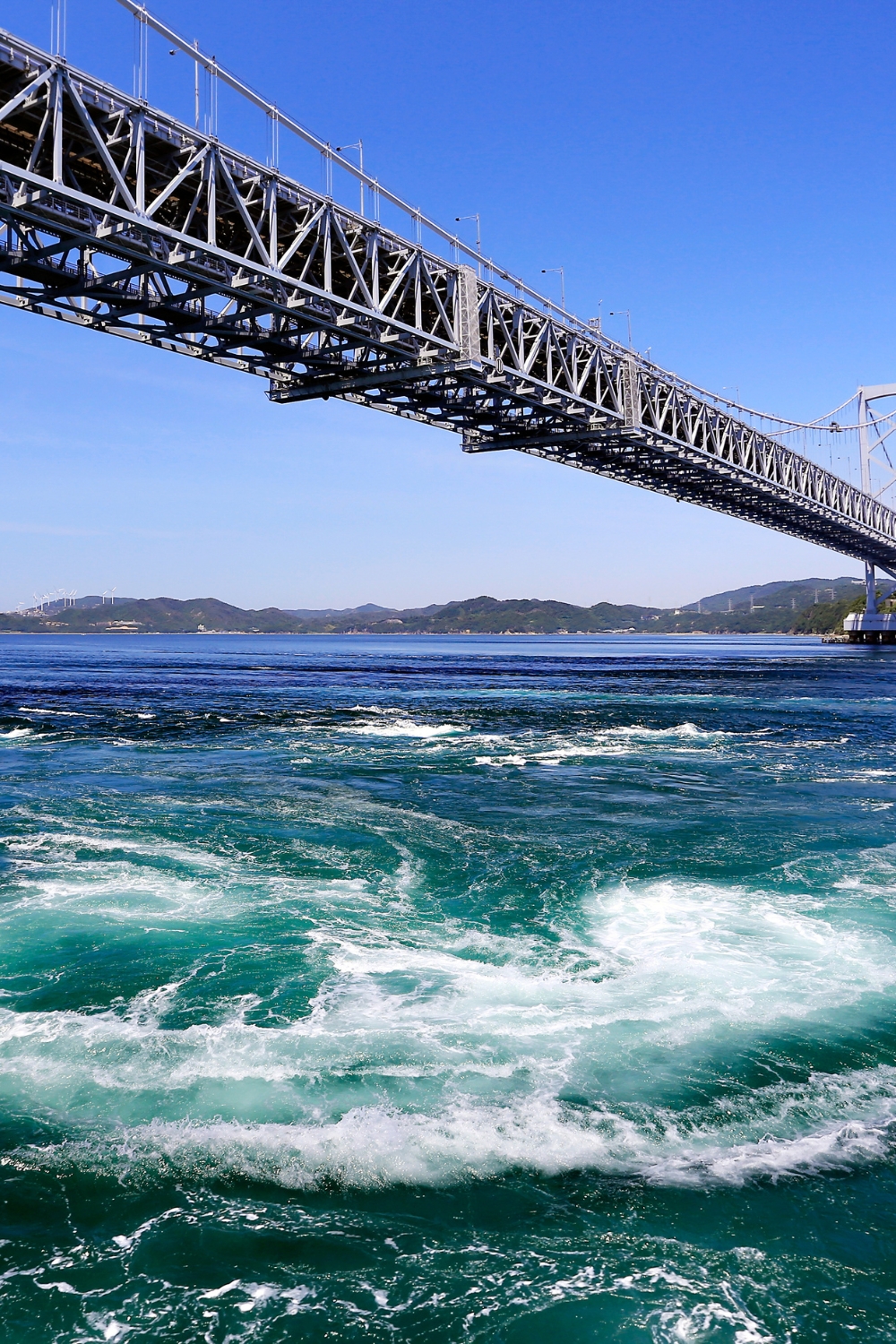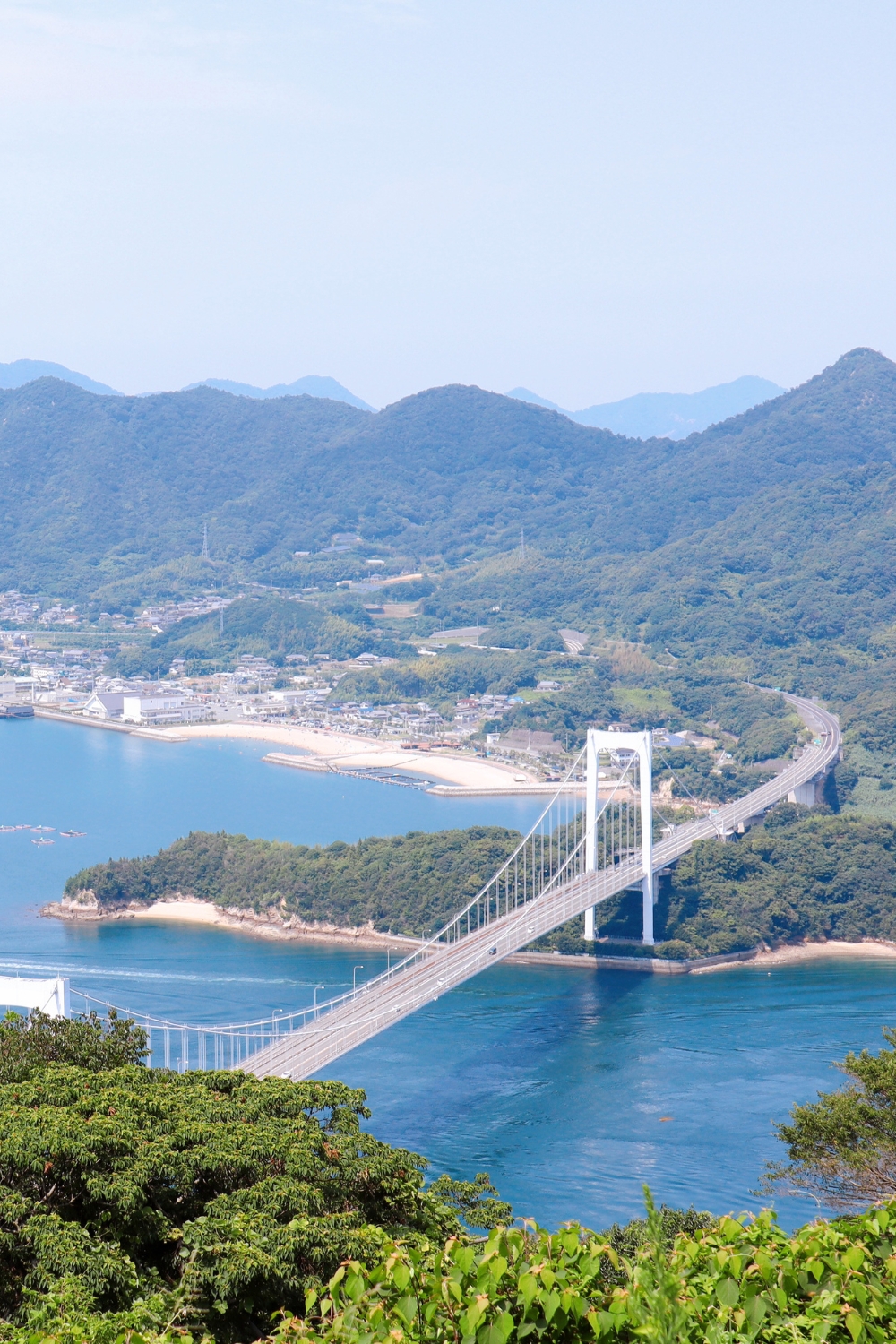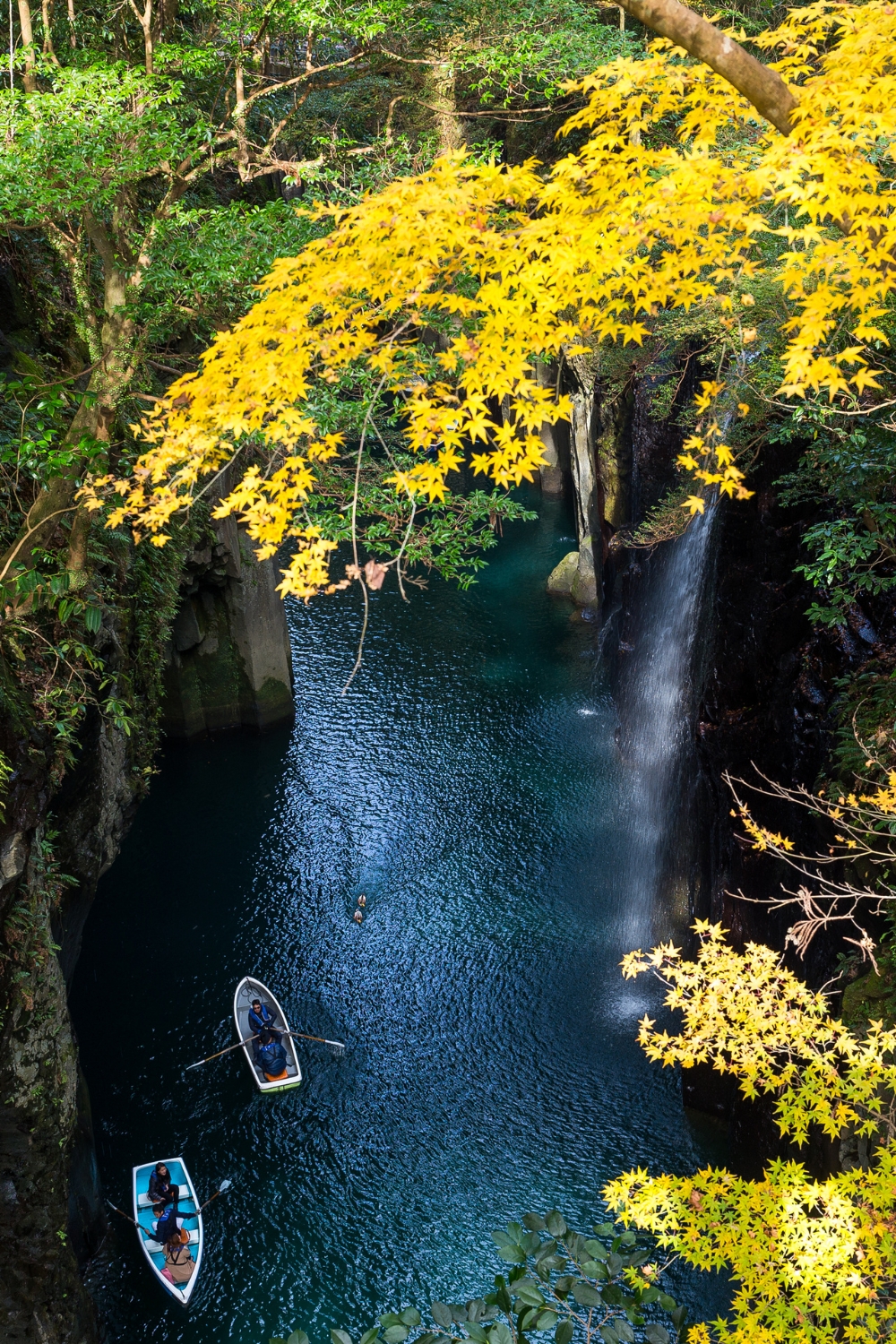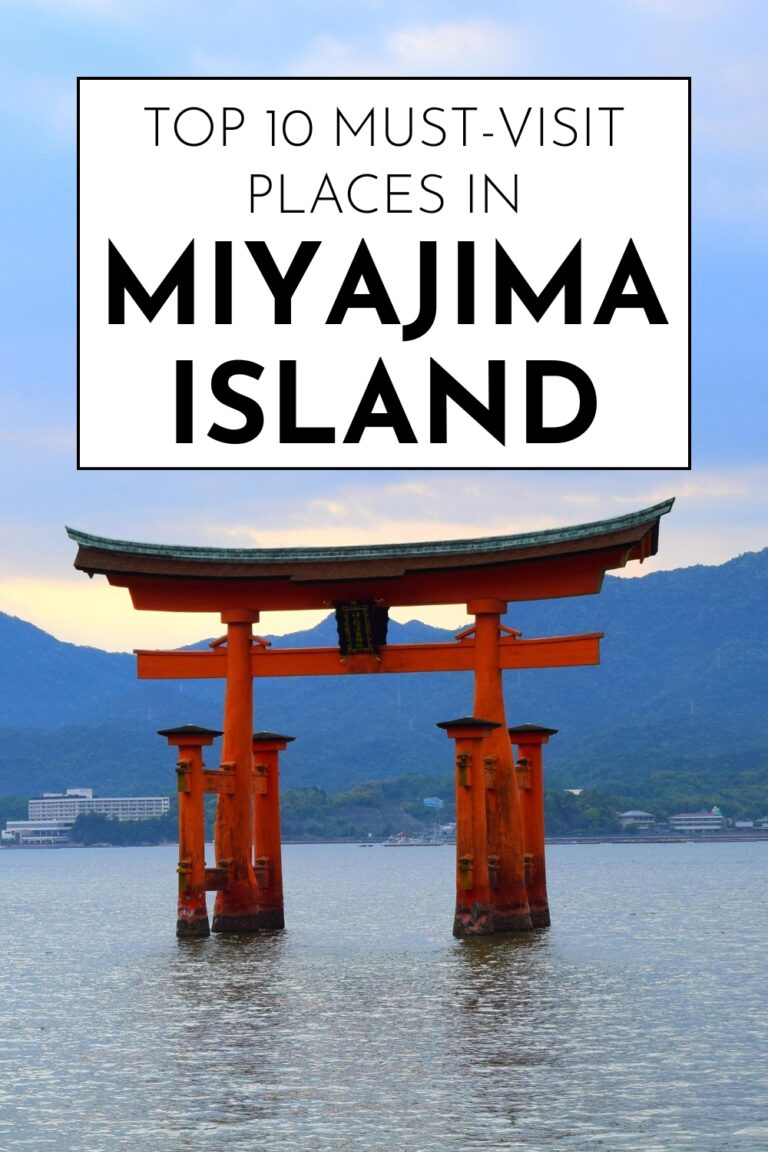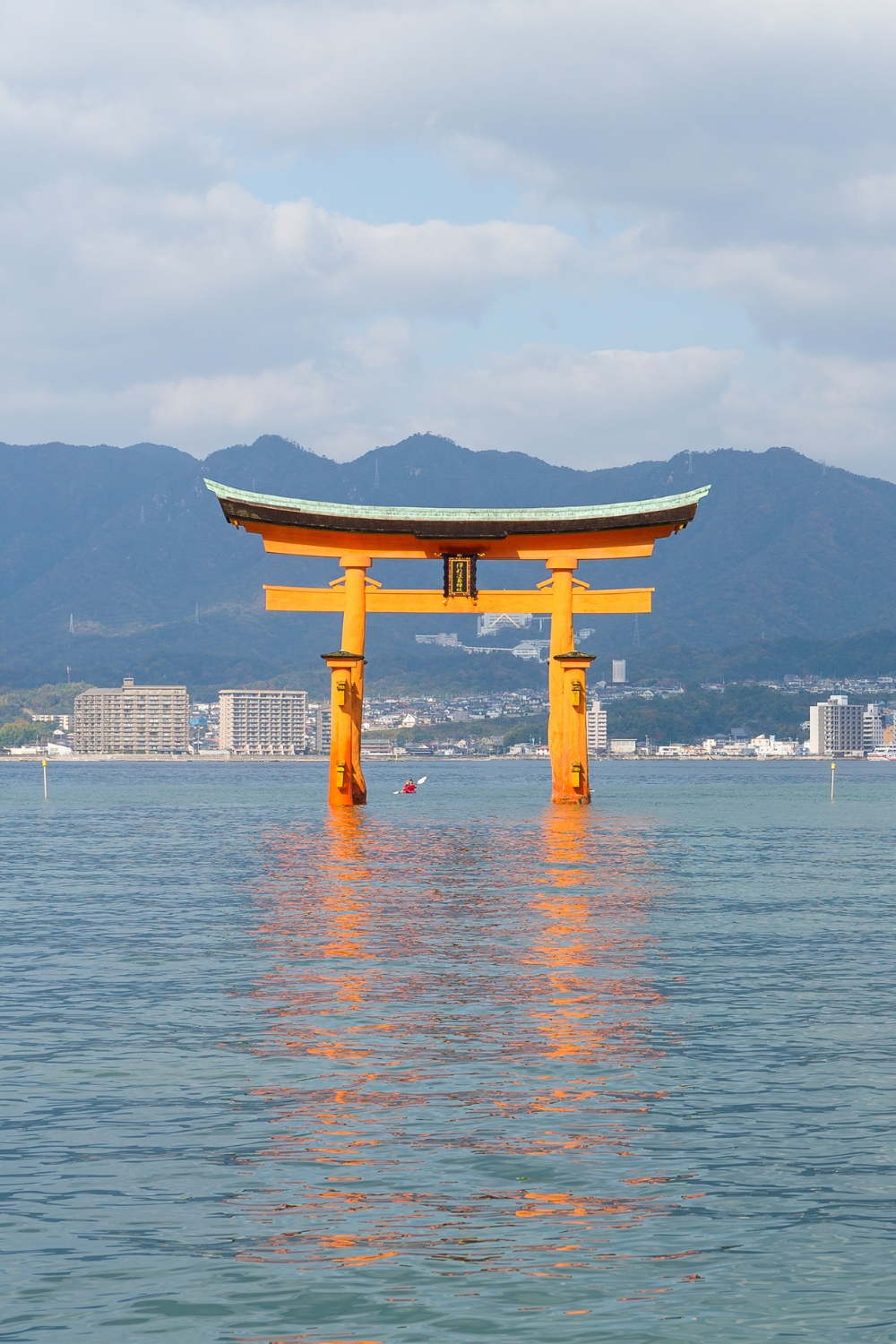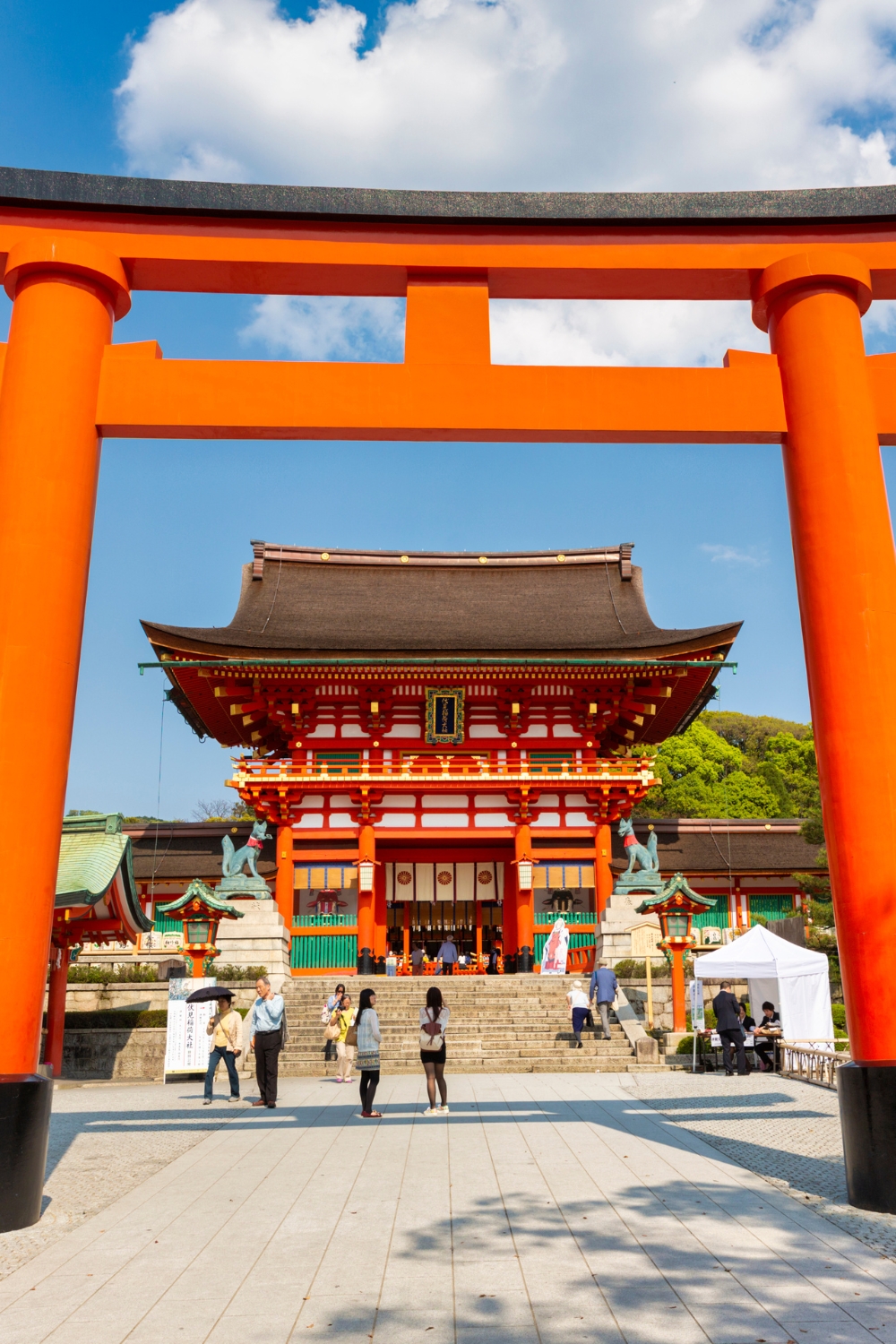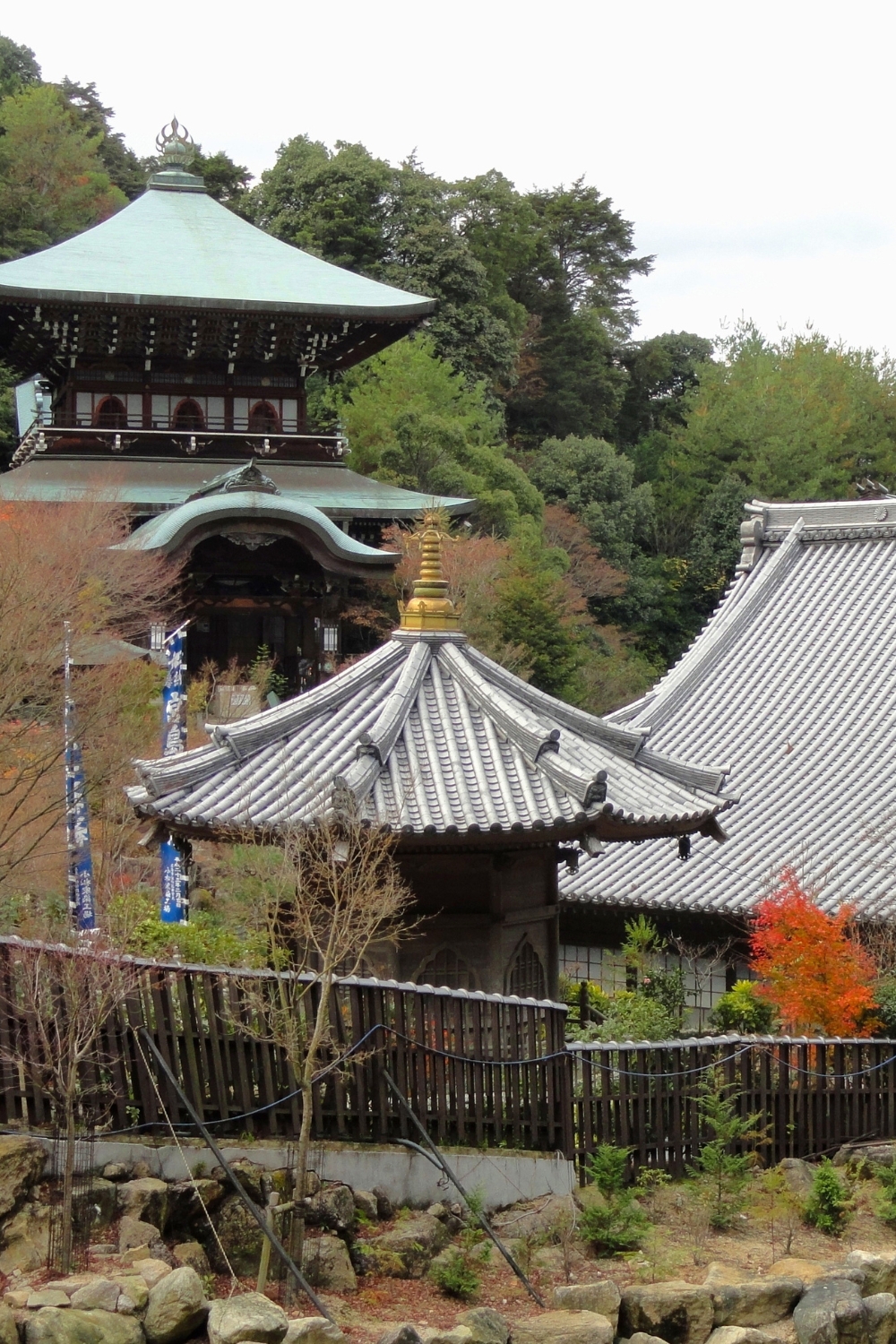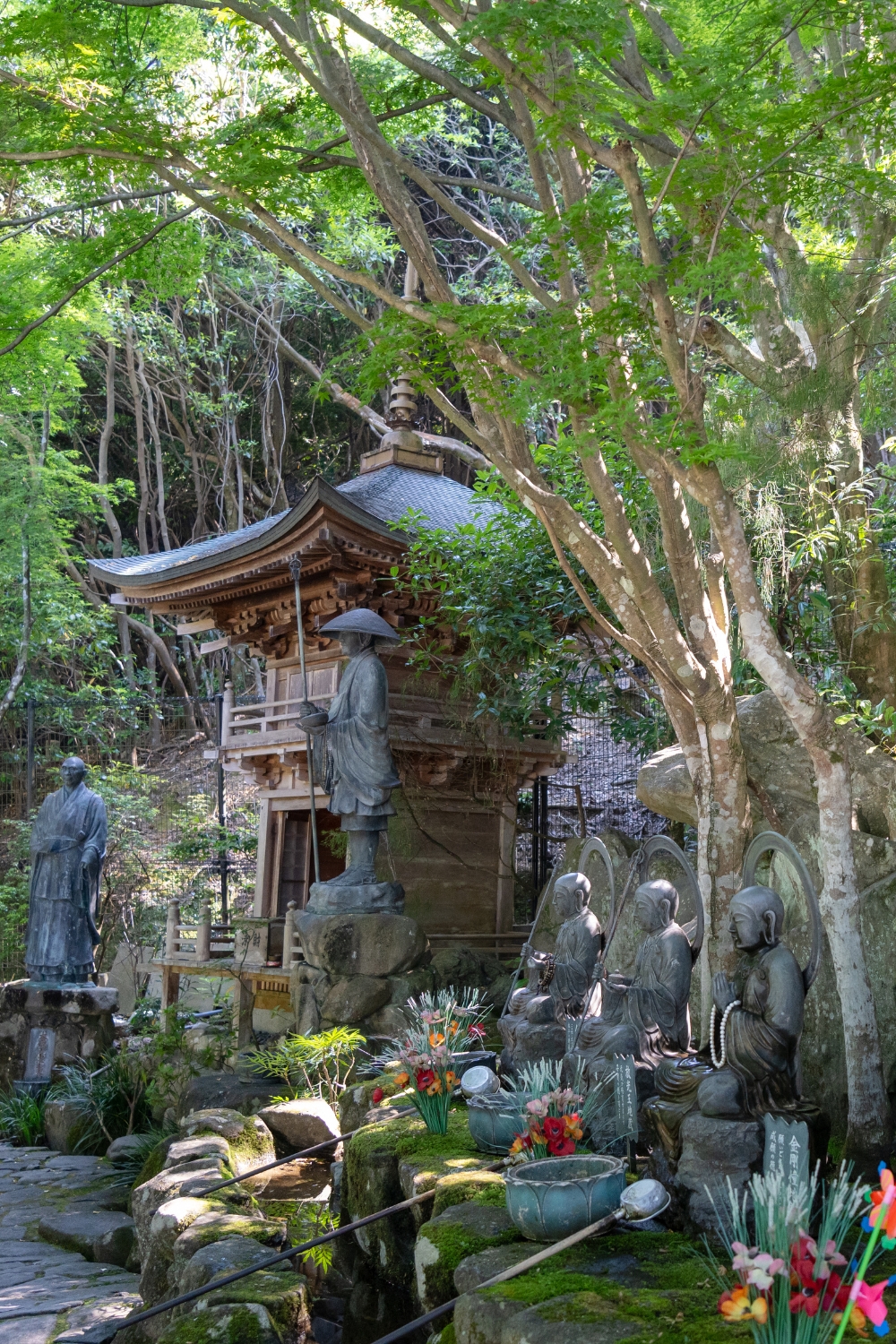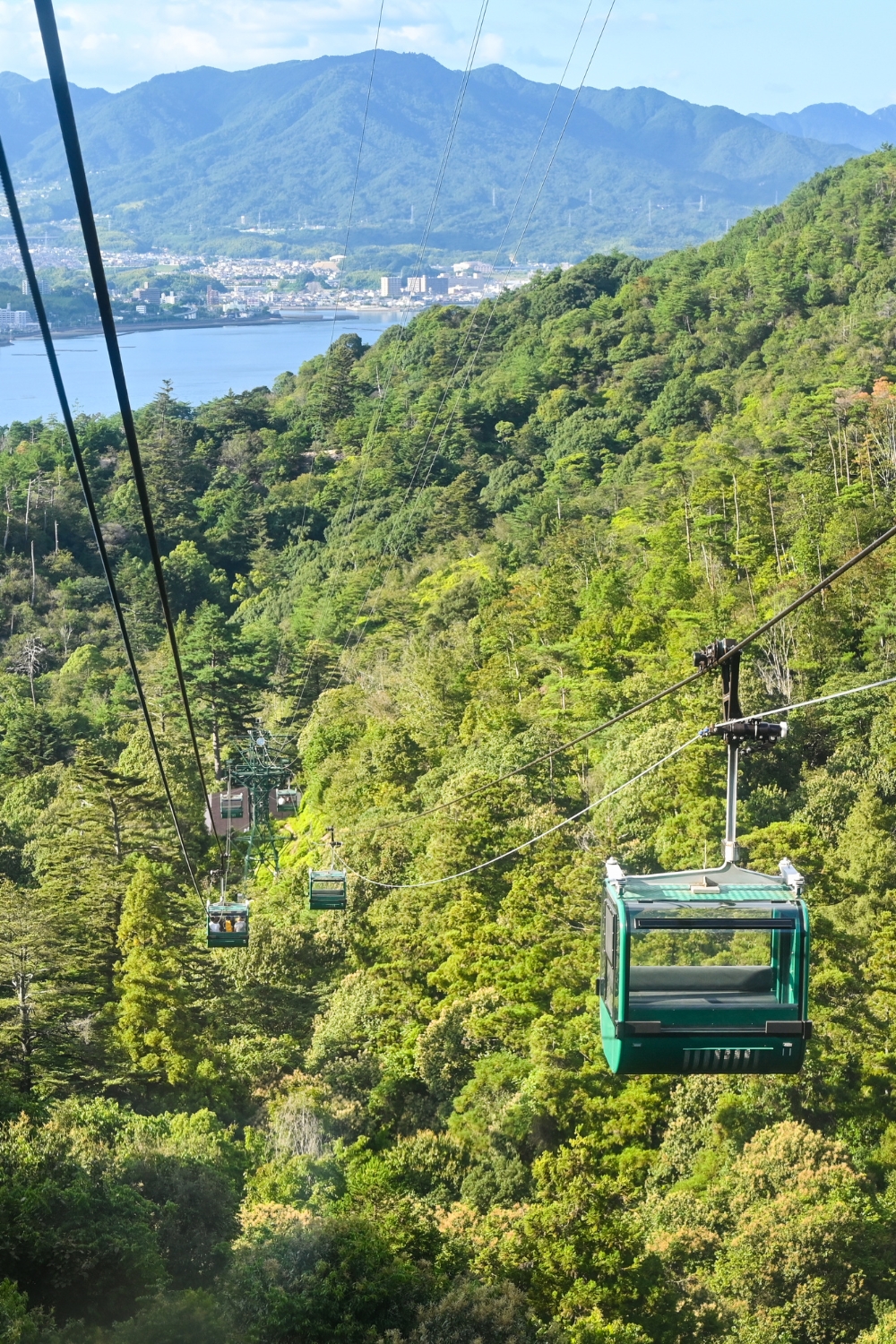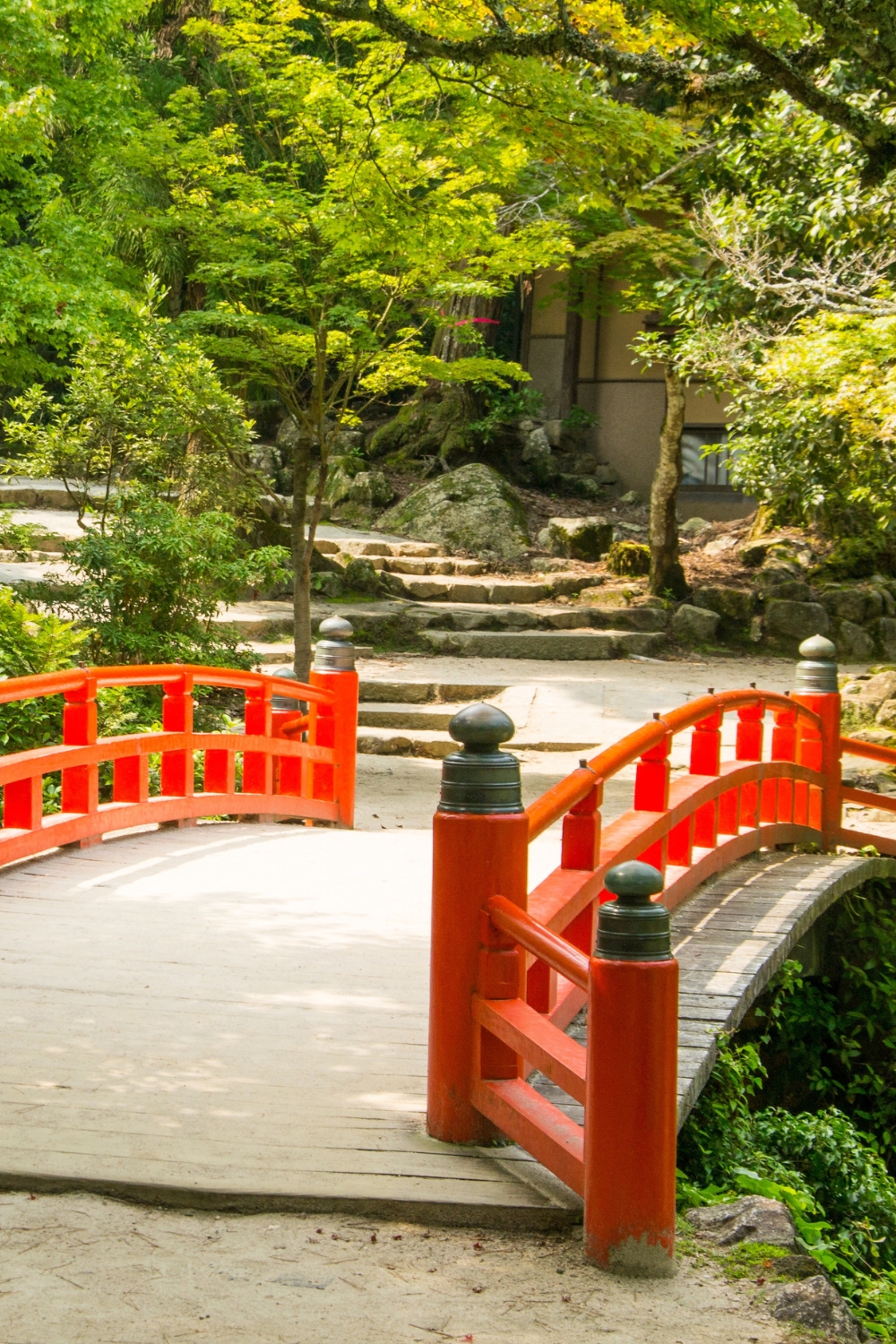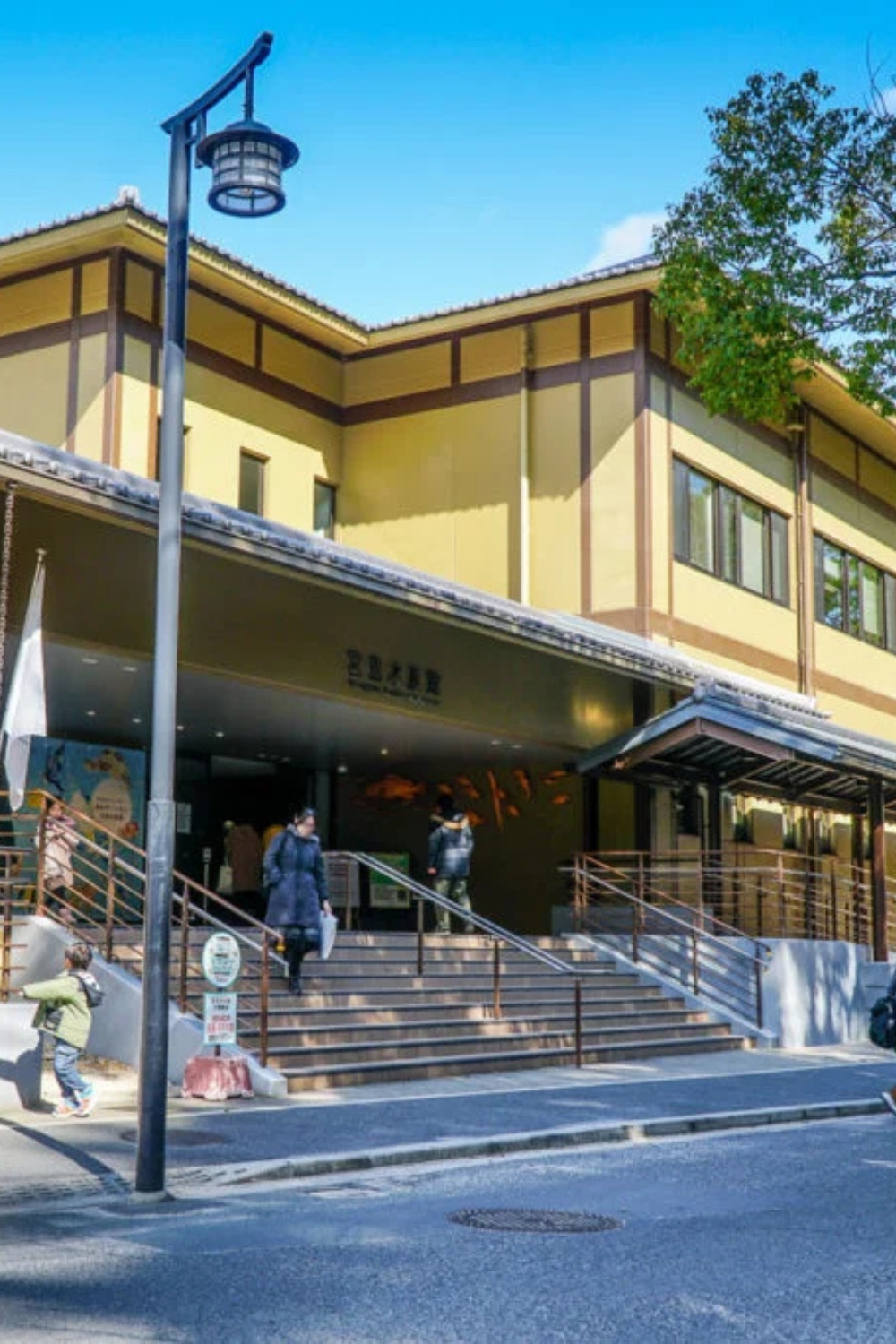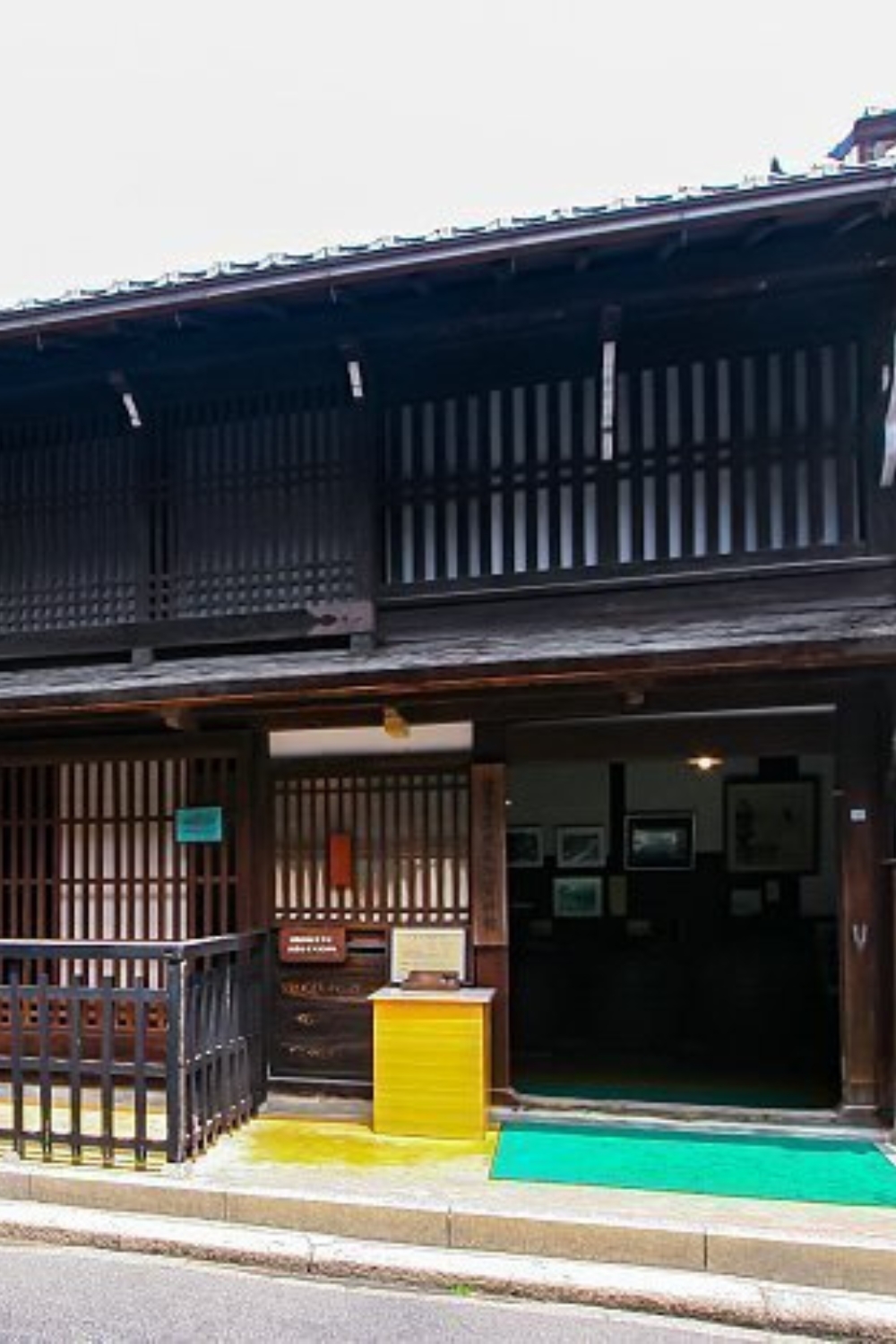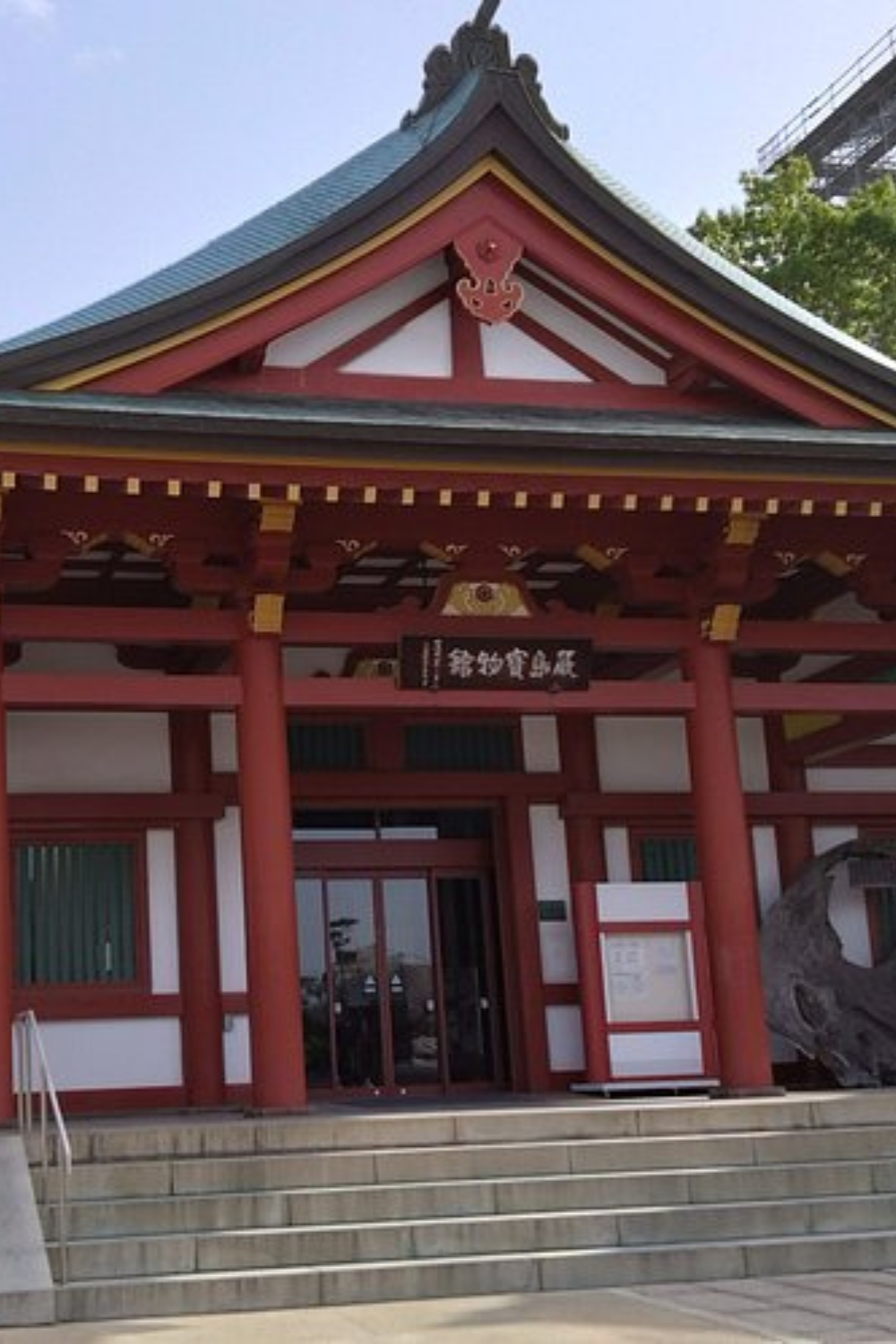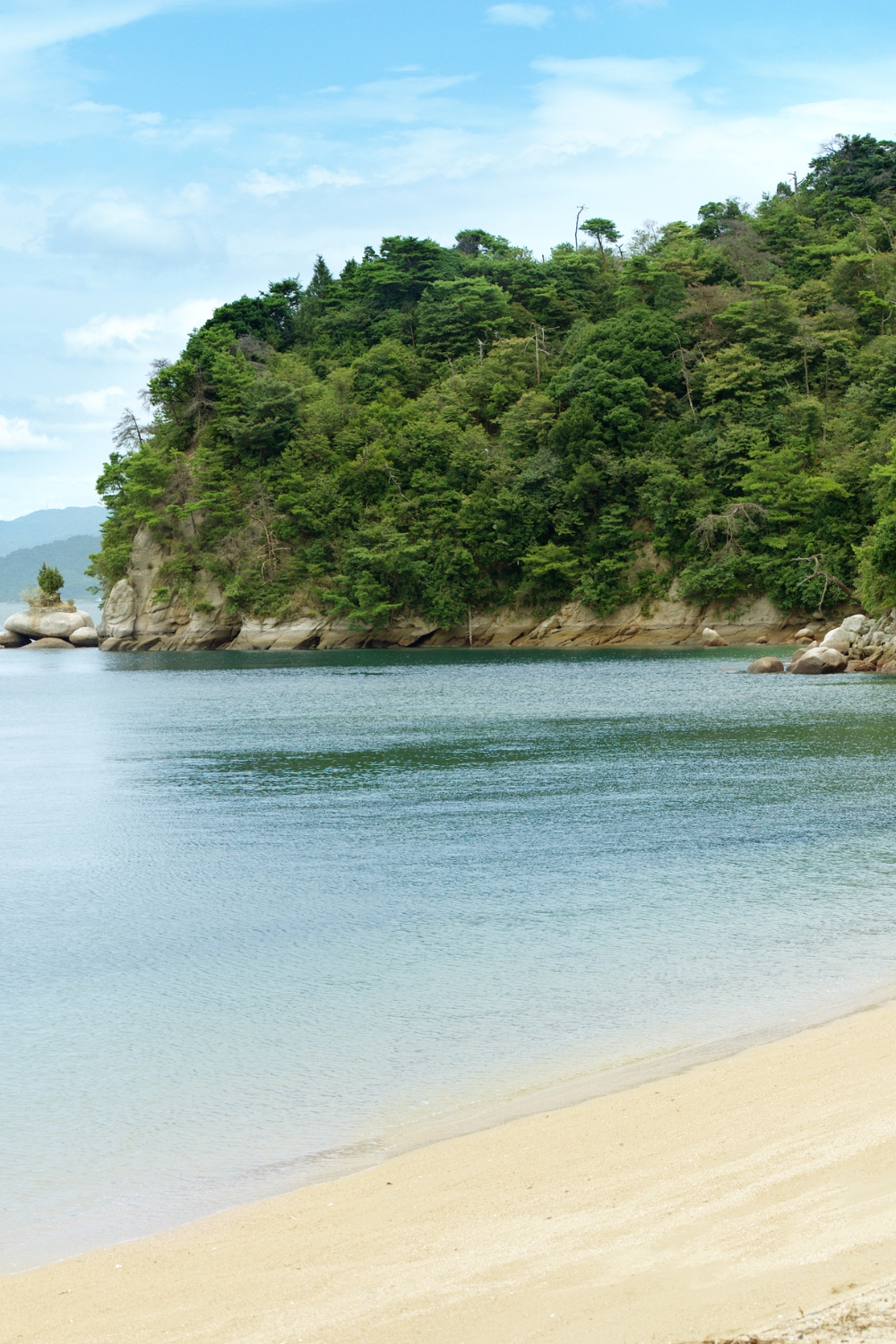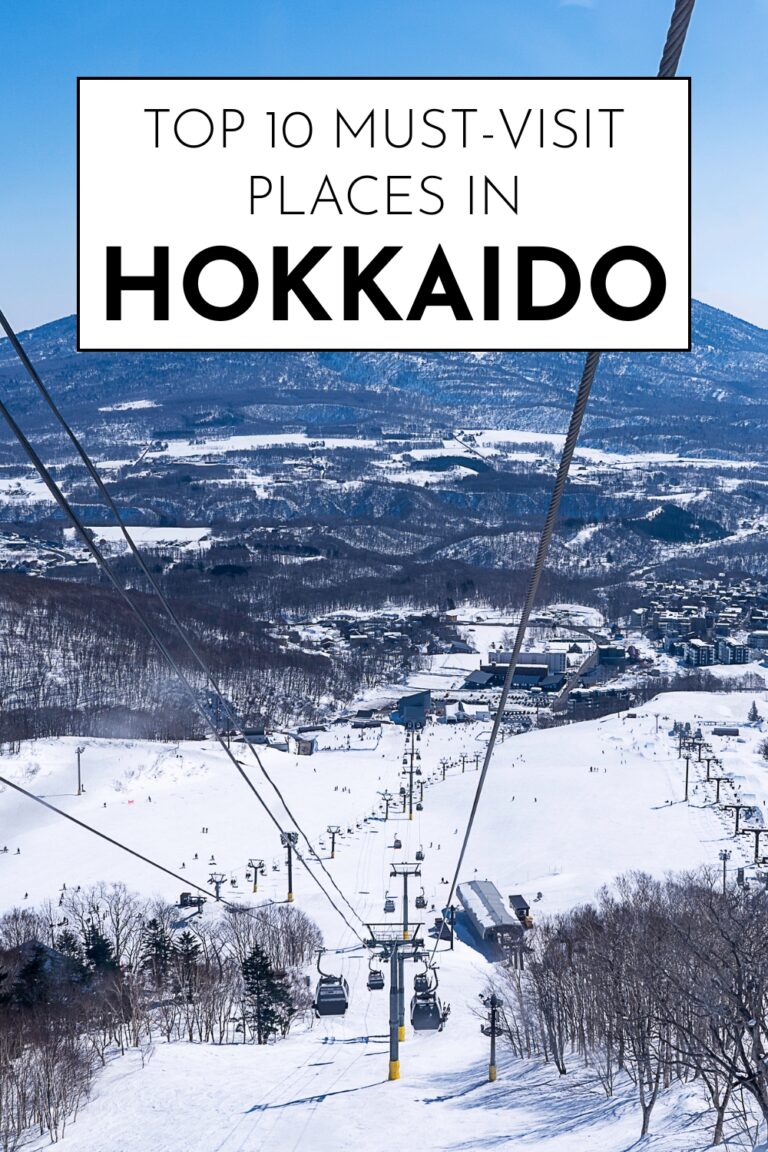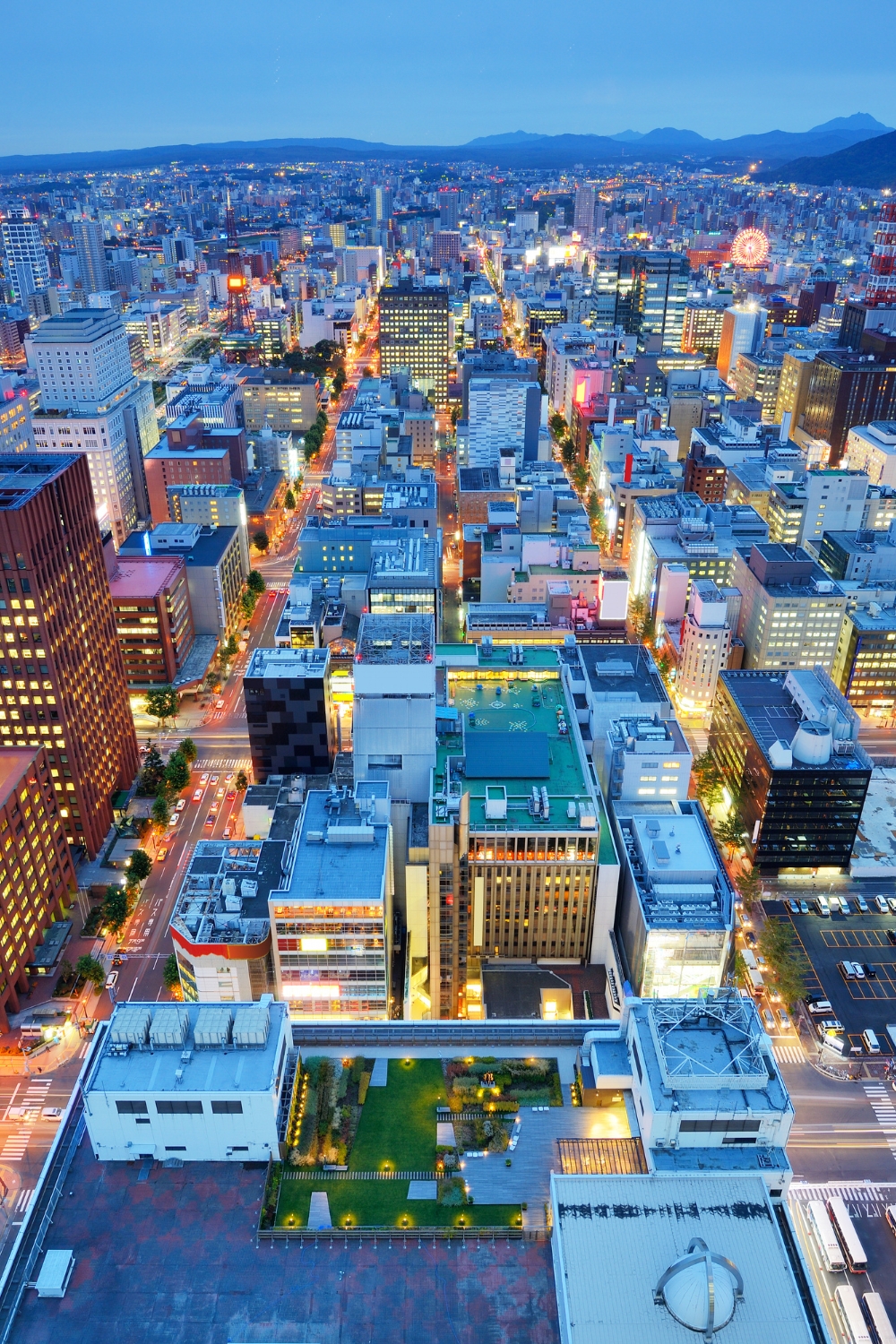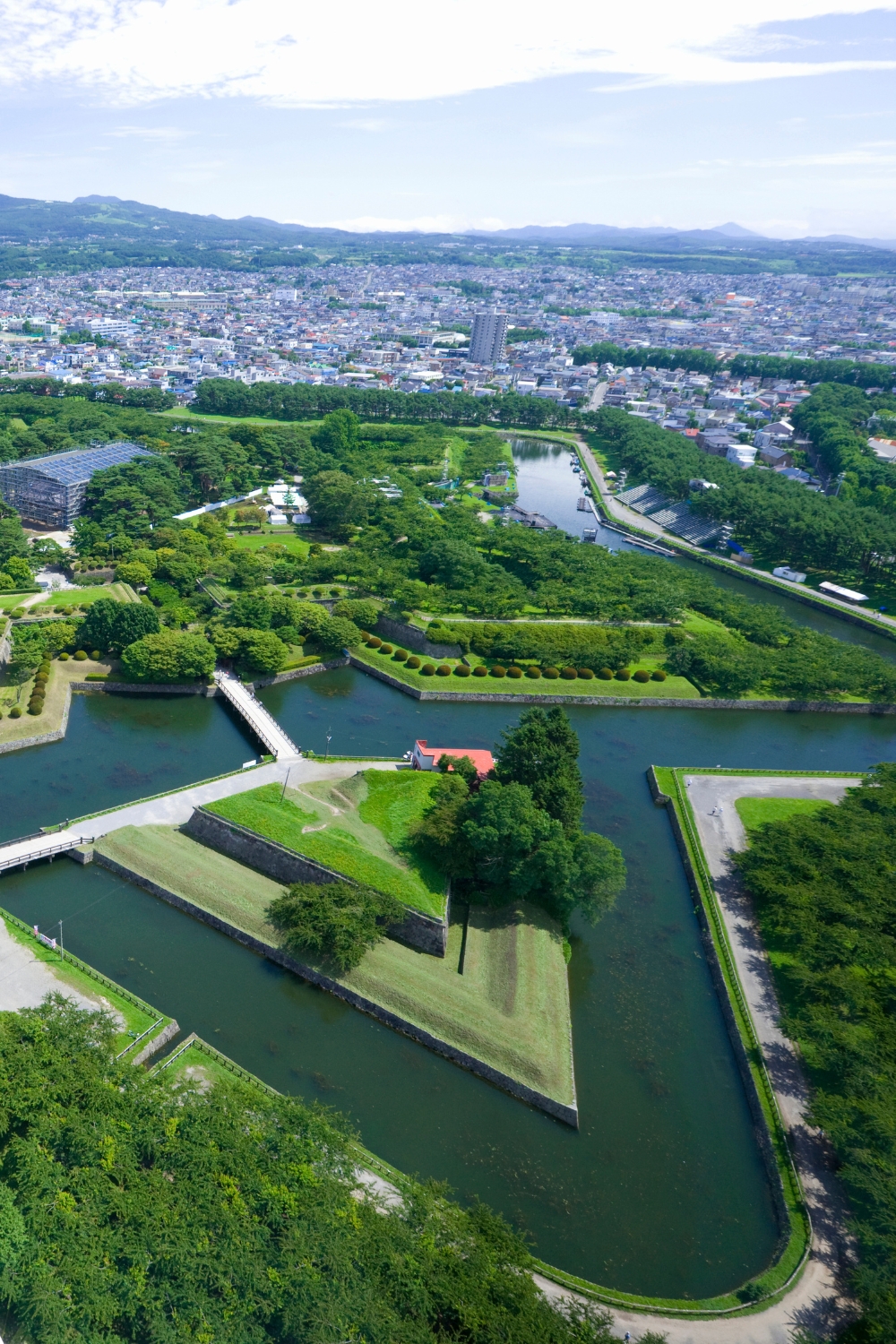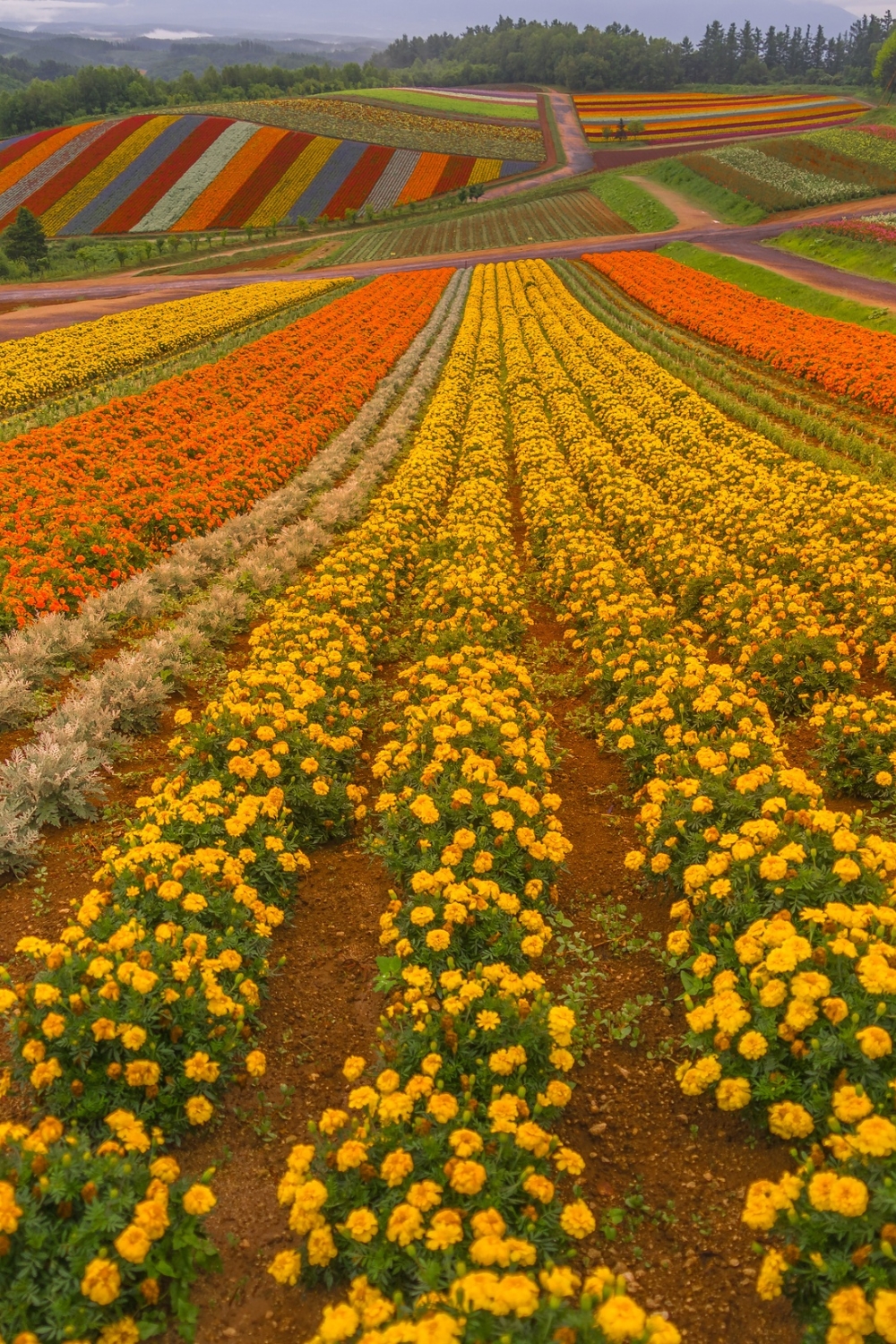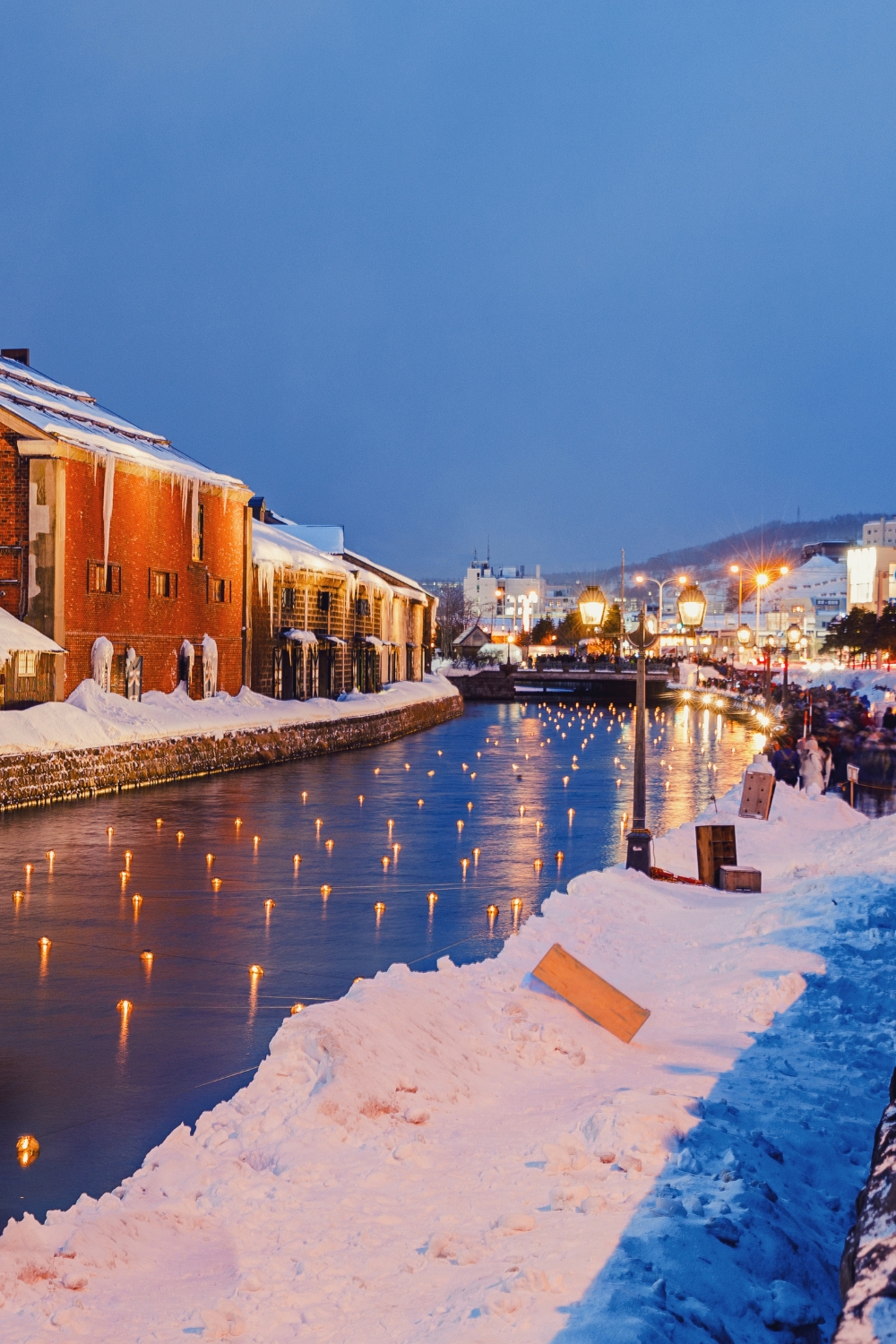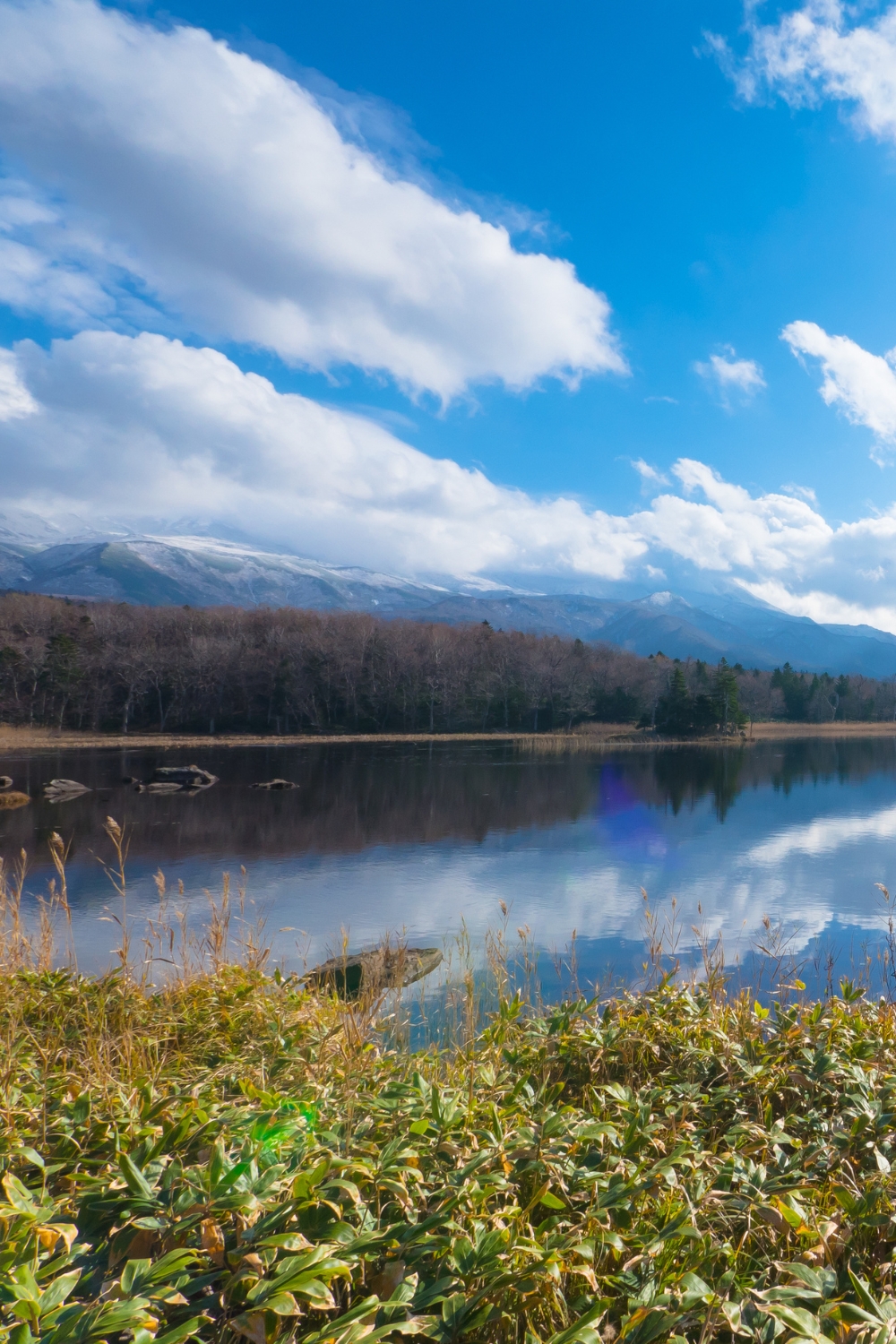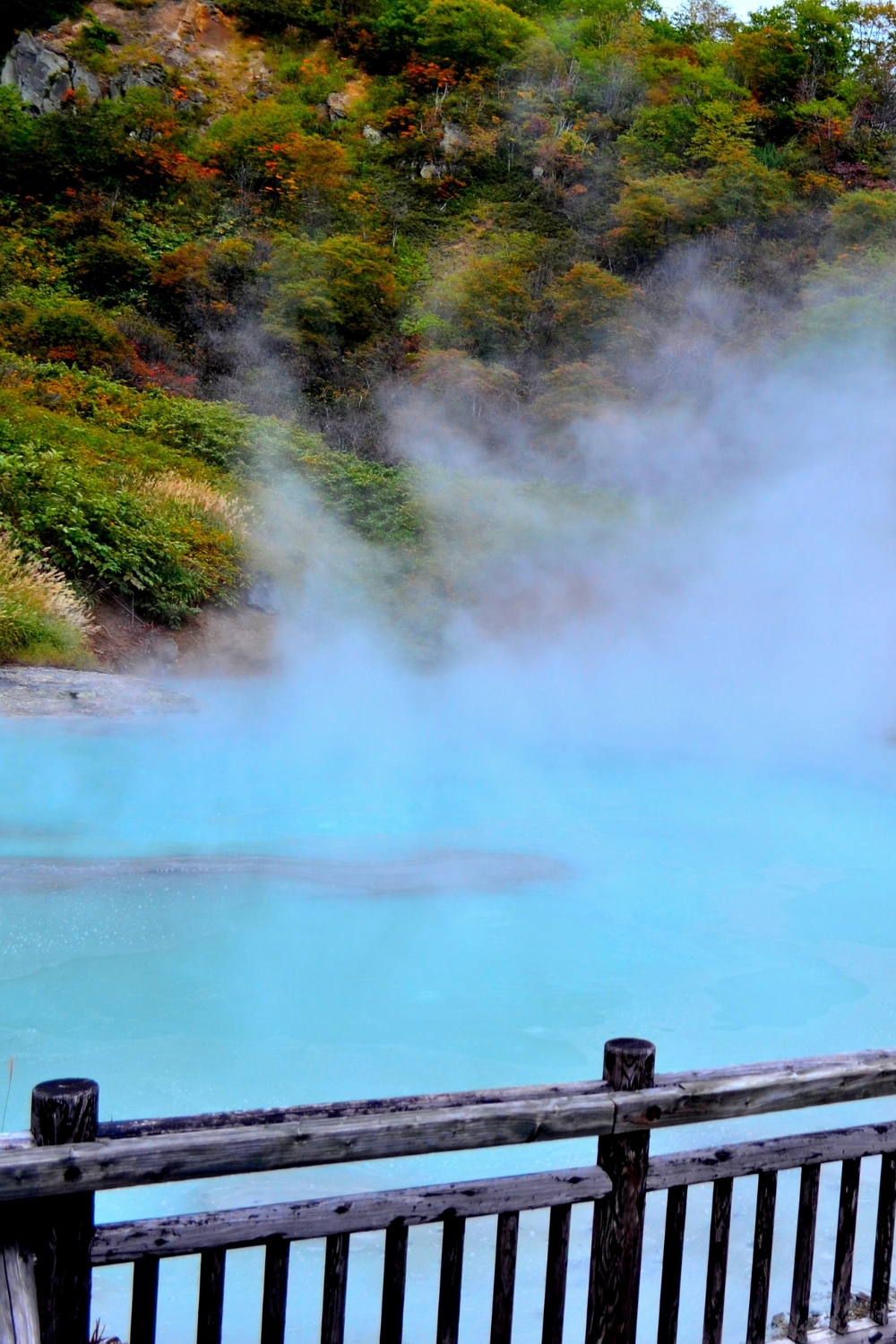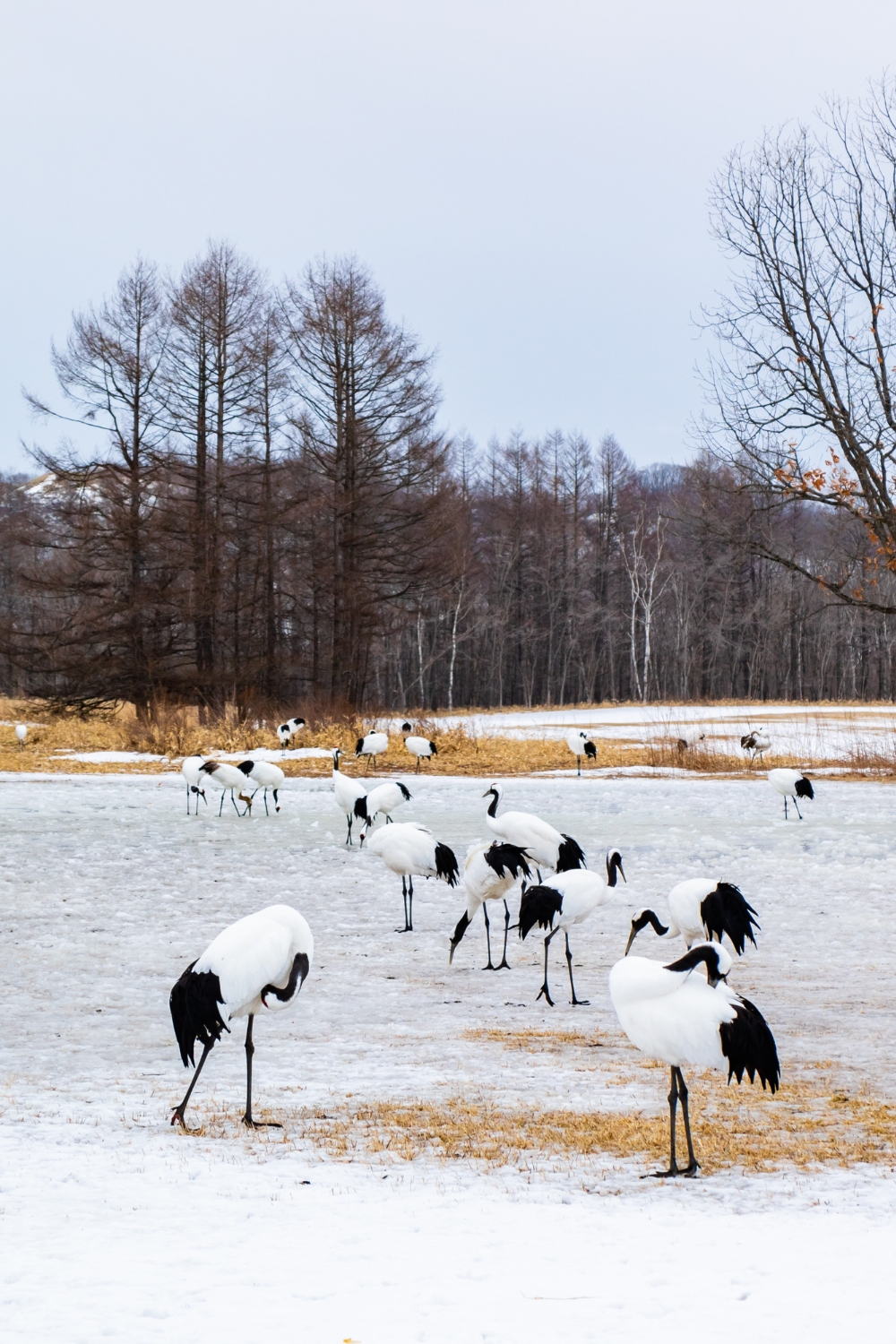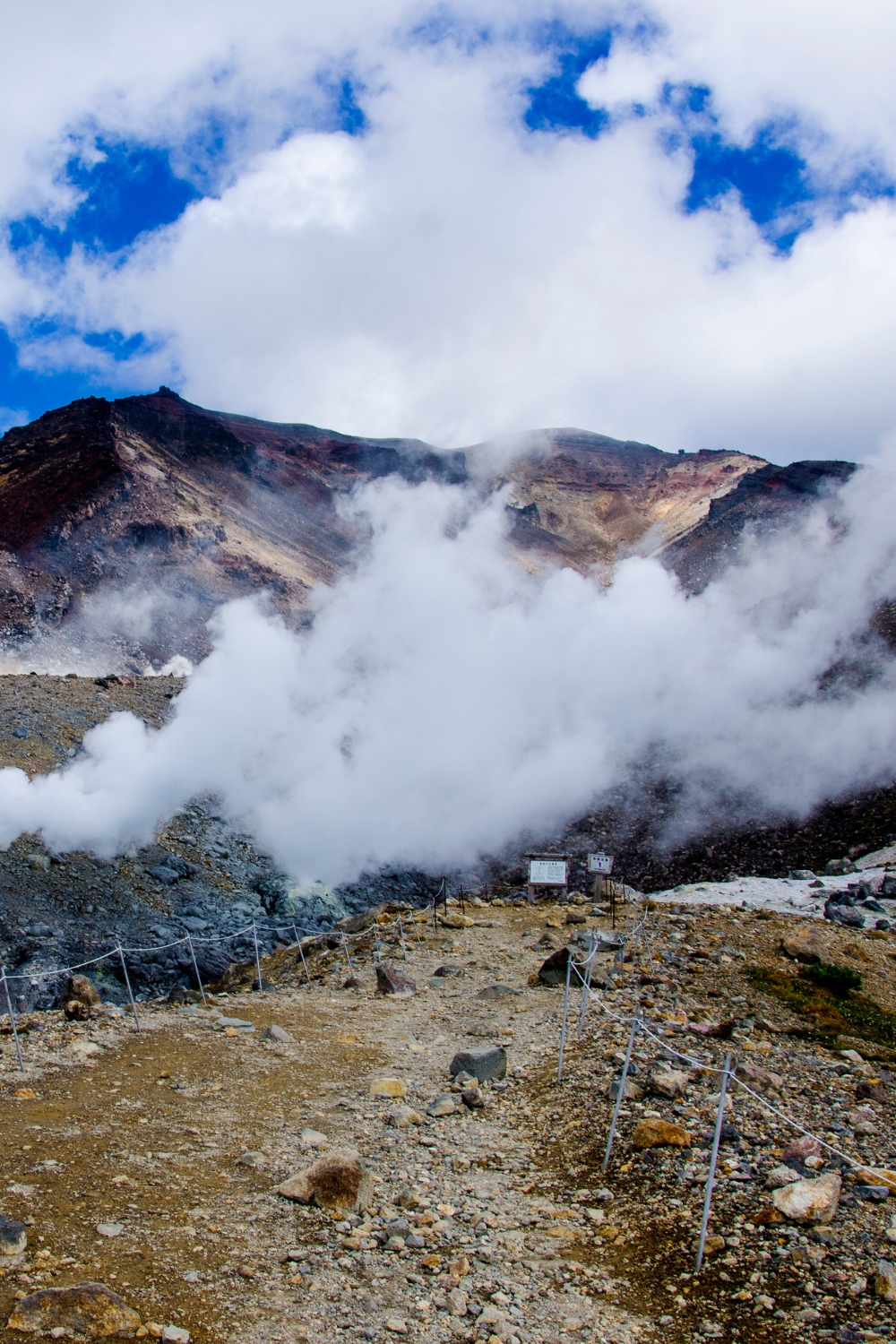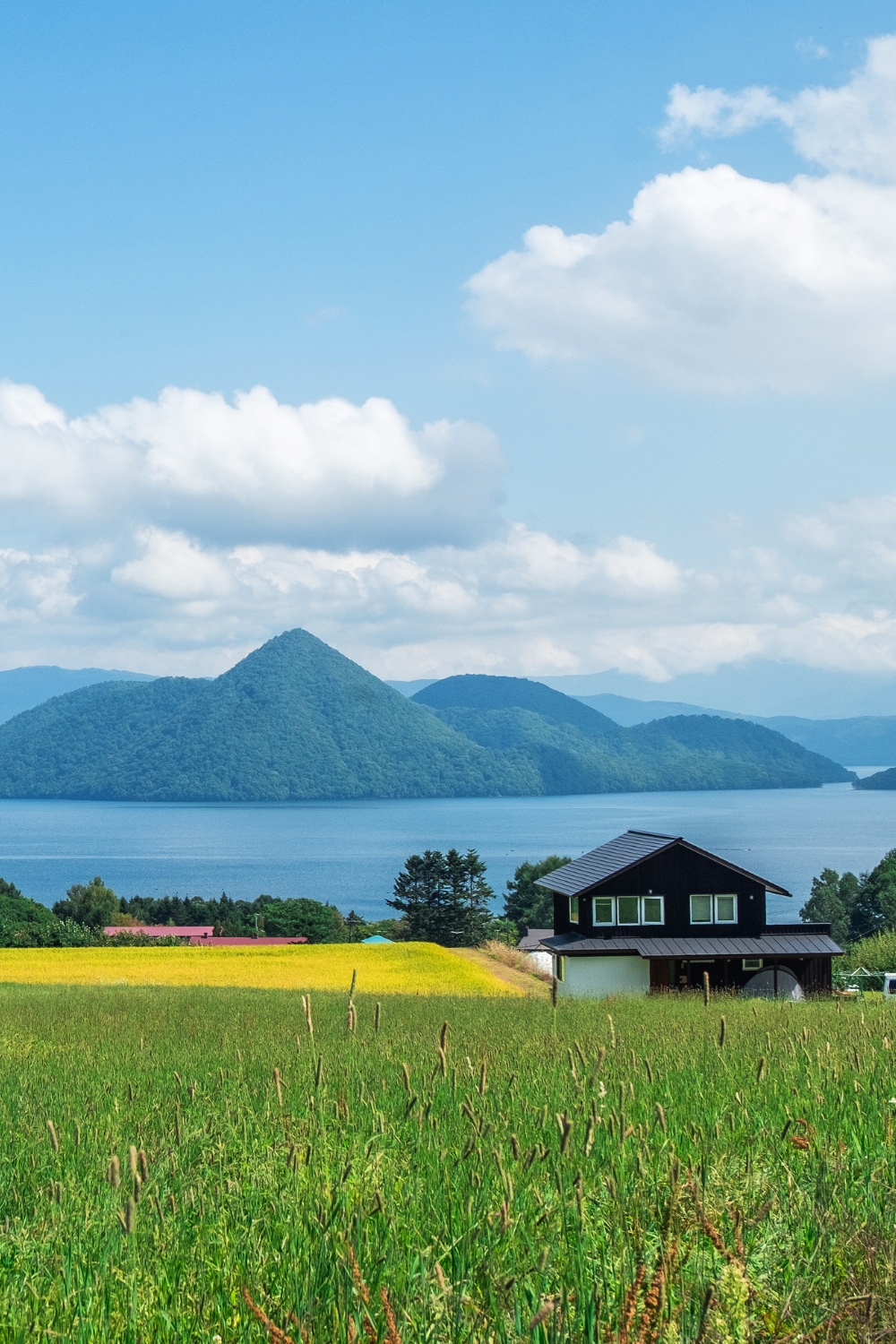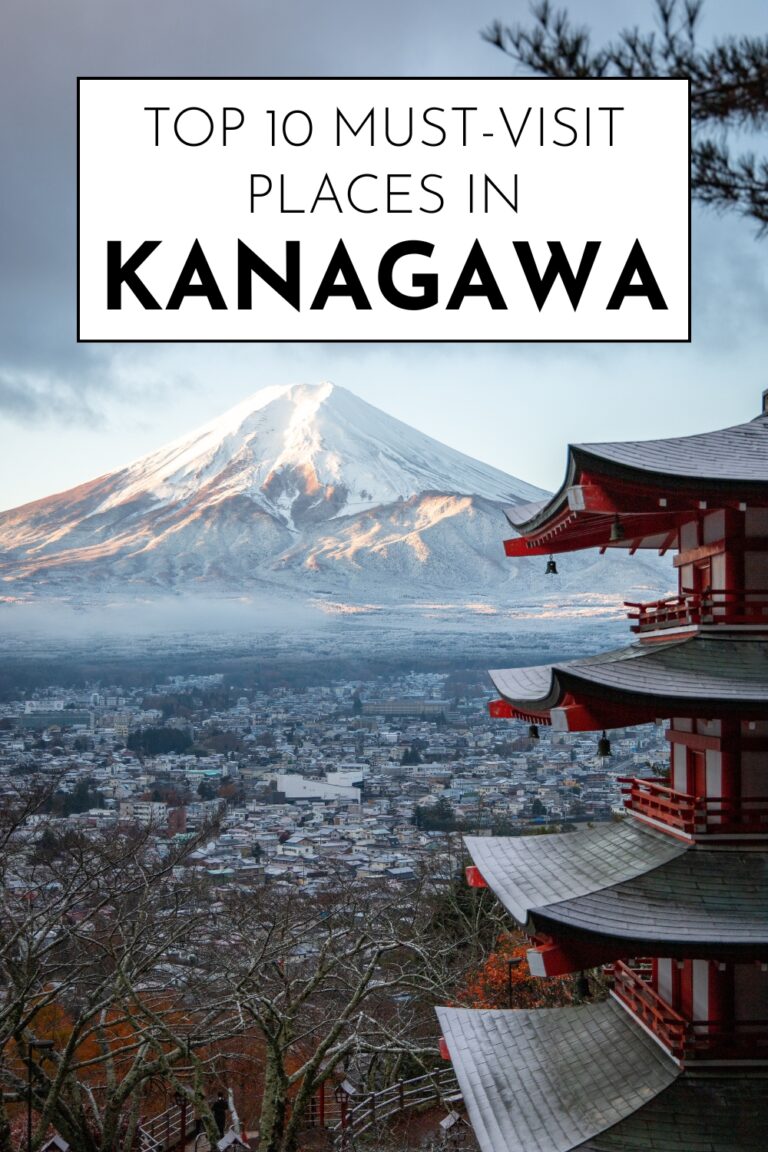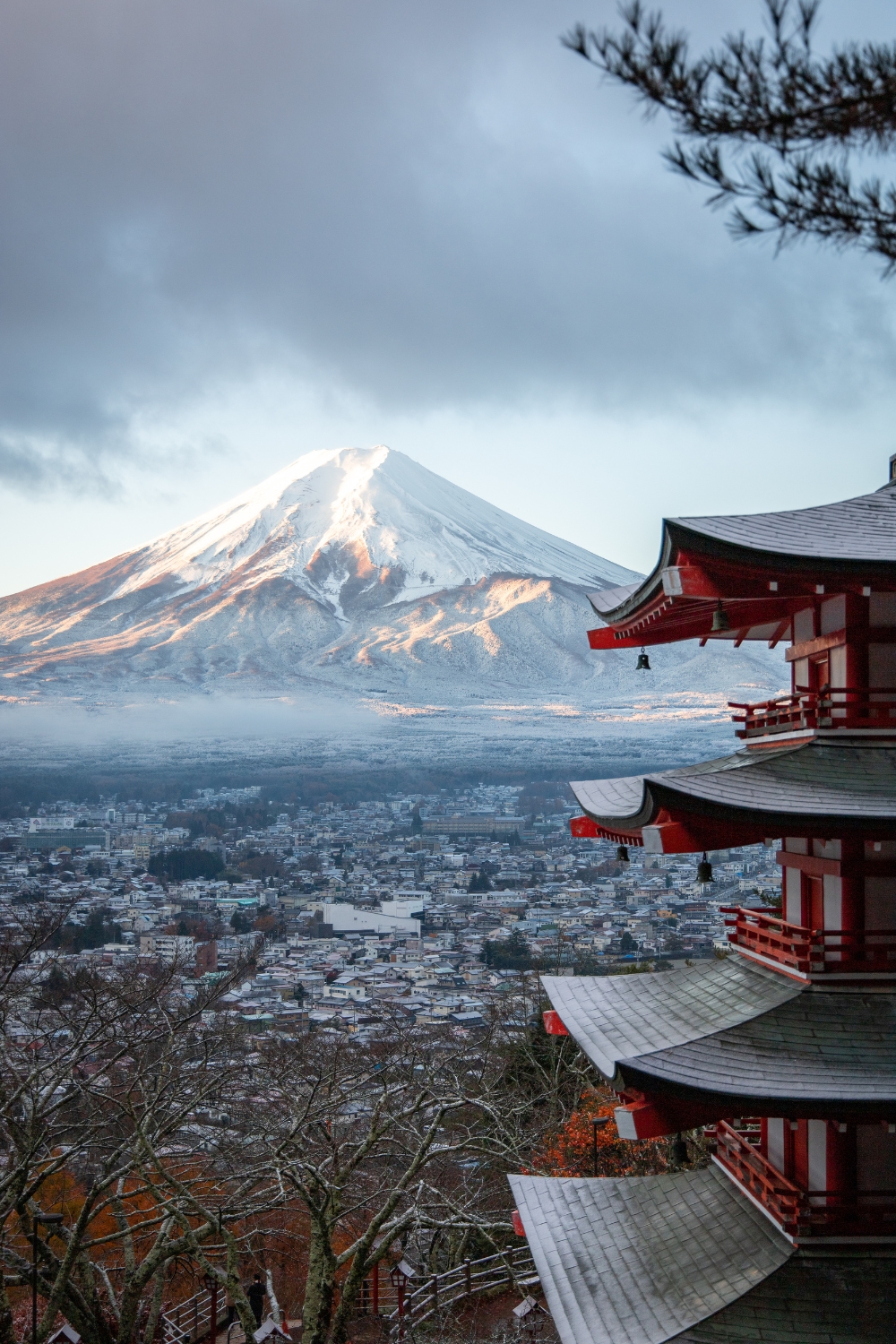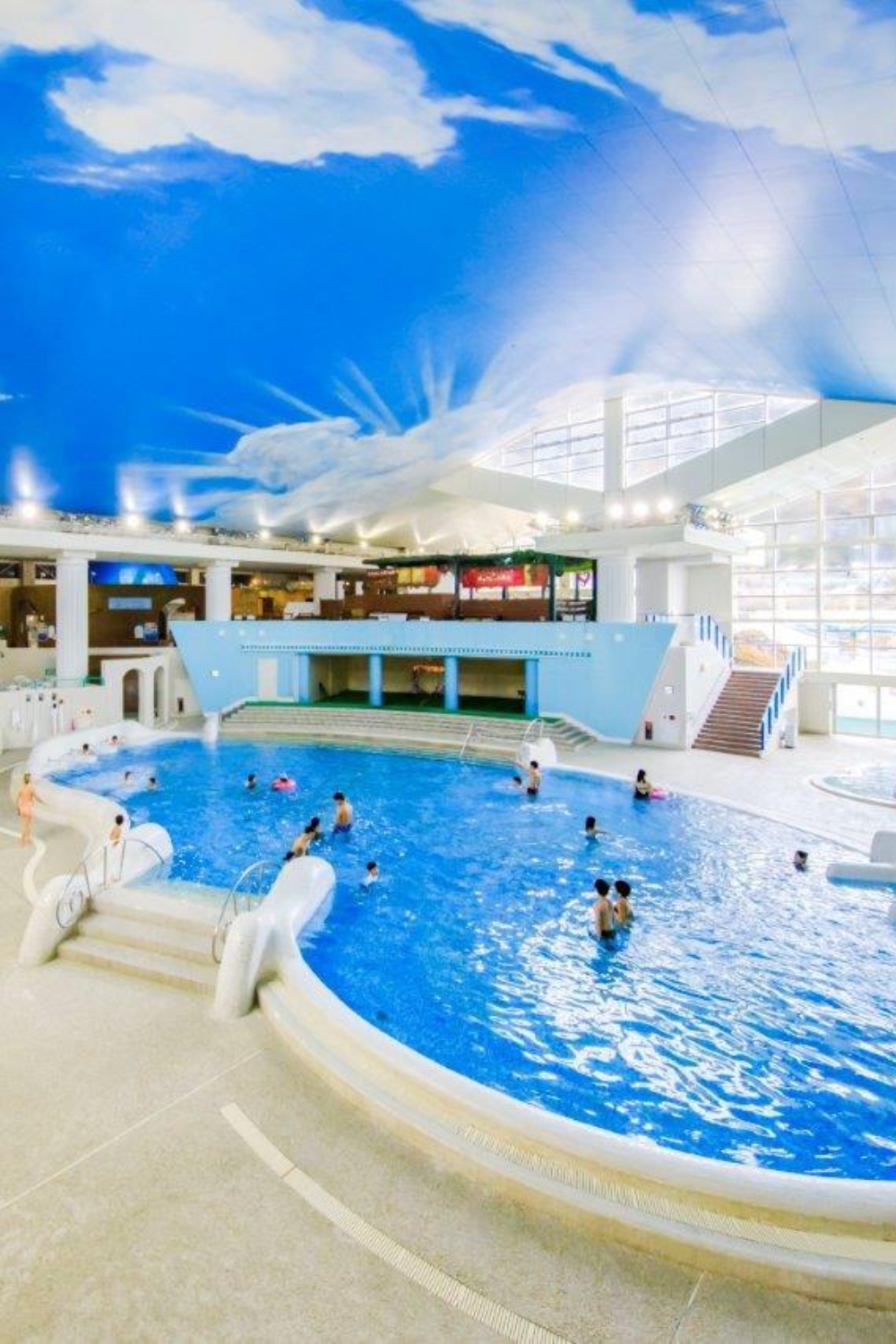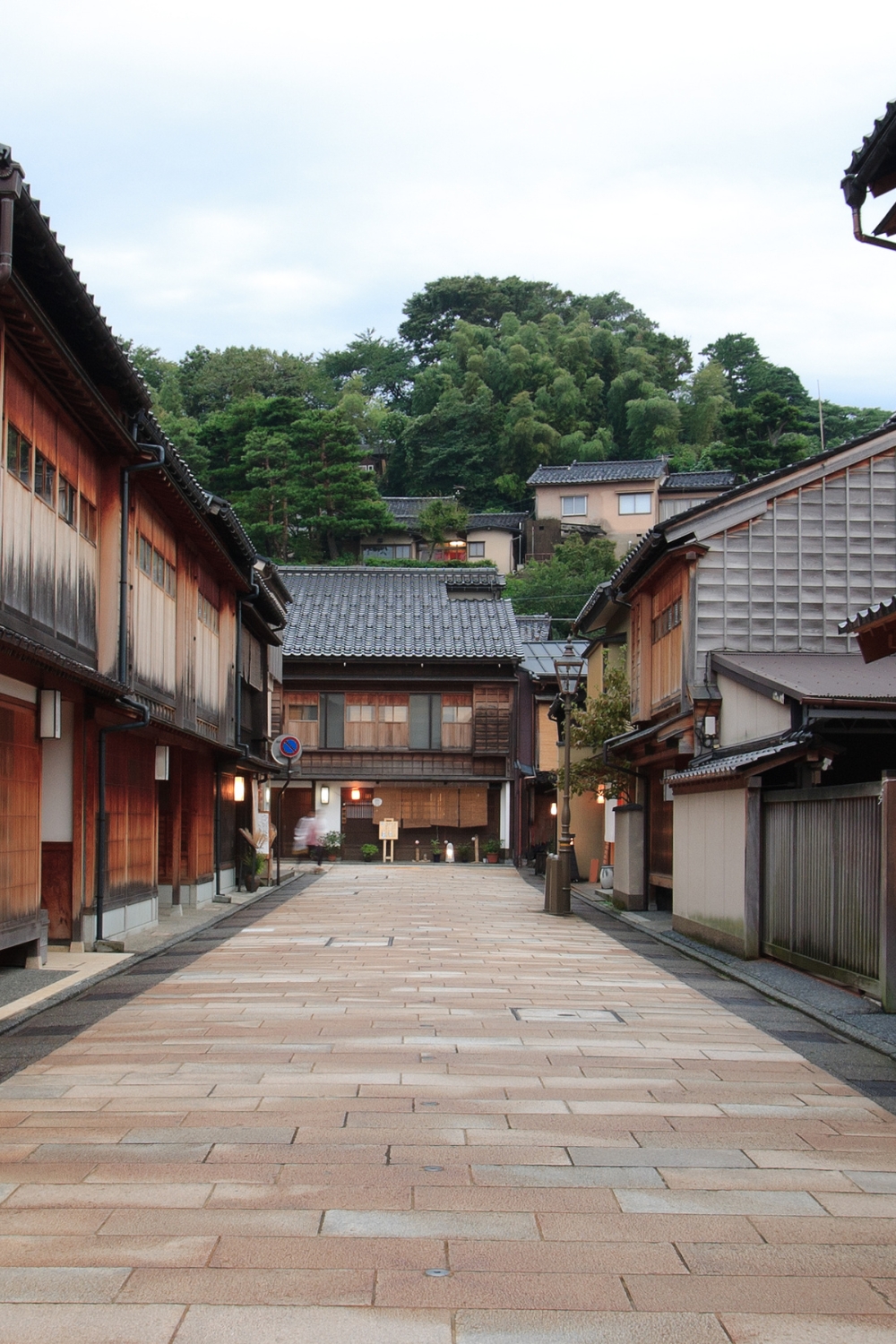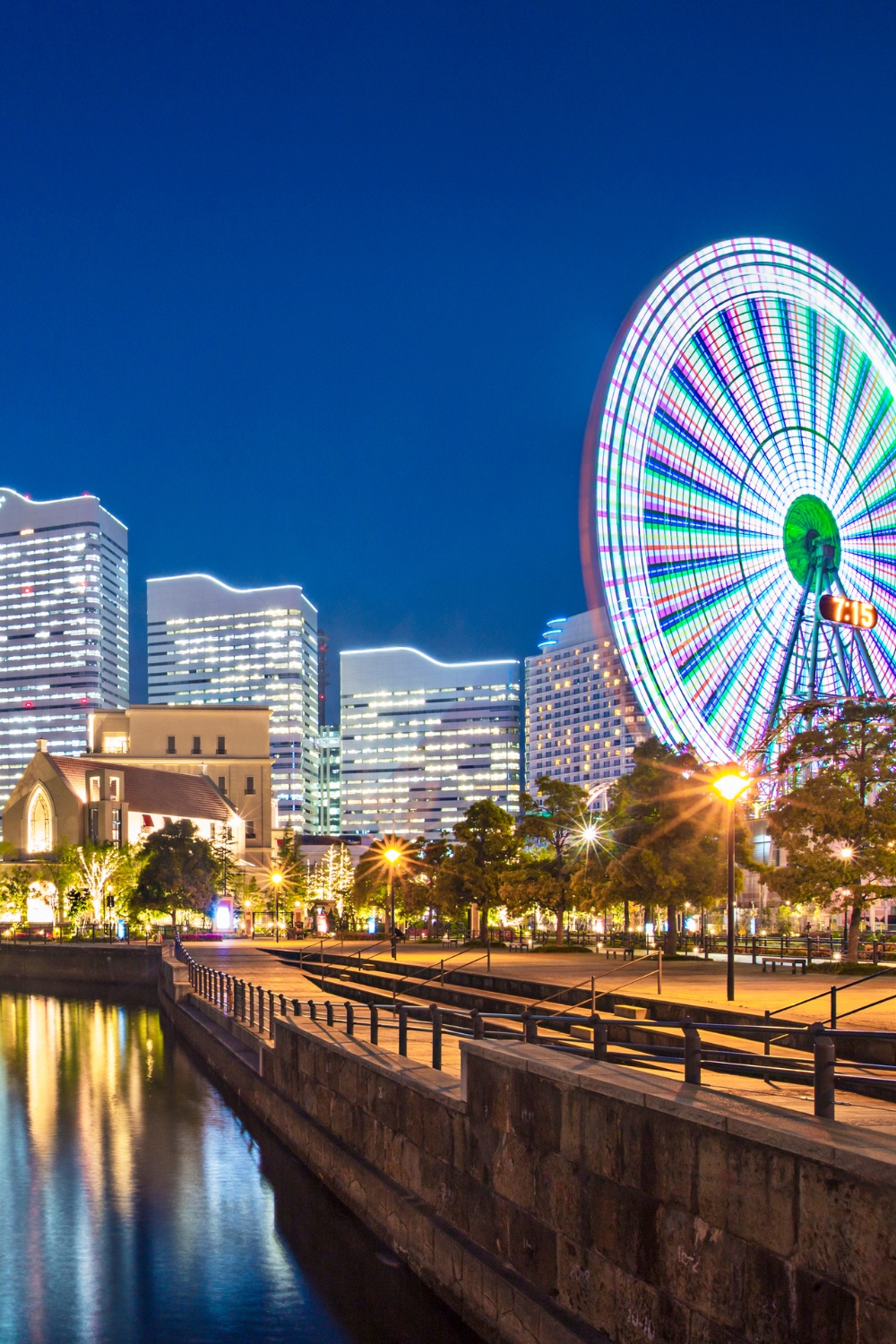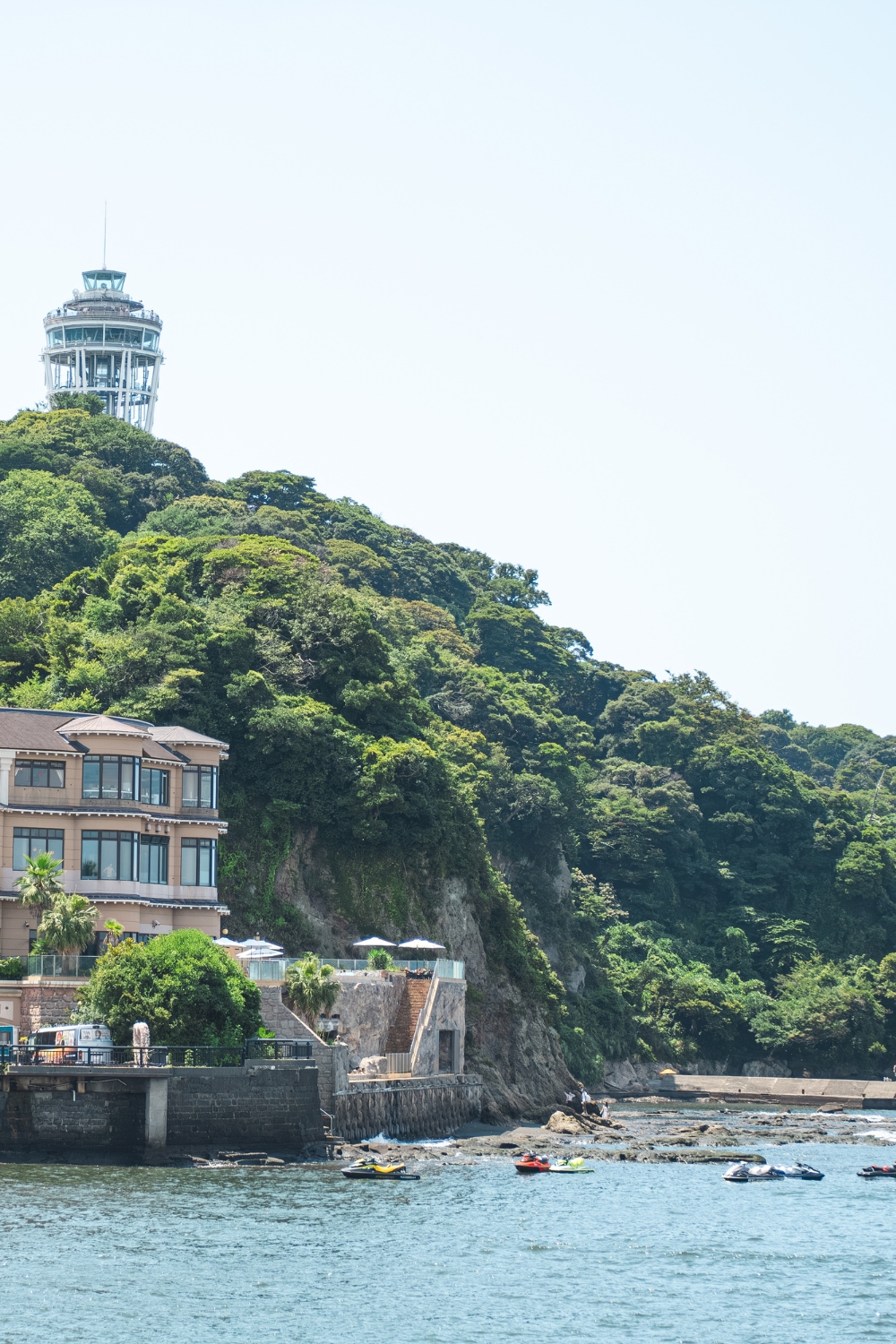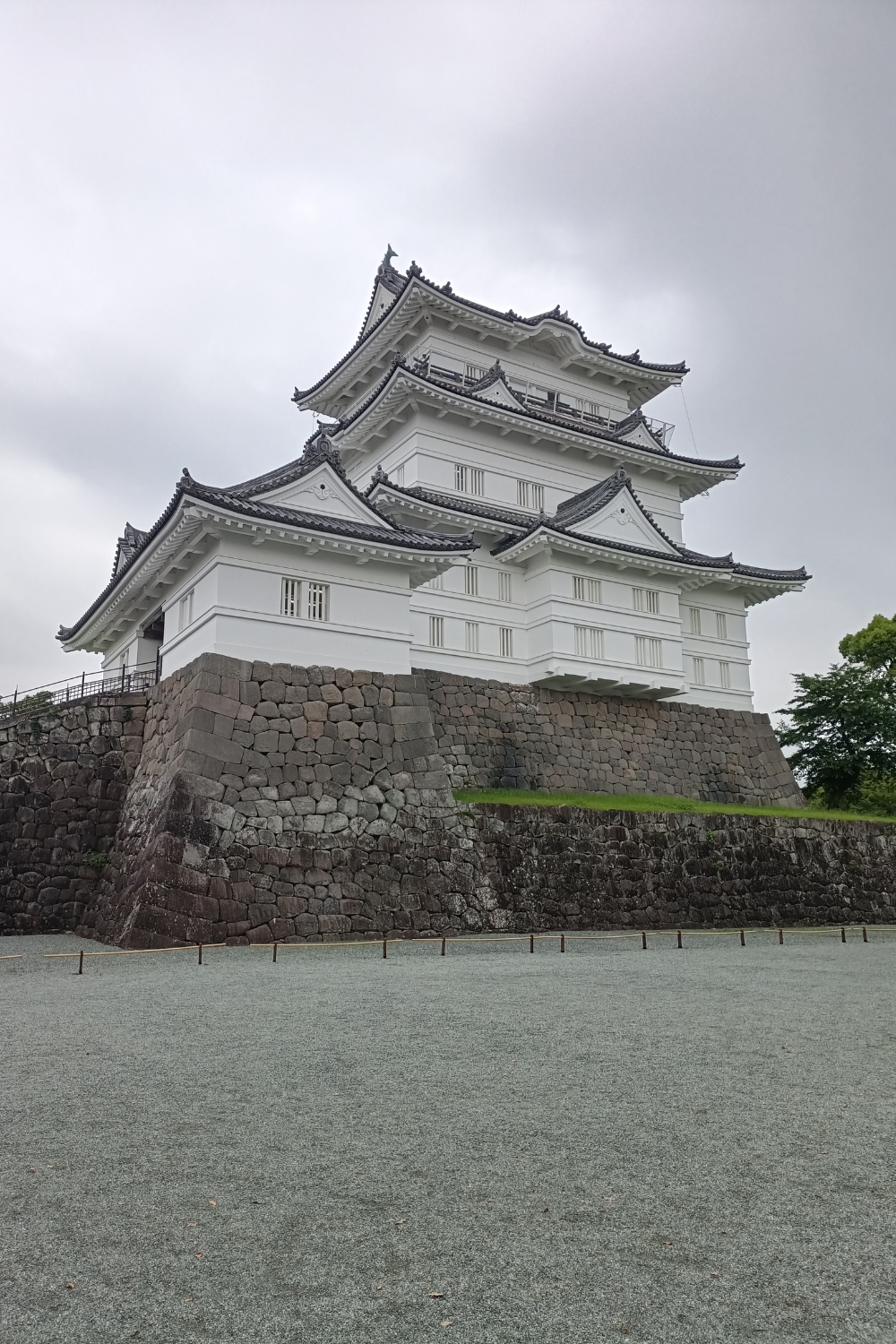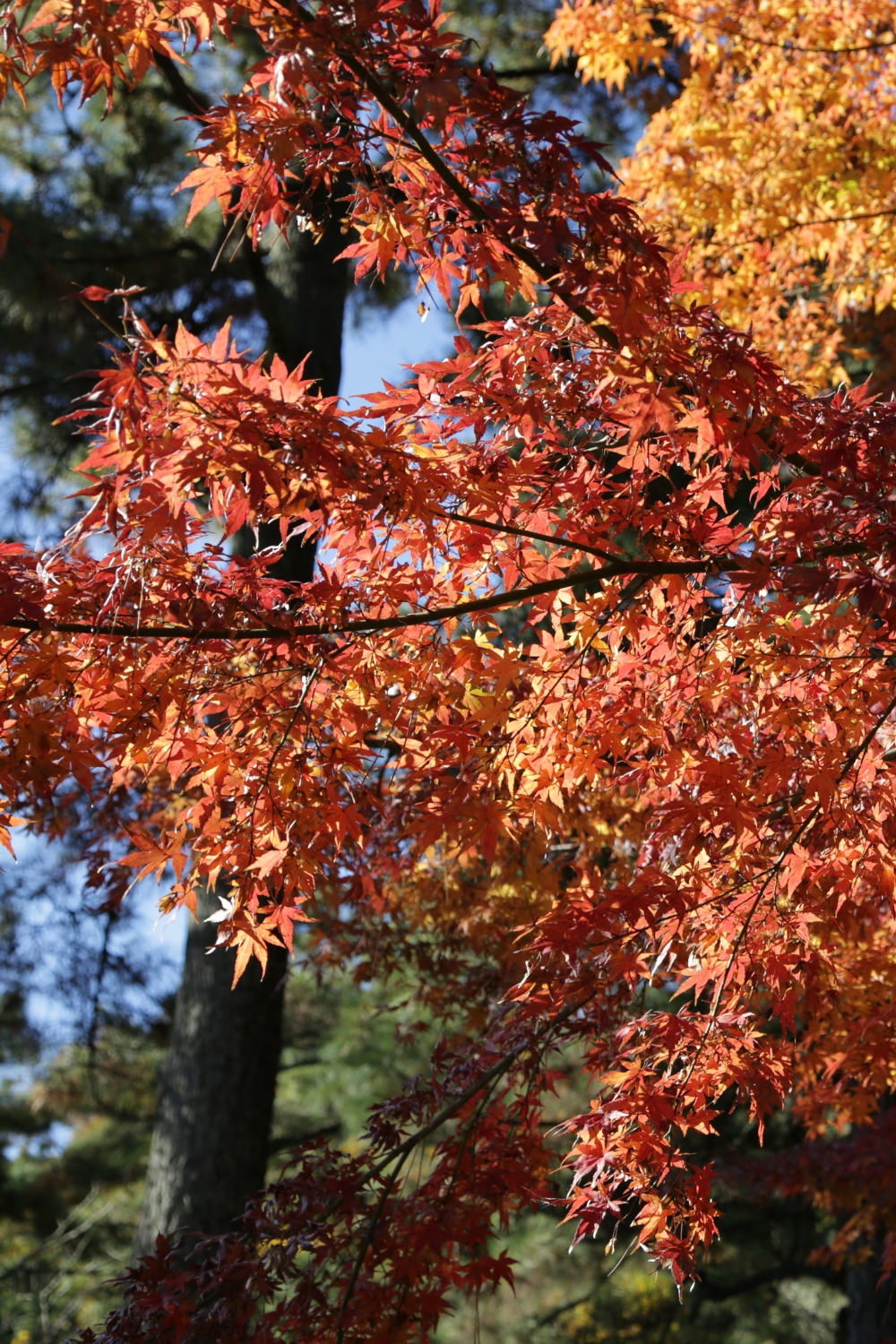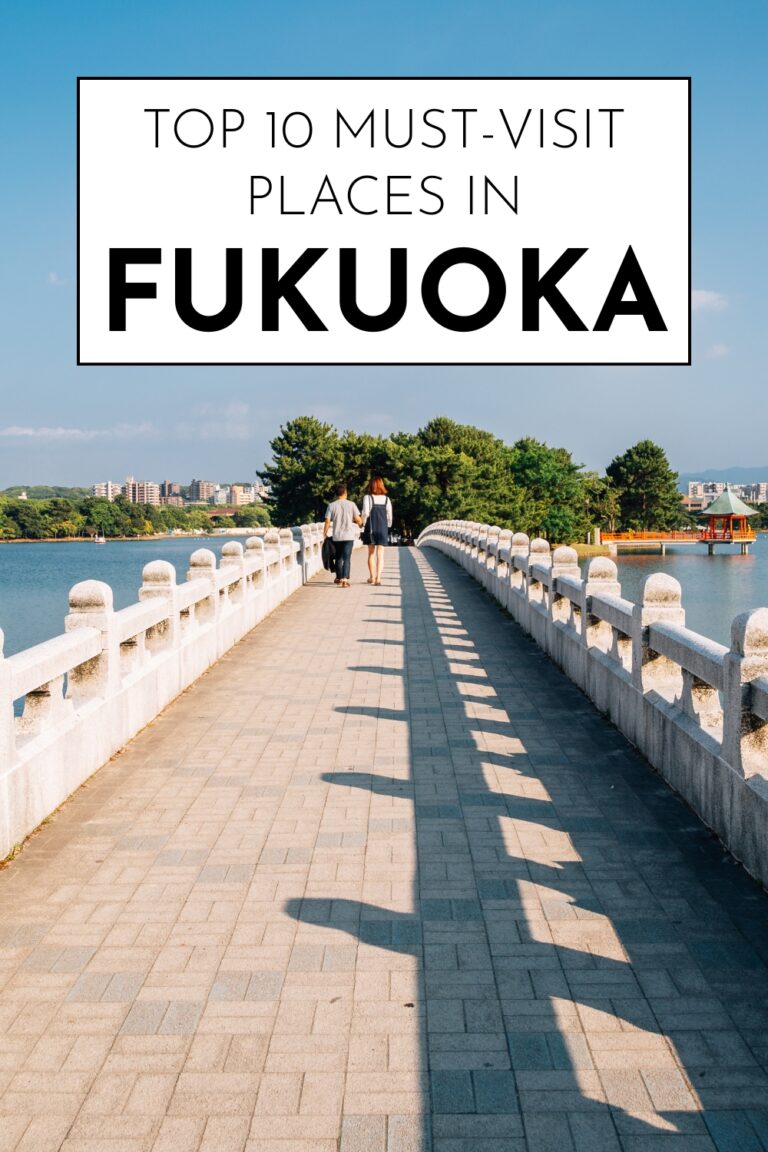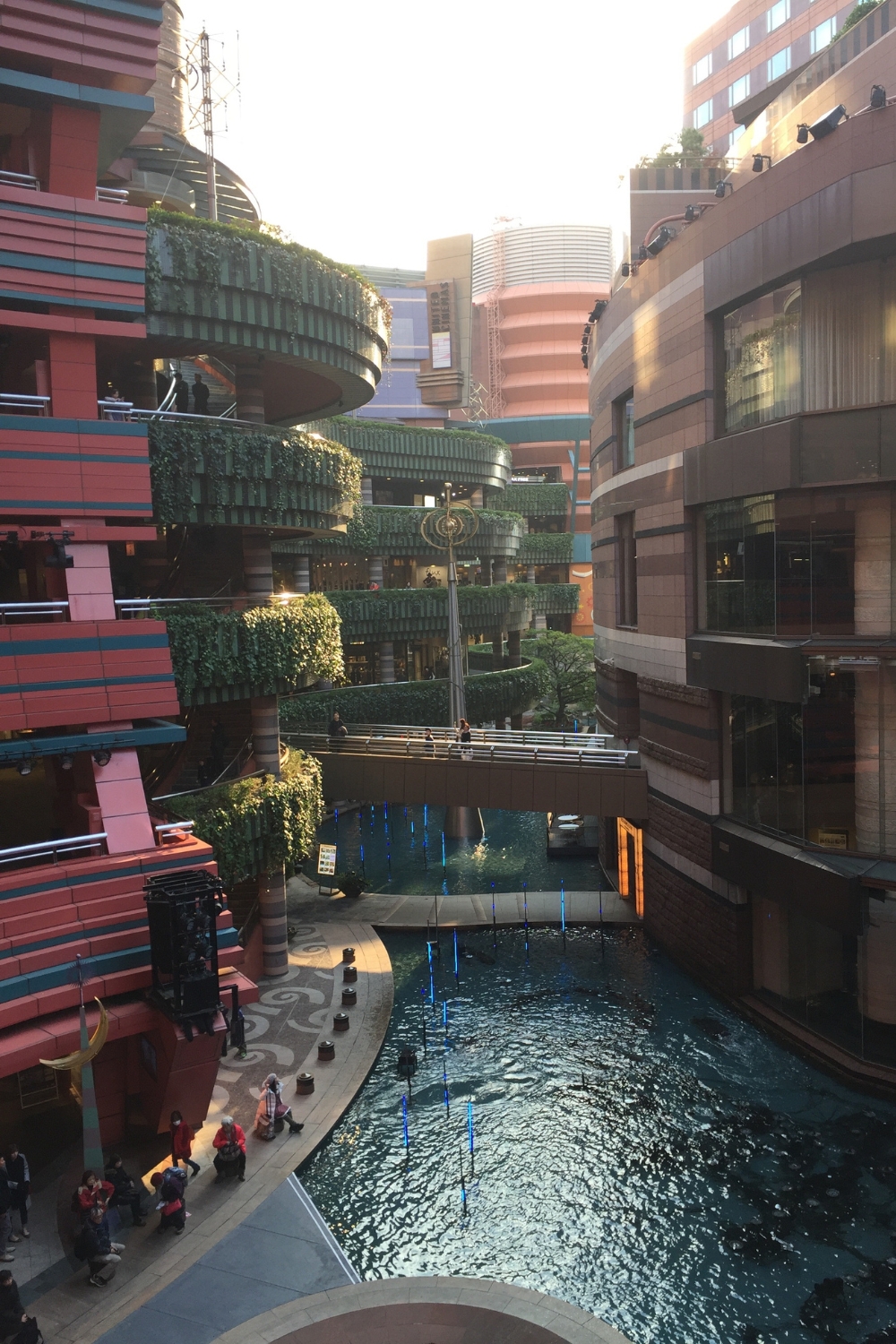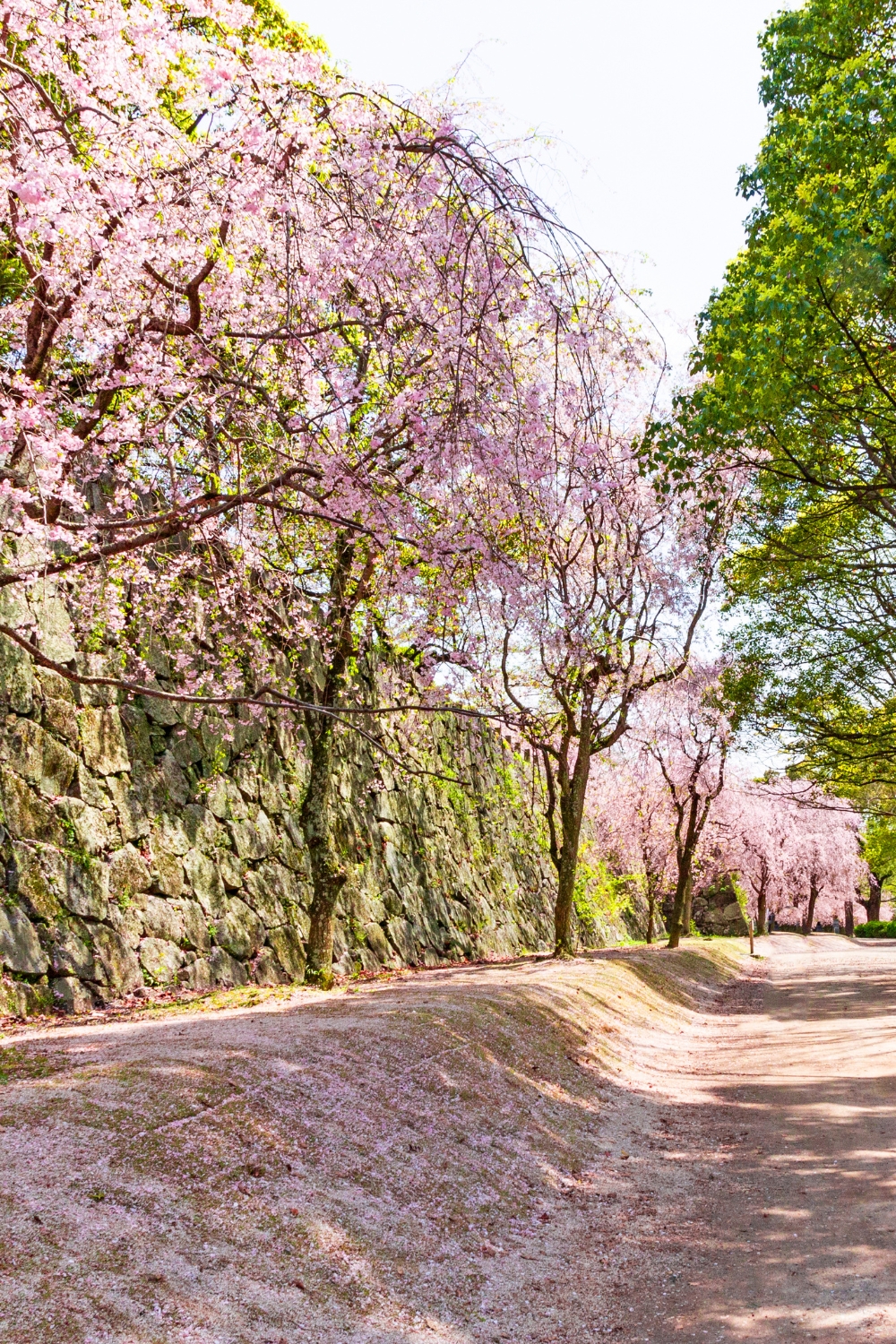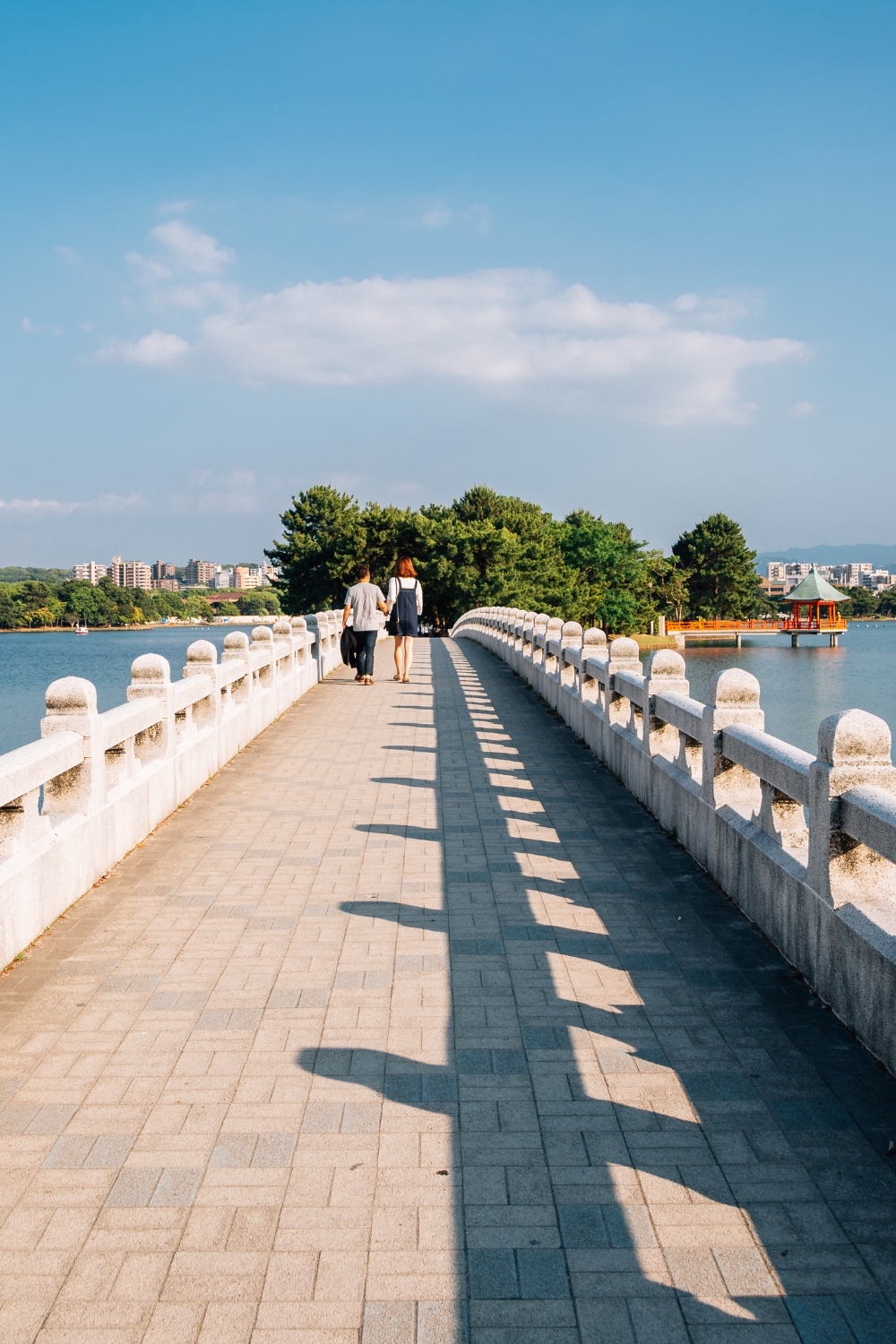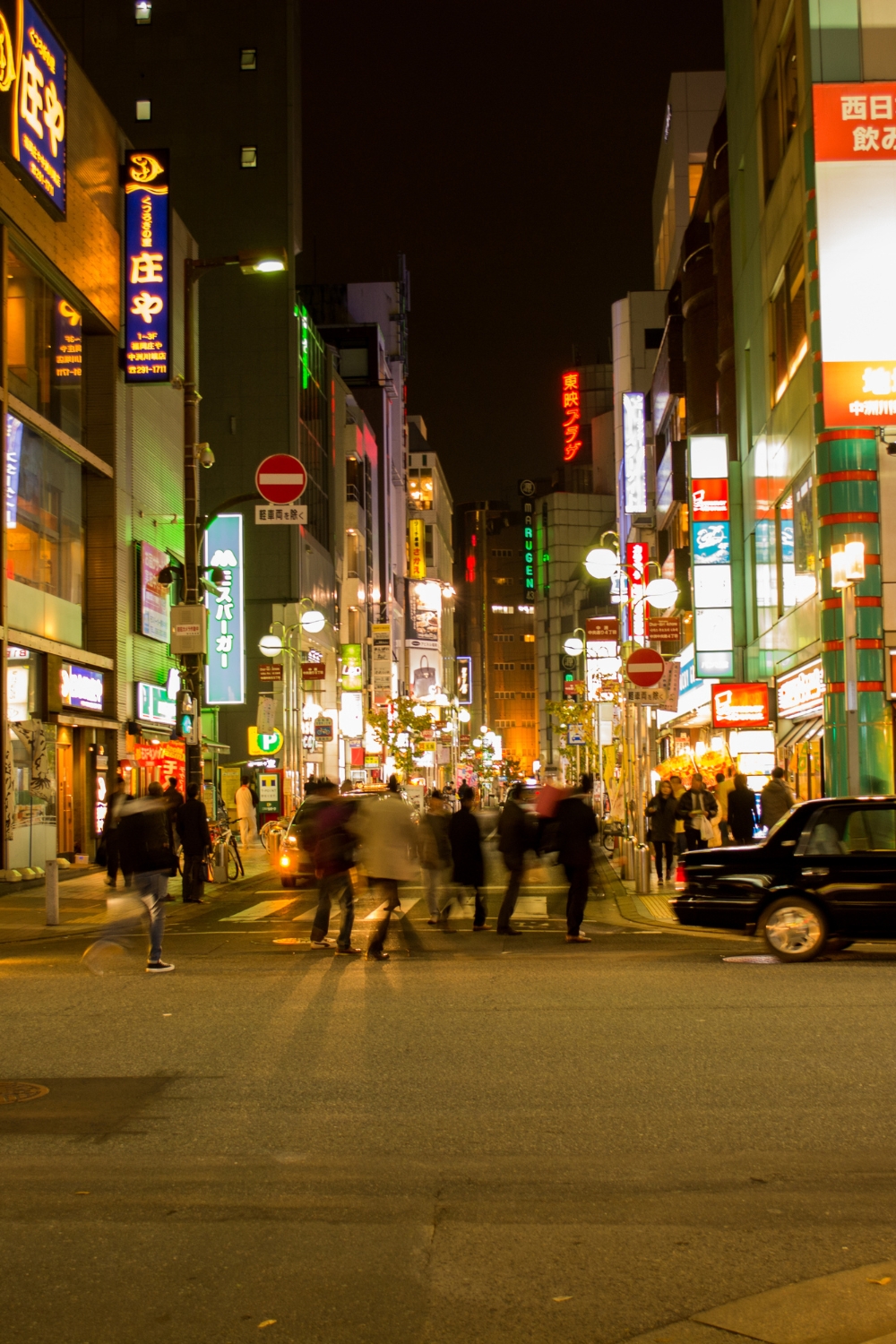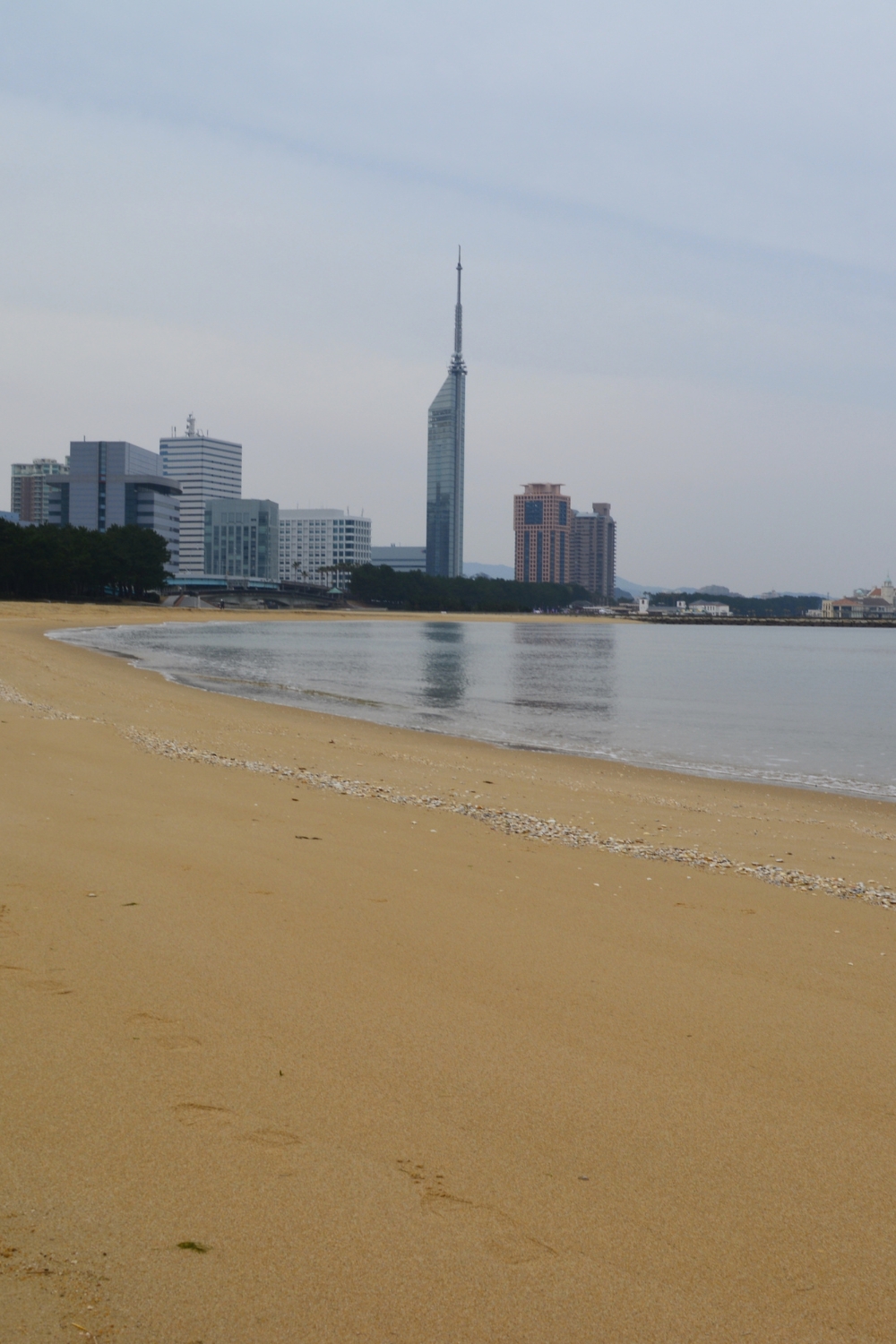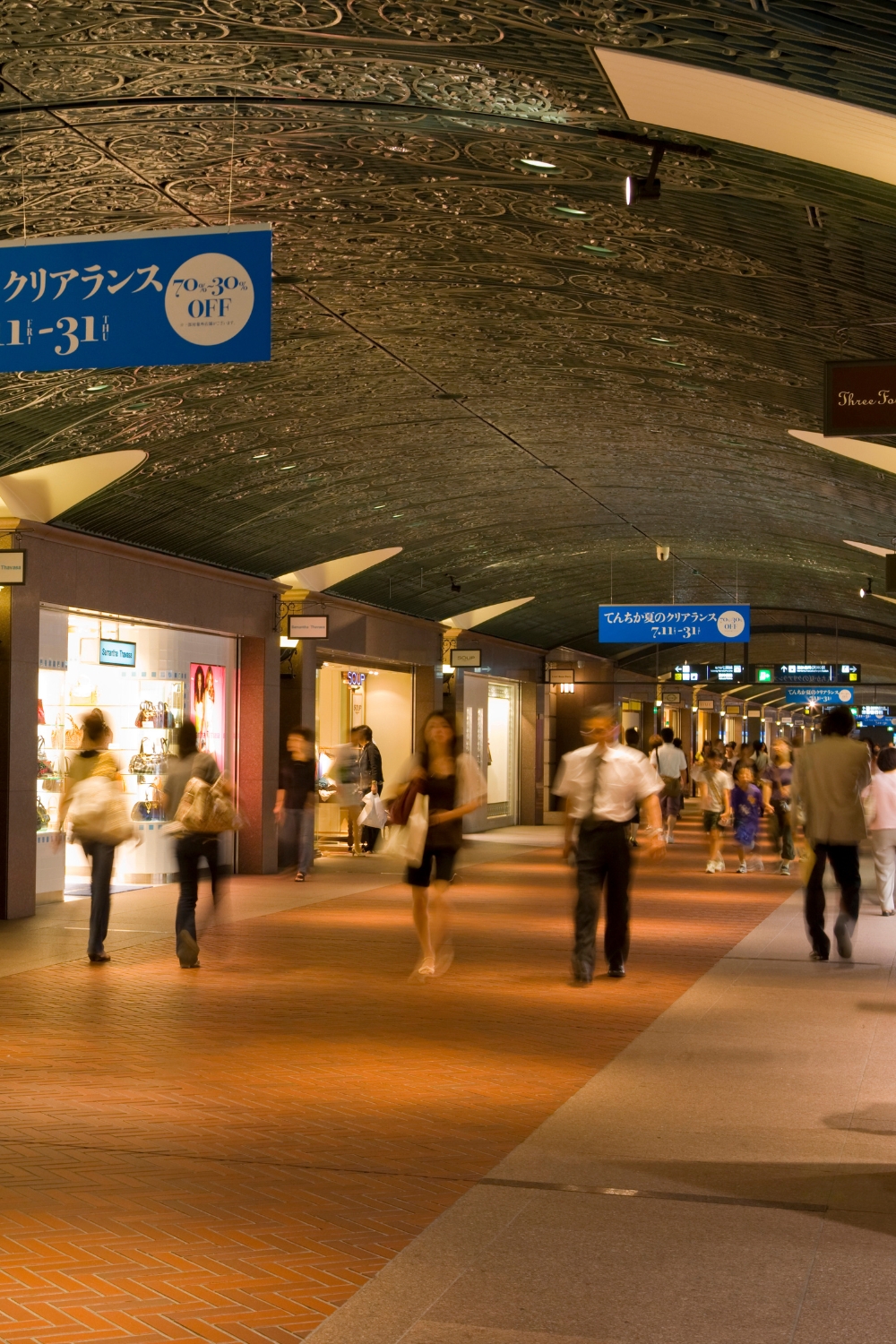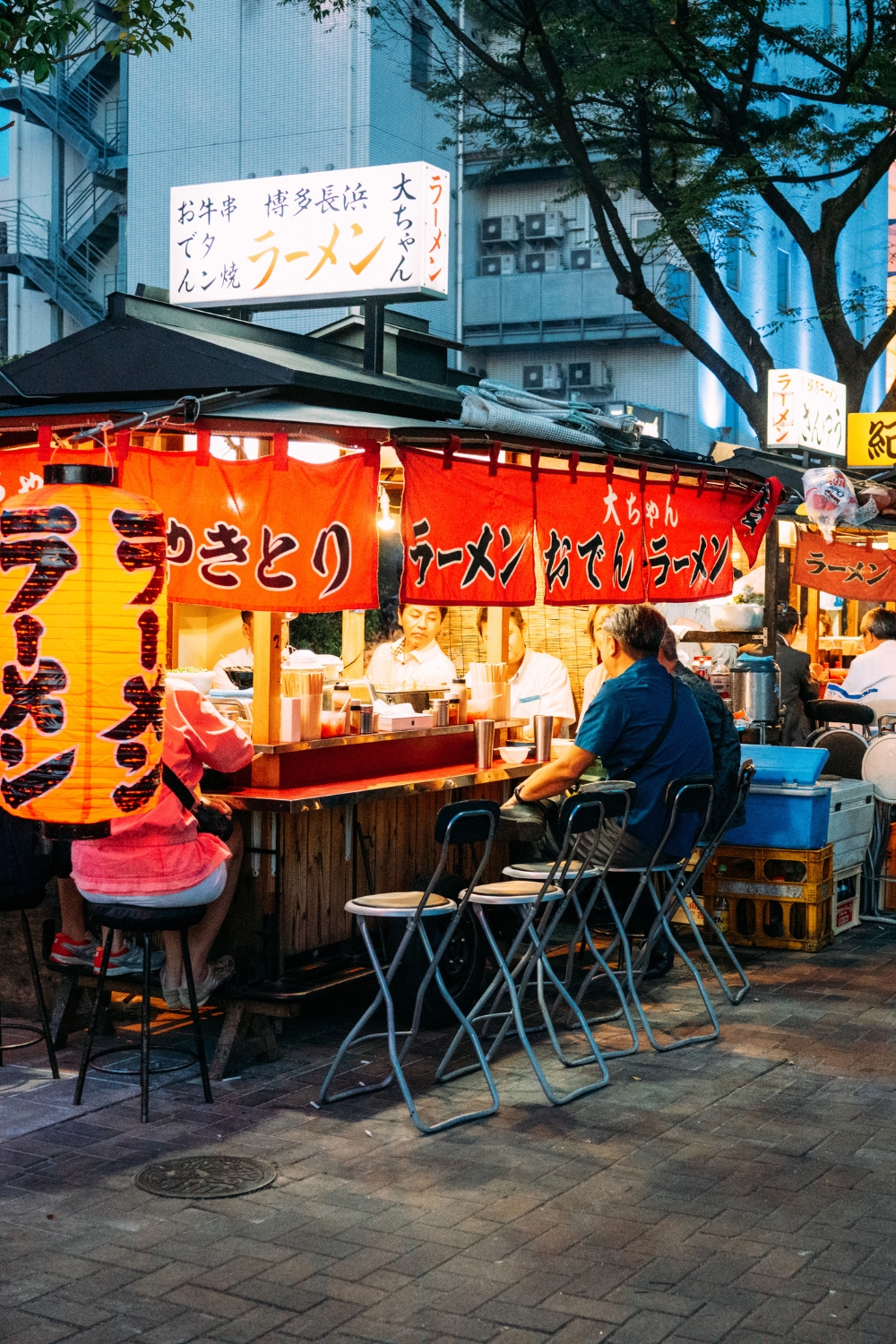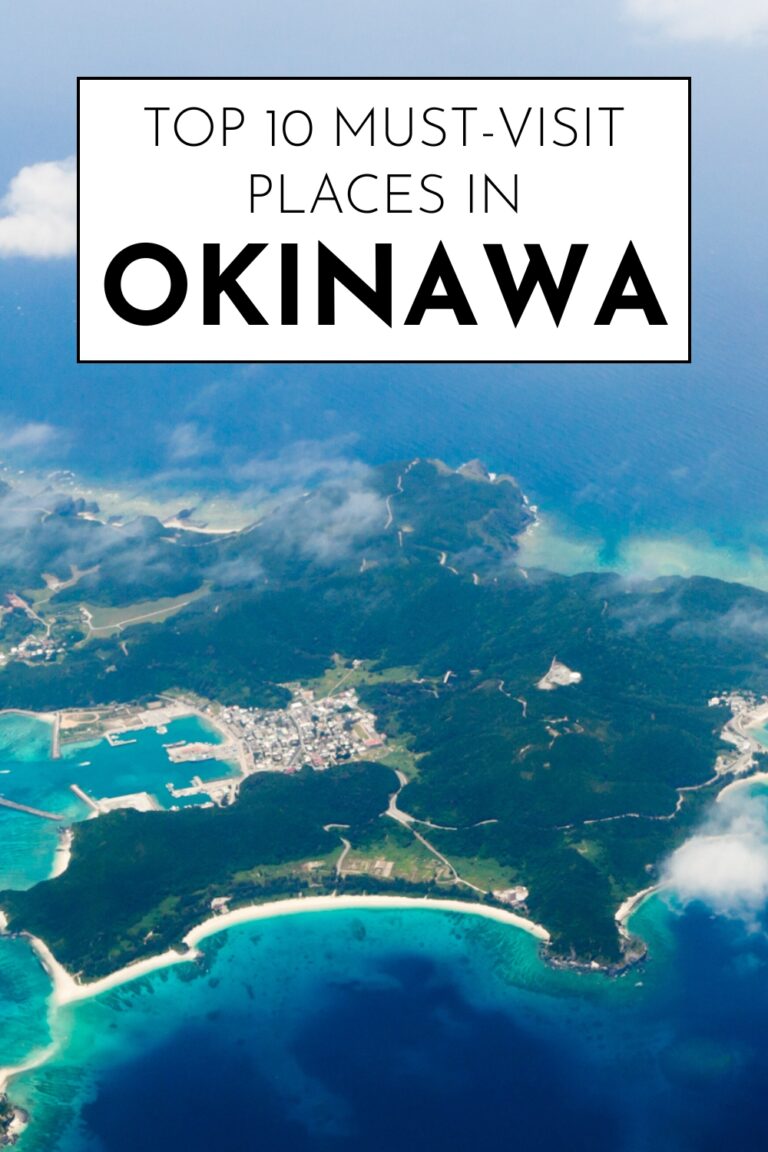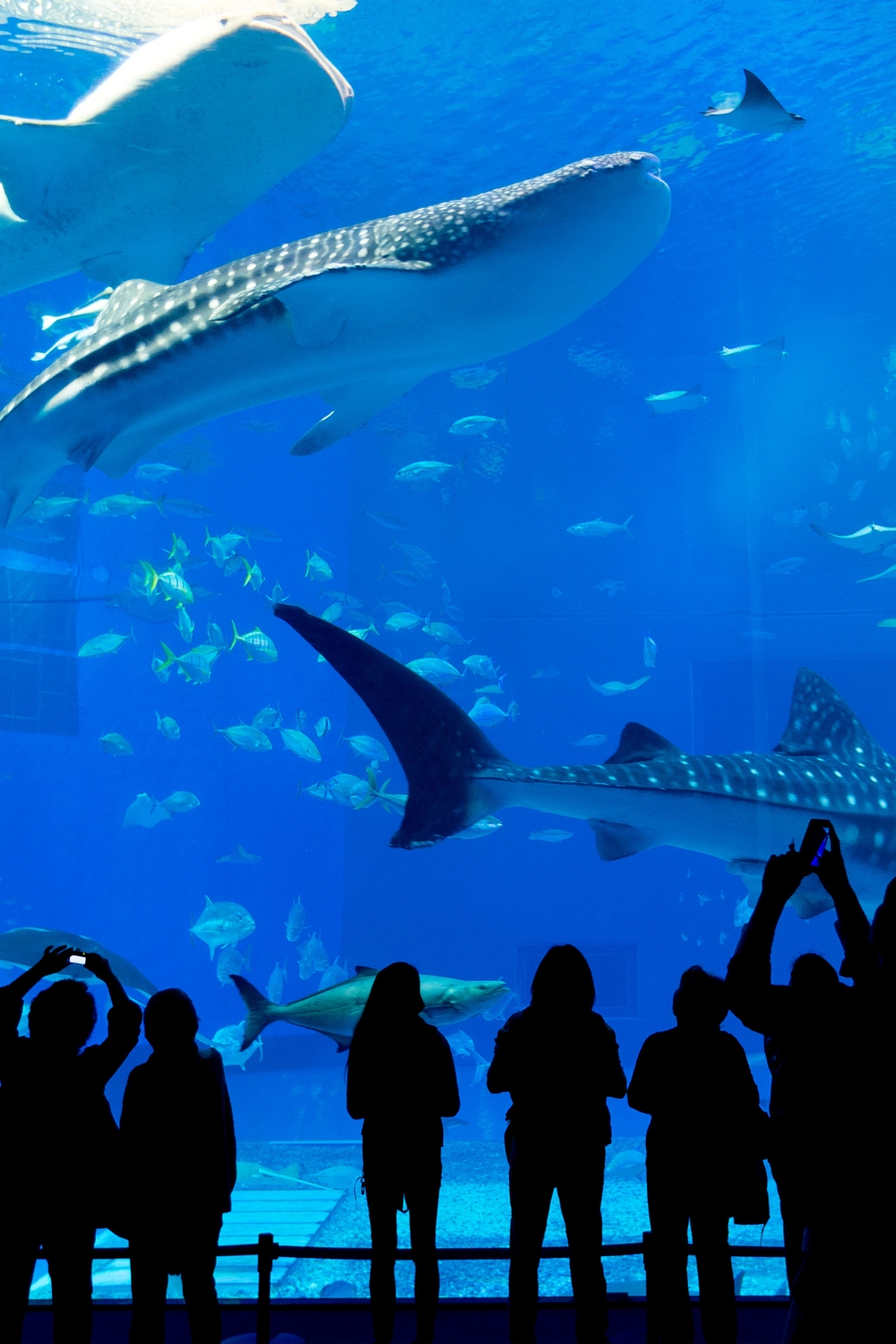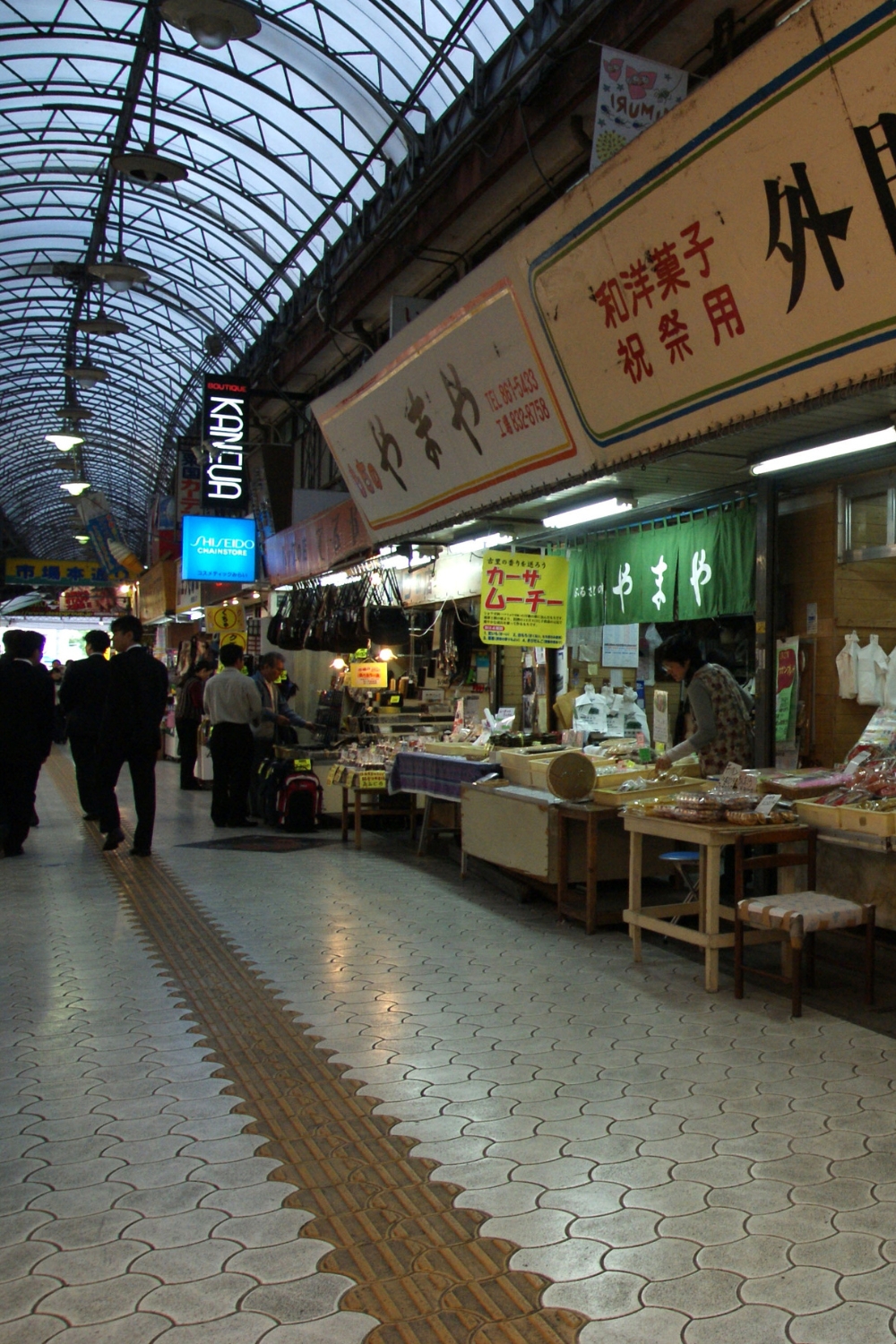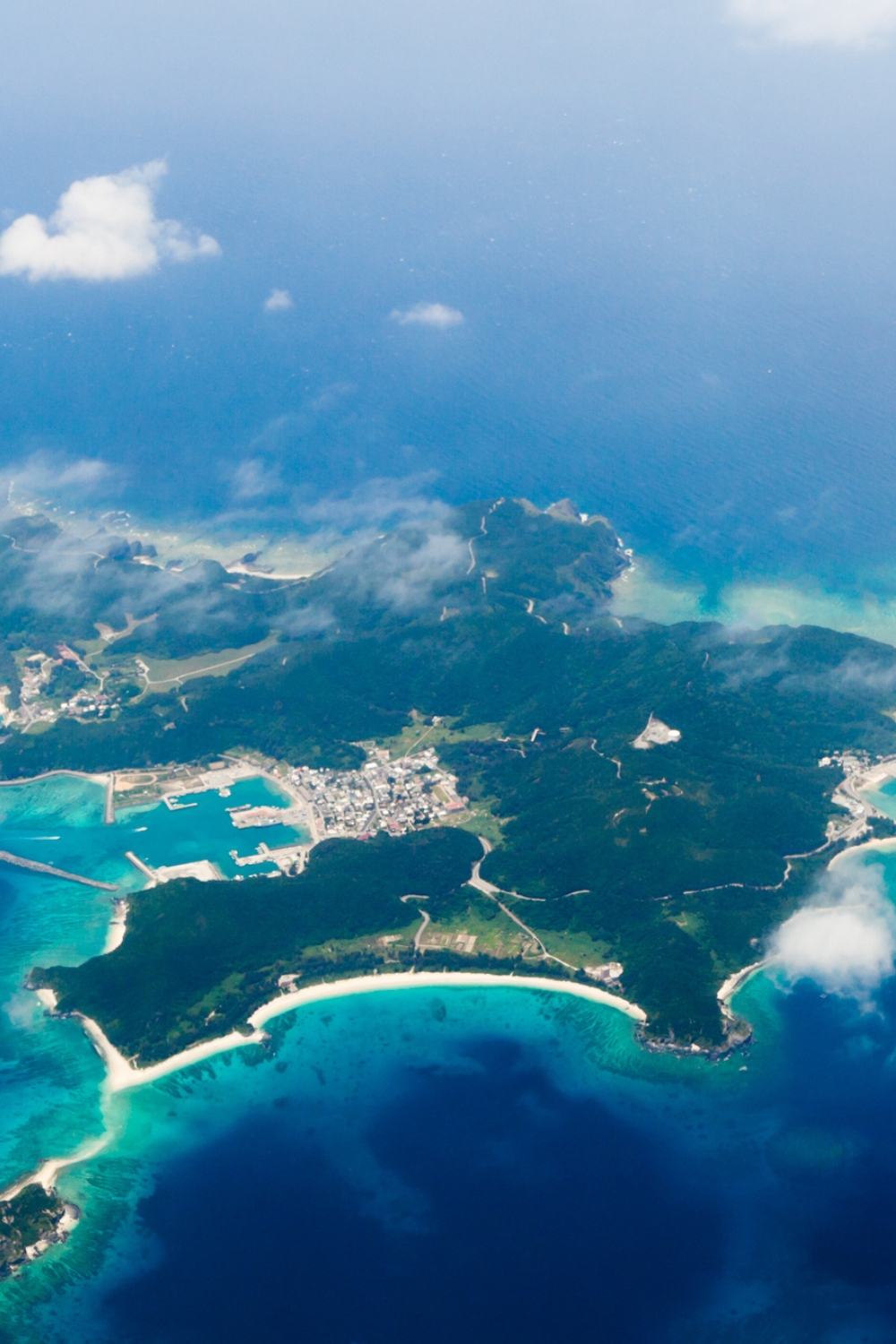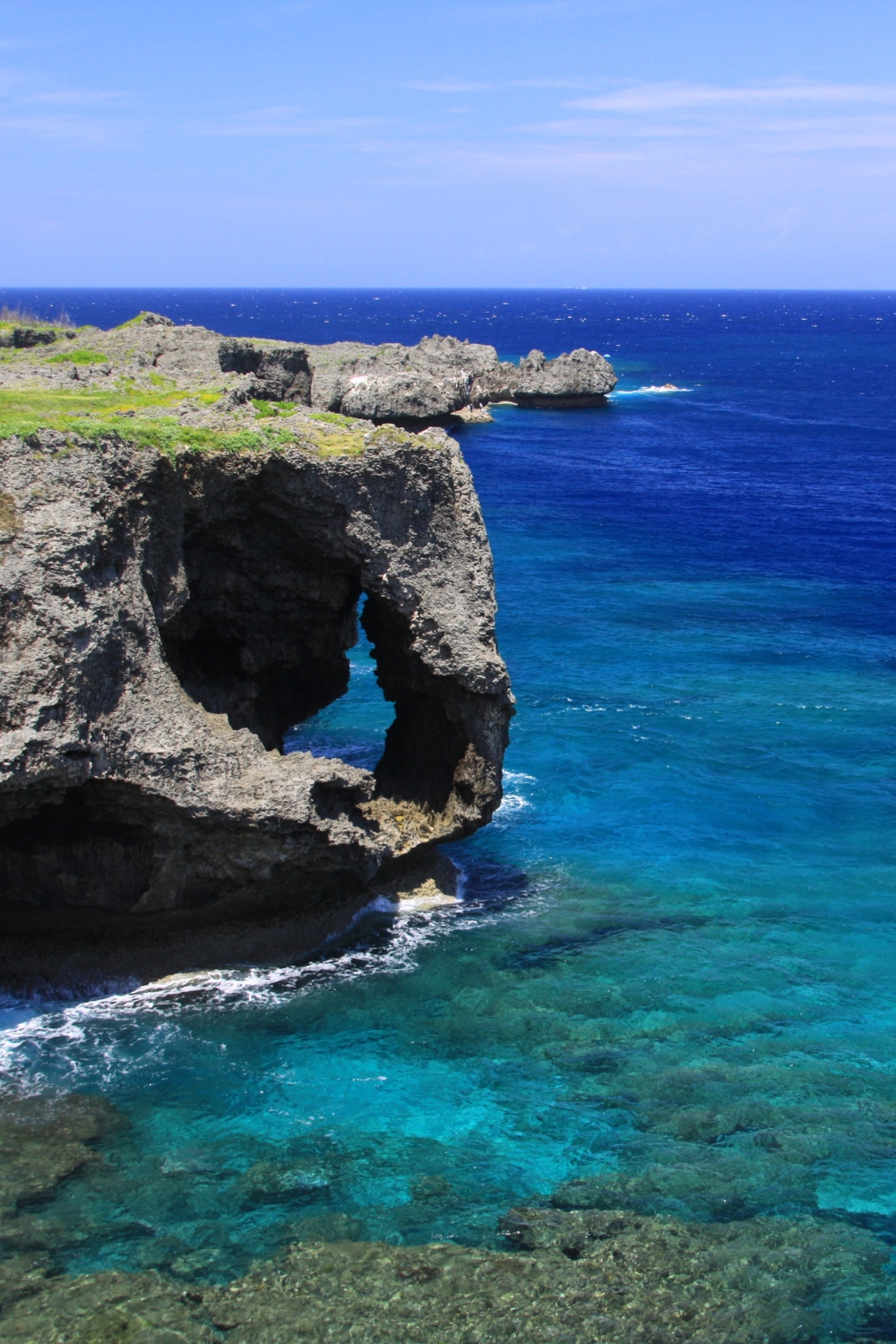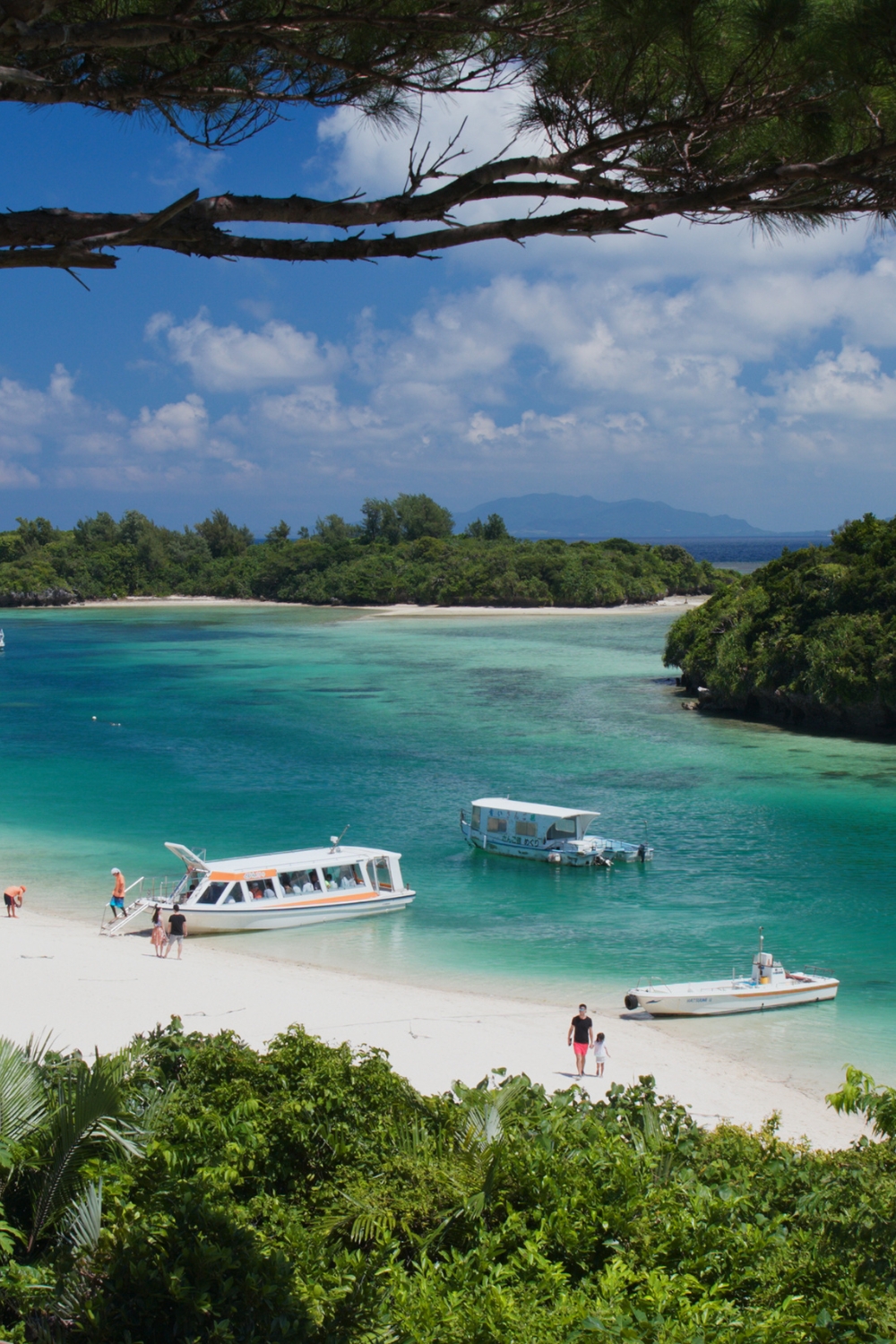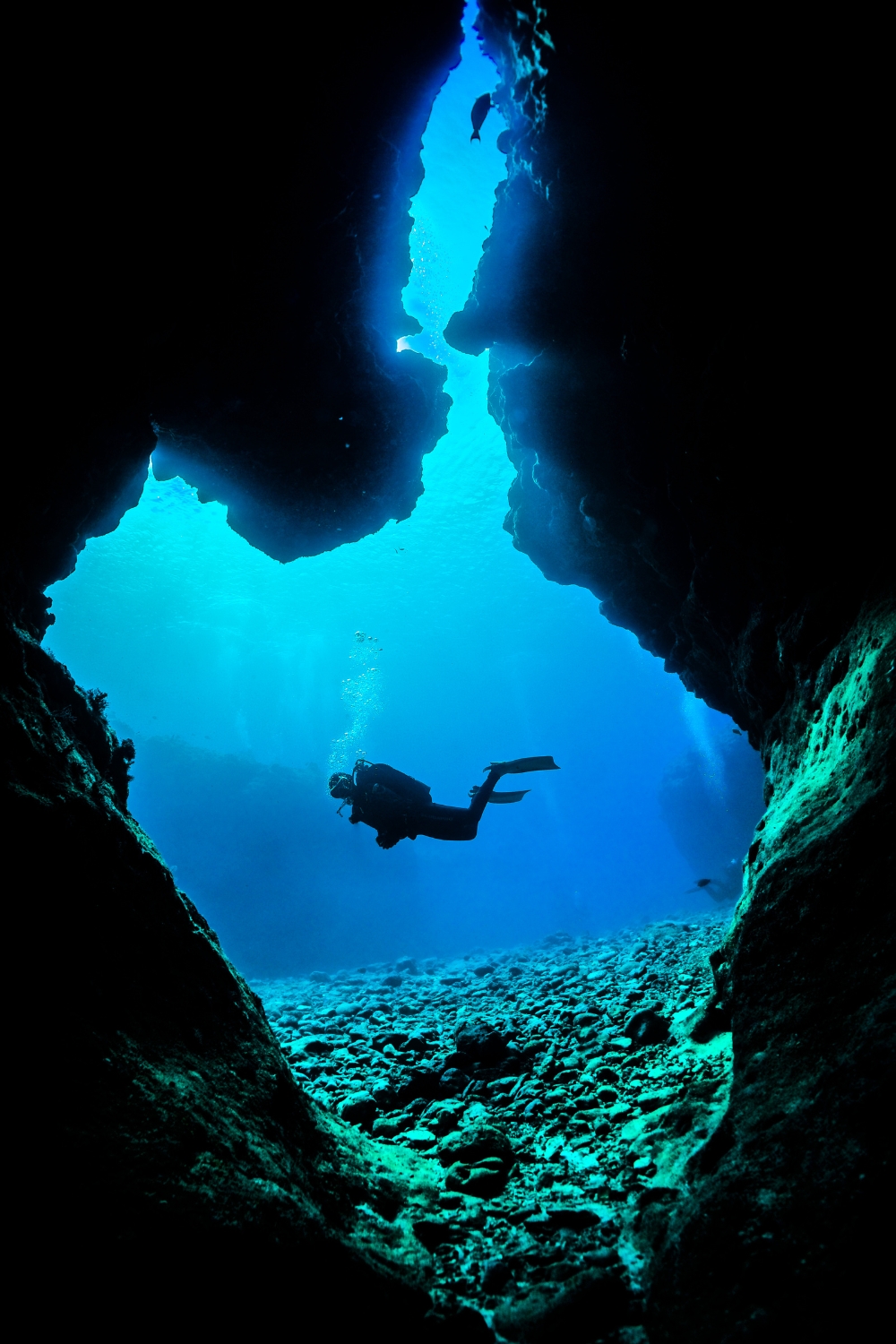South Korea’s coastal gem, Busan, stands as the country’s second-largest city and most important port. This vibrant metropolis perfectly balances modern urban development with rich cultural heritage, stunning beaches, and dramatic mountain landscapes. Located on the southeastern coast, Busan offers a refreshing alternative to Seoul’s metropolitan intensity while providing equally compelling attractions and experiences.
What sets Busan apart from other Korean cities is its unique seaside character. The city stretches along beautiful coastlines, creating a lifestyle that revolves around both mountains and sea. This geographical blessing has shaped Busan’s identity as a place where traditional Korean culture meets international influences, where ancient temples sit alongside modern skyscrapers, and where fresh seafood markets thrive next to contemporary art galleries.
Busan’s appeal extends far beyond its famous beaches. The city boasts colorful hillside villages, world-class museums, bustling traditional markets, and some of Korea’s most photogenic neighborhoods. Each district offers different experiences, from the artistic vibes of Gamcheon Culture Village to the spiritual serenity of Haedong Yonggungsa Temple.
The city’s international character stems from its role as Korea’s primary port and its proximity to Japan. This has created a cosmopolitan atmosphere where visitors can experience authentic Korean culture while enjoying international amenities and perspectives. Busan’s film festival, culinary scene, and creative districts reflect this dynamic blend of local and global influences.
Transportation within Busan is efficient and affordable, with an extensive subway system connecting major attractions. The city’s compact layout makes it possible to experience multiple highlights in a single day, while the variety of experiences encourages extended stays to fully appreciate everything Busan offers.
Let’s explore the ten essential destinations that showcase Busan’s diverse character and make it one of Asia’s most compelling urban destinations.
1. Gamcheon Culture Village – Korea’s Santorini
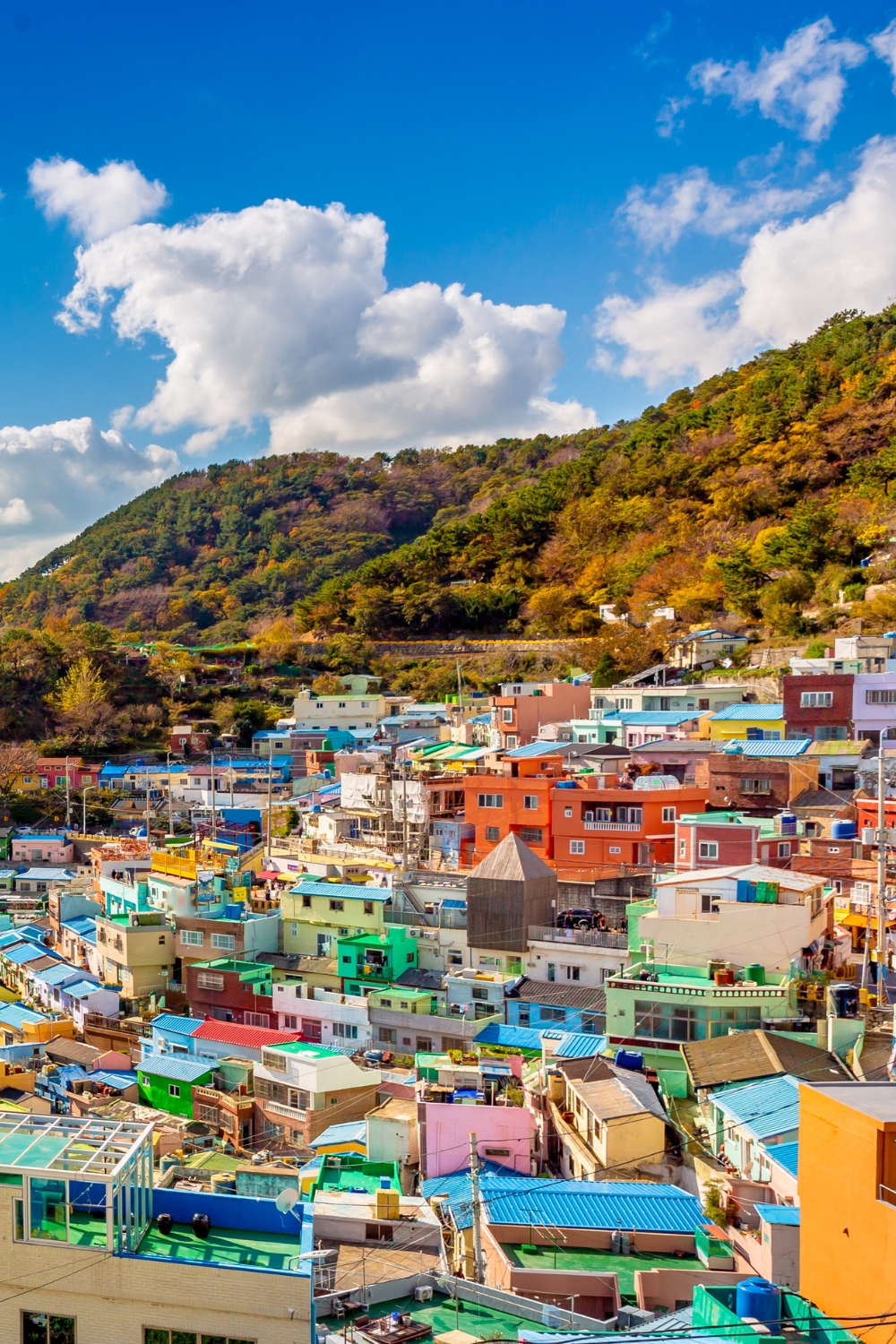
Gamcheon Culture Village has earned its nickname as “Korea’s Santorini” through its stunning hillside setting and vibrant artistic character. This former refugee settlement has transformed into one of Asia’s most Instagram-worthy neighborhoods, where colorful houses cascade down steep hillsides like a living art installation.
Artistic Transformation and Community Spirit
The village’s transformation began in 2009 when artists, residents, and students collaborated to revitalize the declining neighborhood through public art projects. Today, every corner reveals creative expressions from murals and sculptures to art galleries and craft workshops.
The narrow alleys wind between brightly painted houses, each turn revealing new artistic surprises. Local artists have created interactive installations that invite visitor participation, while community members have opened cafes, galleries, and shops that showcase local creativity.
Photography Paradise and Cultural Experience
The village offers countless photography opportunities with its rainbow-colored houses, artistic murals, and panoramic views over Busan’s harbor. The “Little Prince” statue and various themed photo spots have become iconic images representing modern Busan.
Beyond photography, the village provides authentic cultural experiences through art workshops, traditional craft demonstrations, and opportunities to interact with local artists and residents. The community’s welcoming spirit makes visitors feel like participants rather than just observers.
Best time to visit: Early morning or late afternoon for optimal lighting
Duration: 2-3 hours
Difficulty: Moderate (steep hills, walking required)
Access: Bus or taxi from Busan Station
2. Haeundae Beach – Urban Beach Paradise
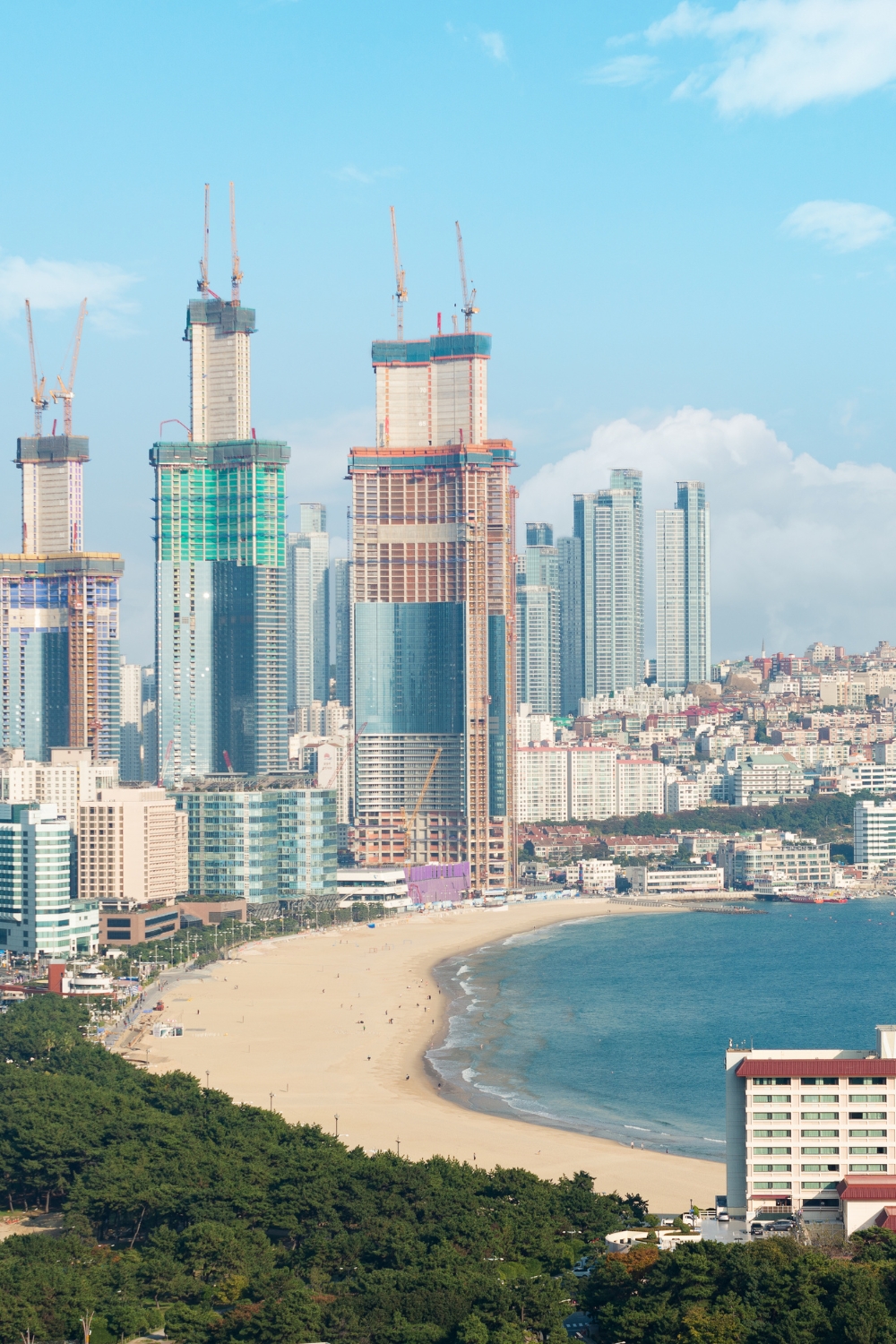
Haeundae Beach represents Busan’s most famous attraction and South Korea’s premier urban beach destination. This 1.5-kilometer stretch of golden sand attracts millions of visitors annually with its perfect blend of natural beauty and urban amenities.
Beach Culture and Activities
The beach offers excellent swimming conditions during summer months, with lifeguards, shower facilities, and equipment rentals readily available. The wide sandy beach provides space for volleyball, soccer, and various beach sports that create a lively atmosphere throughout the day.
Water sports enthusiasts can enjoy jet skiing, parasailing, and banana boat rides, while the beachfront promenade offers comfortable walking and cycling paths. The beach’s urban setting means restaurants, cafes, and convenience stores are never far away.
Nightlife and Entertainment District
As evening approaches, Haeundae transforms into one of Korea’s most vibrant nightlife destinations. The beachfront comes alive with street food vendors, live music performances, and beach bars that create a festival atmosphere.
The surrounding district features high-end shopping centers, luxury hotels, and international restaurants that cater to both Korean and international tastes. The area’s sophisticated entertainment options make it popular with both locals and tourists.
Best season: June-August for swimming, year-round for walking
Facilities: Full beach amenities, restaurants, shopping
Activities: Swimming, water sports, dining, nightlife
Accommodation: Luxury hotels to budget guesthouses
3. Jagalchi Fish Market – Seafood Capital
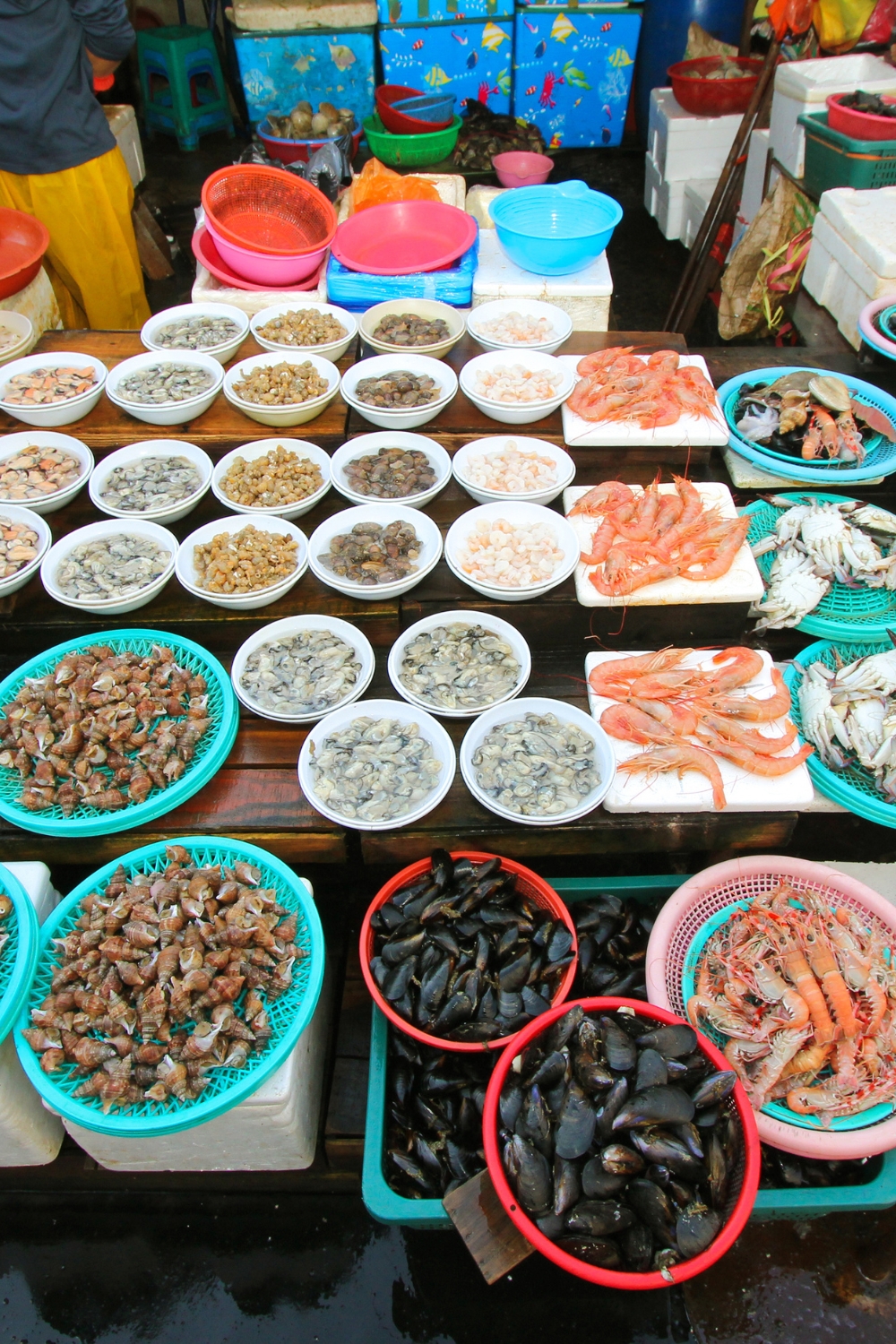
Jagalchi Fish Market stands as Korea’s largest seafood market and one of Busan’s most authentic cultural experiences. This bustling marketplace offers visitors direct access to the incredible variety of fresh seafood that defines Busan’s culinary identity.
Fresh Seafood and Market Experience
The market’s ground floor showcases an incredible array of fresh fish, shellfish, and other marine products caught daily by local fishing fleets. Vendors, traditionally called “jagalchi ajumma” (market ladies), expertly present their seafood while providing enthusiastic recommendations and preparation suggestions.
Live fish tanks contain everything from common fish varieties to exotic sea creatures, creating an aquarium-like atmosphere. The market’s authentic Korean atmosphere provides cultural immersion that tourist attractions cannot replicate.
Dining and Culinary Adventures
The market’s upper floors house restaurants where visitors can have their purchased seafood prepared immediately. This “catch and cook” experience ensures maximum freshness while providing authentic Korean seafood preparation methods.
Popular dishes include raw fish (hoe), grilled seafood, seafood stew, and various Korean seafood specialties. The market’s restaurants offer both traditional Korean seating and standard tables, accommodating different comfort levels.
Operating hours: Daily 5 AM – 10 PM
Best for: Fresh seafood, cultural experience, authentic dining
Language: Basic English, Korean phrases helpful
Payment: Cash preferred, some cards accepted
4. Haedong Yonggungsa Temple – Seaside Spirituality
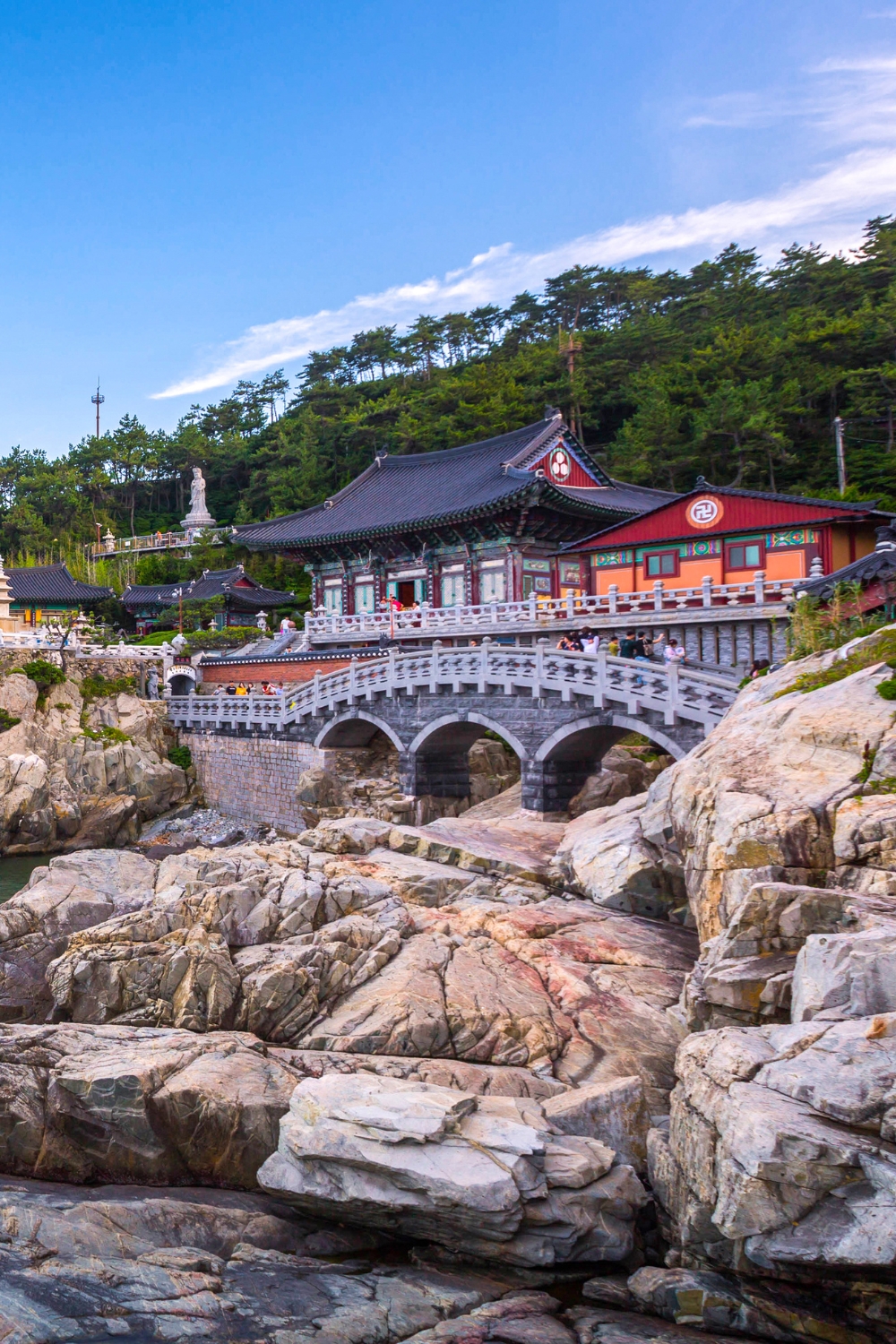
Haedong Yonggungsa Temple offers one of Korea’s most unique temple experiences, built dramatically on coastal cliffs where waves crash against ancient stone structures. This rare seaside temple provides spiritual serenity combined with spectacular ocean views.
Coastal Temple Architecture
Unlike most Korean temples located in mountains, Haedong Yonggungsa sits directly on the coastline, creating a unique architectural relationship with the sea. The temple’s structures are built into and around natural rock formations, creating harmony between human construction and natural landscape.
The main temple buildings overlook the ocean, while prayer halls and meditation spaces are positioned to take advantage of the sound and rhythm of waves. This integration of water elements into spiritual practice creates a distinctly different temple atmosphere.
Spiritual Experience and Scenic Beauty
The temple remains an active place of worship where visitors can observe Buddhist ceremonies and practices. The ocean setting creates a meditative atmosphere enhanced by the natural sounds of waves and sea breezes.
Sunrise visits offer particularly spectacular experiences, with the temple’s golden roofs illuminated against the ocean horizon. The temple’s positioning makes it one of Korea’s most photographed religious sites, but the spiritual atmosphere remains authentic and peaceful.
Best time: Early morning for sunrise, less crowded
Activities: Temple exploration, photography, meditation
Dress code: Respectful attire required
Access: Bus from Haeundae Beach area
5. Busan Tower and Yongdusan Park – City Panorama
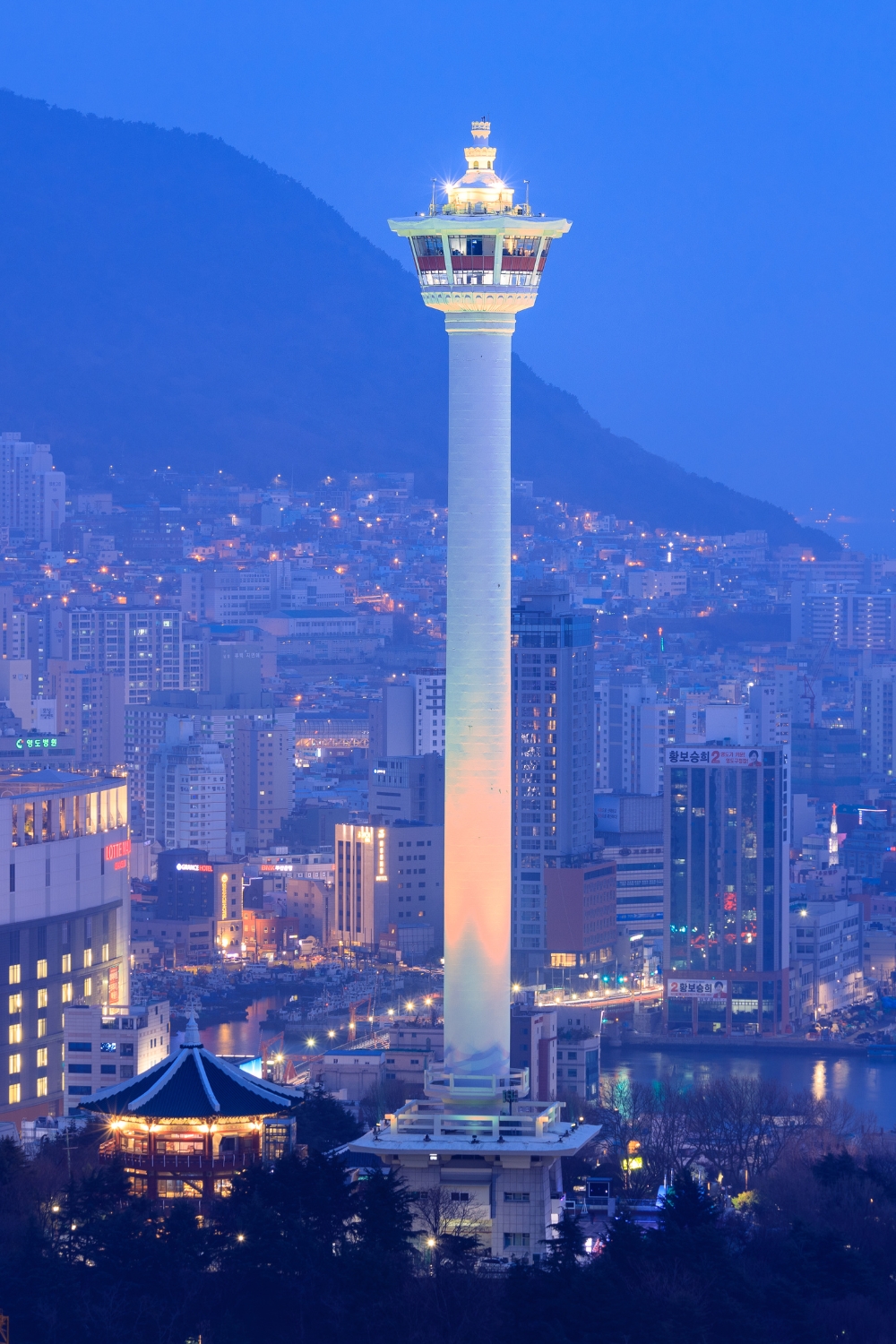
Busan Tower, standing 120 meters tall in Yongdusan Park, provides the city’s best panoramic views and serves as a central landmark visible from throughout the metropolitan area. This observation tower offers visitors comprehensive views of Busan’s urban landscape, harbor, and surrounding mountains.
Panoramic Views and Photography
The tower’s observation deck provides 360-degree views encompassing Busan’s entire urban area. Visitors can see the busy port activities, mountain ranges, beach areas, and urban developments that define the city’s character.
Day and night visits offer completely different experiences. Daytime views reveal the city’s geographic layout and natural setting, while evening views showcase Busan’s illuminated cityscape and harbor lights creating a spectacular urban panorama.
Park Setting and Cultural Activities
Yongdusan Park surrounding the tower provides a peaceful green space in the city center with walking paths, cultural monuments, and recreational facilities. The park often hosts cultural events, festivals, and performances that showcase local traditions.
The park’s central location makes it easily accessible from major tourist areas and shopping districts. Various food vendors and cafes within the park provide refreshments while enjoying the elevated city views.
Tower height: 120 meters
Operating hours: 10 AM – 10 PM daily
Entry fee: Reasonable admission charge
Best for: City views, photography, orientation to Busan
6. Gukje Market and BIFF Square – Shopping Heritage
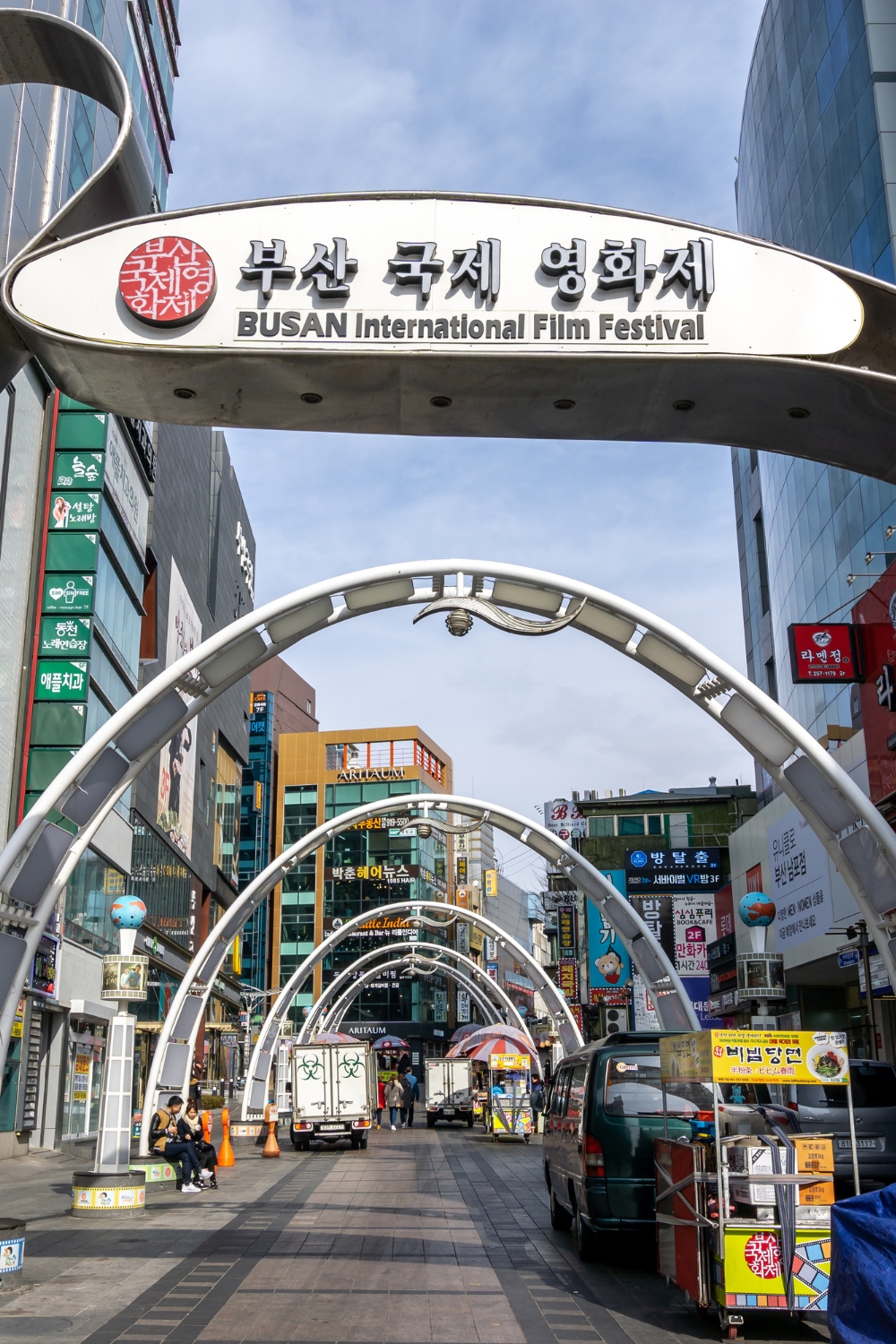
Gukje Market represents Busan’s most traditional shopping experience, where visitors can explore Korea’s largest traditional market while discovering unique local products, street food, and cultural experiences that have remained unchanged for decades.
Traditional Market Experience
The market’s maze-like alleys contain hundreds of small shops selling everything from traditional Korean goods to modern fashion items. The authentic market atmosphere provides cultural immersion where bargaining is expected and vendors take pride in their specialized products.
Local specialties include Korean textiles, traditional crafts, ginseng products, and various items difficult to find elsewhere. The market’s authentic character attracts both locals and tourists seeking genuine Korean shopping experiences.
Street Food and Culinary Discoveries
The market’s food section offers some of Busan’s best street food, including local specialties like ssiat hotteok (seed-filled pancakes), eomuk (fish cake), and various regional snacks. Food vendors have perfected their recipes over generations, creating authentic flavors.
BIFF Square (Busan International Film Festival Square) adjacent to the market features additional dining options and represents Busan’s growing international cultural scene. The area combines traditional market culture with modern entertainment.
Operating hours: Most shops 9 AM – 8 PM
Best for: Traditional shopping, street food, cultural experience
Language: Basic Korean phrases helpful
Payment: Cash preferred, bargaining common
7. Taejongdae Park – Natural Coastal Beauty

Taejongdae Park showcases Busan’s natural coastal beauty through dramatic cliffs, lighthouse views, and forest trails that provide escape from urban environments. This natural park at Busan’s southern tip offers some of the city’s most spectacular ocean views.
Dramatic Coastal Scenery
The park’s rugged coastline features towering cliffs that drop dramatically into the ocean, creating viewpoints that reveal the power and beauty of Korea’s southern coast. Various observation platforms provide safe viewing of the dramatic seascape.
The historic lighthouse stands as a landmark offering panoramic ocean views and photo opportunities. The lighthouse area provides excellent vantage points for watching ships enter and leave Busan’s busy harbor.
Nature Trails and Recreation
Well-maintained trails wind through the park’s forested areas, providing opportunities for hiking, bird watching, and nature photography. The trails accommodate different fitness levels, from easy walks to more challenging hikes.
The park’s train service (Danubi Train) provides convenient transportation between major attractions for visitors who prefer not to walk the entire area. This makes the park accessible to families and visitors with limited mobility.
Size: Large coastal park
Activities: Hiking, sightseeing, photography, lighthouse visits
Transportation: Public bus or park train service
Best season: Spring and fall for comfortable weather
8. Beomeosa Temple – Mountain Spirituality
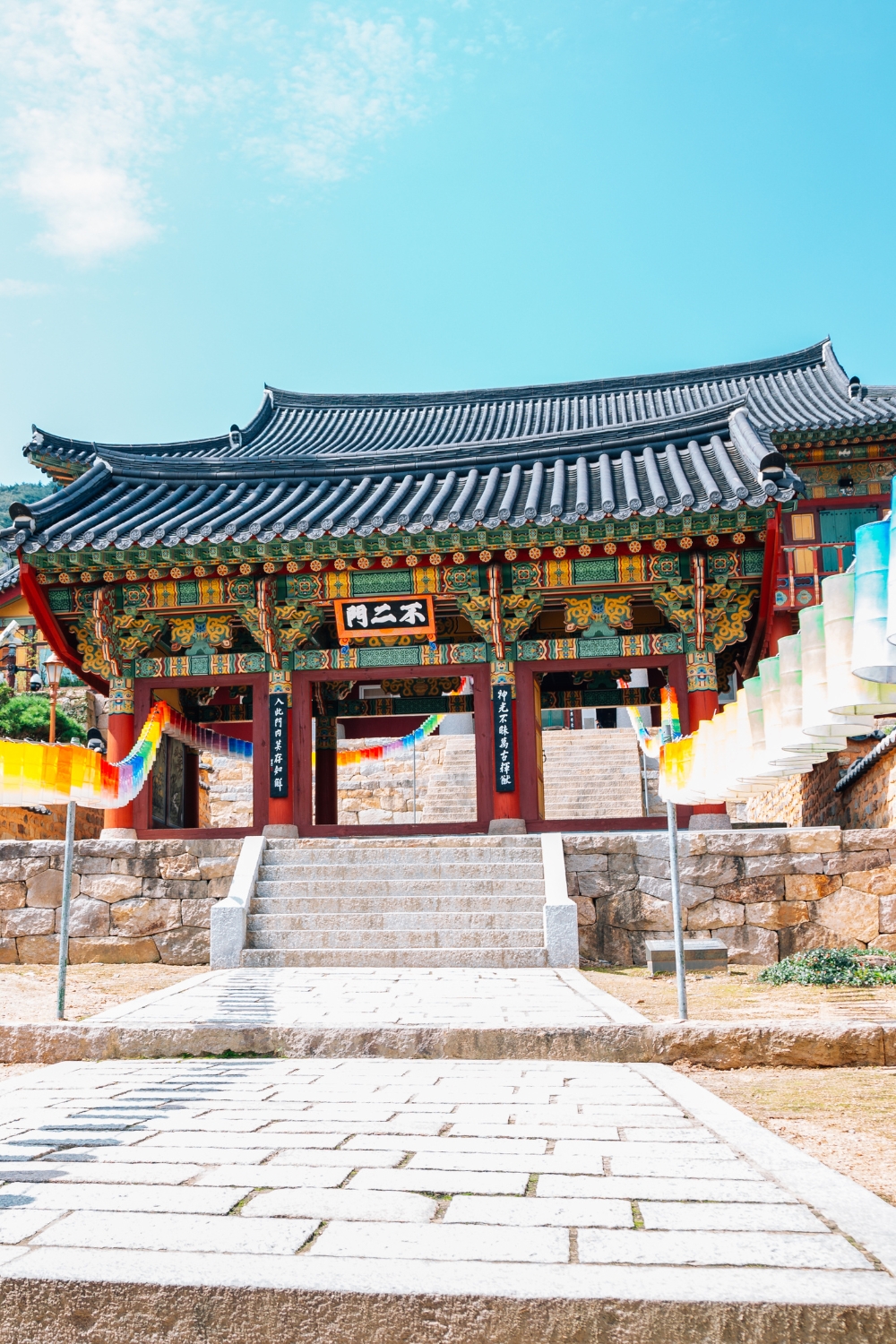
Beomeosa Temple, nestled in the mountains north of Busan, represents one of Korea’s most important Buddhist temples and offers visitors authentic spiritual experiences in a pristine natural setting. This ancient temple provides contrast to Busan’s urban energy through its peaceful mountain atmosphere.
Ancient History and Buddhist Heritage
Founded in 678 AD, Beomeosa Temple has over 1,300 years of continuous Buddhist practice and cultural preservation. The temple’s ancient buildings, artifacts, and traditions provide insight into Korean Buddhism’s development and cultural significance.
The temple complex includes multiple halls, pagodas, and meditation spaces that demonstrate traditional Korean Buddhist architecture. Many structures are designated cultural treasures, reflecting their historical and artistic importance.
Mountain Setting and Spiritual Experience
The temple’s location in Geumjeongsan Mountain provides natural beauty that enhances spiritual contemplation. Ancient trees, mountain streams, and forest paths create an atmosphere conducive to meditation and reflection.
Visitors can observe daily Buddhist ceremonies, participate in temple stays, or simply enjoy the peaceful atmosphere. The temple’s active monastic community maintains authentic Buddhist practices while welcoming respectful visitors.
Founded: 678 AD
Location: Geumjeongsan Mountain
Activities: Temple tours, meditation, cultural learning
Access: Subway and bus connections available
9. Gwangalli Beach and Diamond Bridge – Urban Sophistication
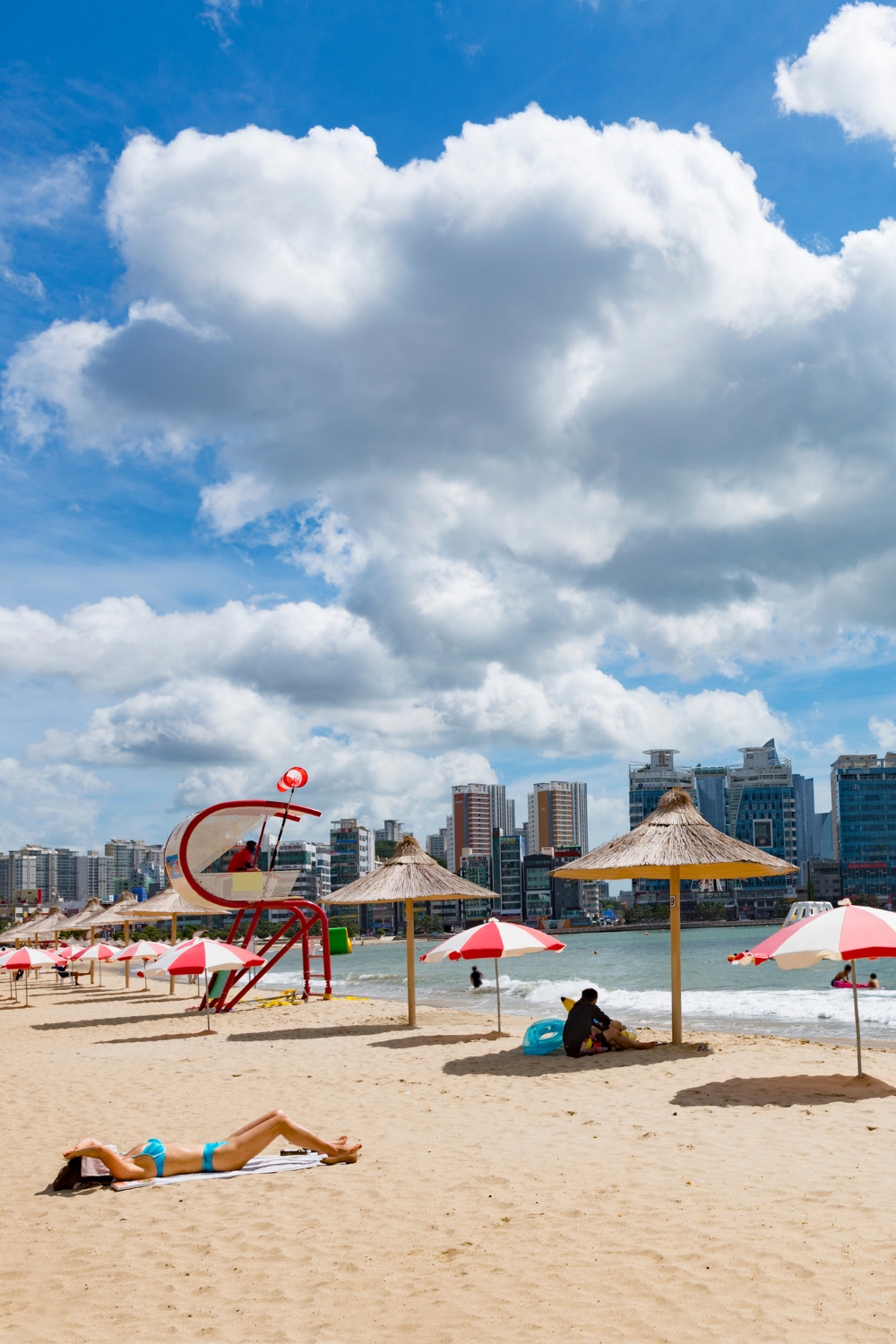
Gwangalli Beach offers a more sophisticated beach experience compared to Haeundae, with the iconic Gwangan Bridge (Diamond Bridge) creating one of Korea’s most recognizable nighttime cityscapes. This area combines beach relaxation with urban sophistication.
Beach Atmosphere and Activities
Gwangalli Beach provides a more relaxed and less crowded alternative to Haeundae while maintaining excellent facilities and amenities. The beach’s urban setting includes high-quality restaurants, cafes, and entertainment venues that cater to sophisticated tastes.
The beach is popular for evening strolls, with the illuminated bridge creating a romantic atmosphere. Various water sports and beach activities are available, though the focus is more on relaxation and social activities than intensive recreation.
Diamond Bridge Views and Nightlife
The Gwangan Bridge’s nighttime illumination creates spectacular views that have become iconic images of modern Busan. The bridge’s LED light displays change seasonally and for special events, creating dynamic visual experiences.
The beachfront area comes alive in the evening with numerous restaurants, bars, and cafes offering bridge views. The sophisticated nightlife scene attracts both locals and tourists seeking upscale entertainment options.
Best time: Evening for bridge illumination
Atmosphere: Sophisticated, romantic, urban
Activities: Beach walks, dining, nightlife, photography
Dining: High-quality restaurants and cafes
10. UN Memorial Cemetery – Historical Reflection
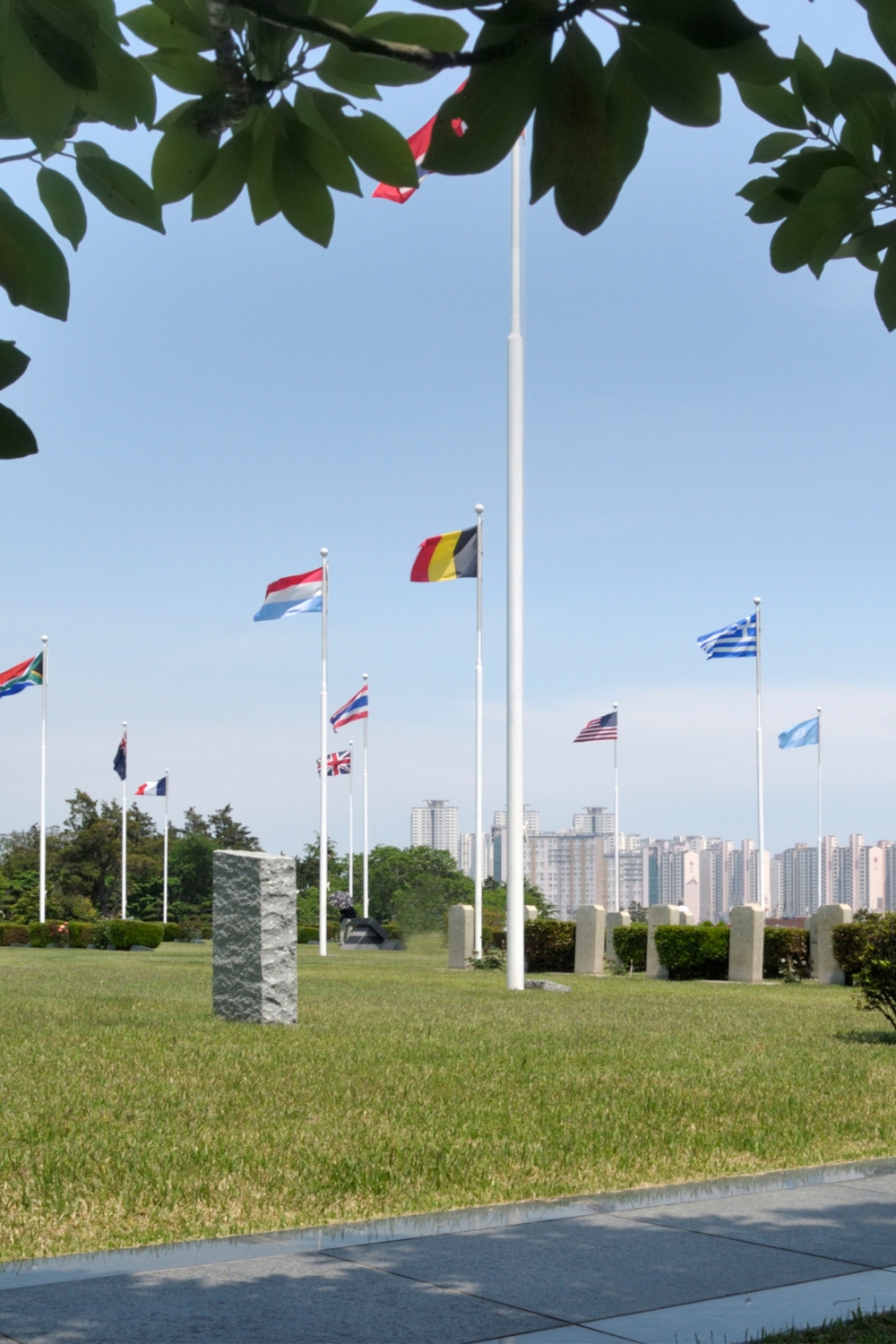
The UN Memorial Cemetery serves as a solemn reminder of the Korean War’s international impact and provides visitors with opportunities for historical reflection and cultural understanding. This beautifully maintained cemetery honors UN forces who died during the Korean War.
Historical Significance and International Memorial
The cemetery contains graves of UN soldiers from 16 countries who died during the Korean War, making it a unique international memorial site. The cemetery’s design reflects both Korean and international memorial traditions, creating a respectful space for remembrance.
Various monuments and memorials throughout the cemetery provide historical context and honor different national contributions to the Korean War effort. The site serves as an important educational resource about this significant historical period.
Peaceful Reflection and Cultural Understanding
The cemetery’s beautiful landscaping and peaceful atmosphere provide space for contemplation and reflection on war’s human costs. The site’s maintenance and presentation demonstrate Korea’s gratitude for international support during a critical period.
Visitors can learn about Korean War history while experiencing Korean memorial traditions and international cooperation. The cemetery’s peaceful setting encourages thoughtful consideration of historical events and their lasting impact.
Historical period: Korean War (1950-1953)
Purpose: International memorial and educational site
Atmosphere: Respectful, educational, peaceful
Access: Public transportation available
Planning Your Busan Adventure
Getting Around the City
Busan’s subway system provides efficient and affordable transportation between major attractions. The city’s two main subway lines connect most tourist destinations, while buses fill in gaps and provide access to more remote locations.
Many attractions are within walking distance of each other, particularly in the central areas. Taxis are readily available and reasonably priced for longer distances or when carrying luggage.
Best Time to Visit
Spring (March-May): Ideal weather for all activities with comfortable temperatures and beautiful cherry blossoms. This season offers perfect conditions for both outdoor activities and city exploration.
Summer (June-August): Peak beach season with hot temperatures and occasional rain. Best time for beach activities and water sports, though expect crowds at popular beaches.
Fall (September-November): Excellent weather with beautiful autumn colors in mountain areas. Perfect for hiking, temple visits, and outdoor photography.
Winter (December-February): Cold but clear weather ideal for city exploration and indoor activities. Fewer crowds and good hotel prices, though beach activities are limited.
Cultural Considerations
Busan’s international character makes it very welcoming to foreign visitors, but basic Korean etiquette is appreciated. Learn simple greetings and thank you phrases, remove shoes when entering homes or certain buildings, and be respectful at religious sites.
The city’s proximity to the ocean means fresh seafood is central to local cuisine. Don’t miss opportunities to try local specialties, even if you’re not typically adventurous with food.
Conclusion
Busan offers an extraordinary urban experience that combines Korea’s rich cultural heritage with modern international sophistication. From the artistic wonder of Gamcheon Culture Village to the spiritual serenity of seaside temples, from bustling traditional markets to sophisticated beachfront districts, the city provides diverse experiences that satisfy every type of traveler.
What makes Busan truly special is its ability to offer both authentic Korean culture and international accessibility. The city’s seaside location creates a unique character that distinguishes it from other major Asian cities, while its efficient infrastructure makes exploration easy and enjoyable.
These ten essential destinations represent the breadth of experiences available in Busan, from natural beauty and cultural immersion to historical education and modern entertainment. Each location offers different perspectives on Korean culture and urban life, creating a comprehensive understanding of this dynamic city.
Whether you’re seeking cultural experiences, natural beauty, culinary adventures, or simply want to experience one of Asia’s most livable cities, Busan delivers memorable experiences that will exceed expectations. The city’s perfect balance of tradition and modernity, combined with its stunning coastal setting, makes it an ideal destination for both first-time visitors to Korea and experienced travelers seeking something special.
Start planning your Busan adventure today and prepare to discover why this coastal metropolis has become one of Asia’s most beloved urban destinations. The combination of cultural richness, natural beauty, and modern amenities creates travel experiences that will inspire return visits and lasting memories.
